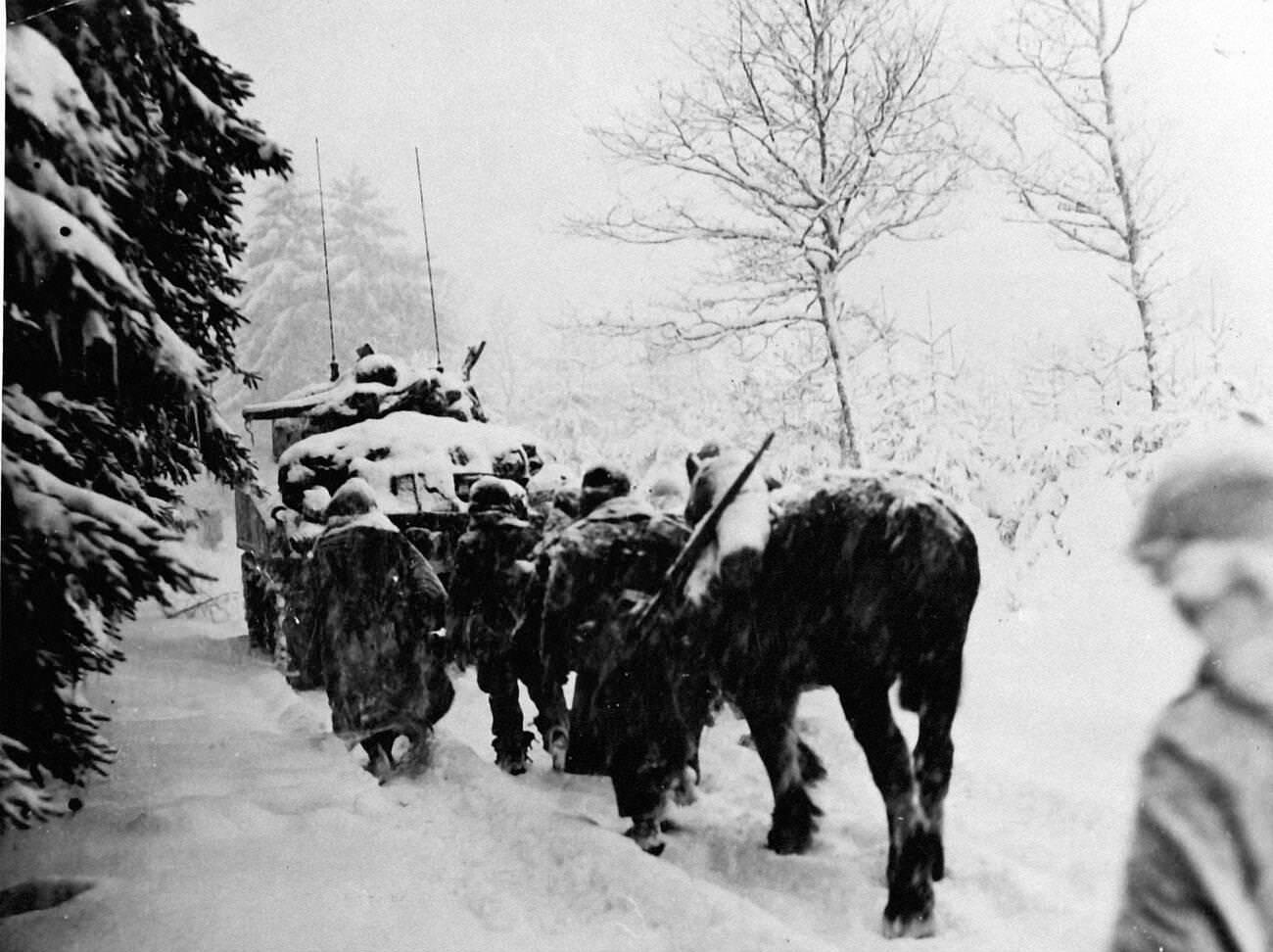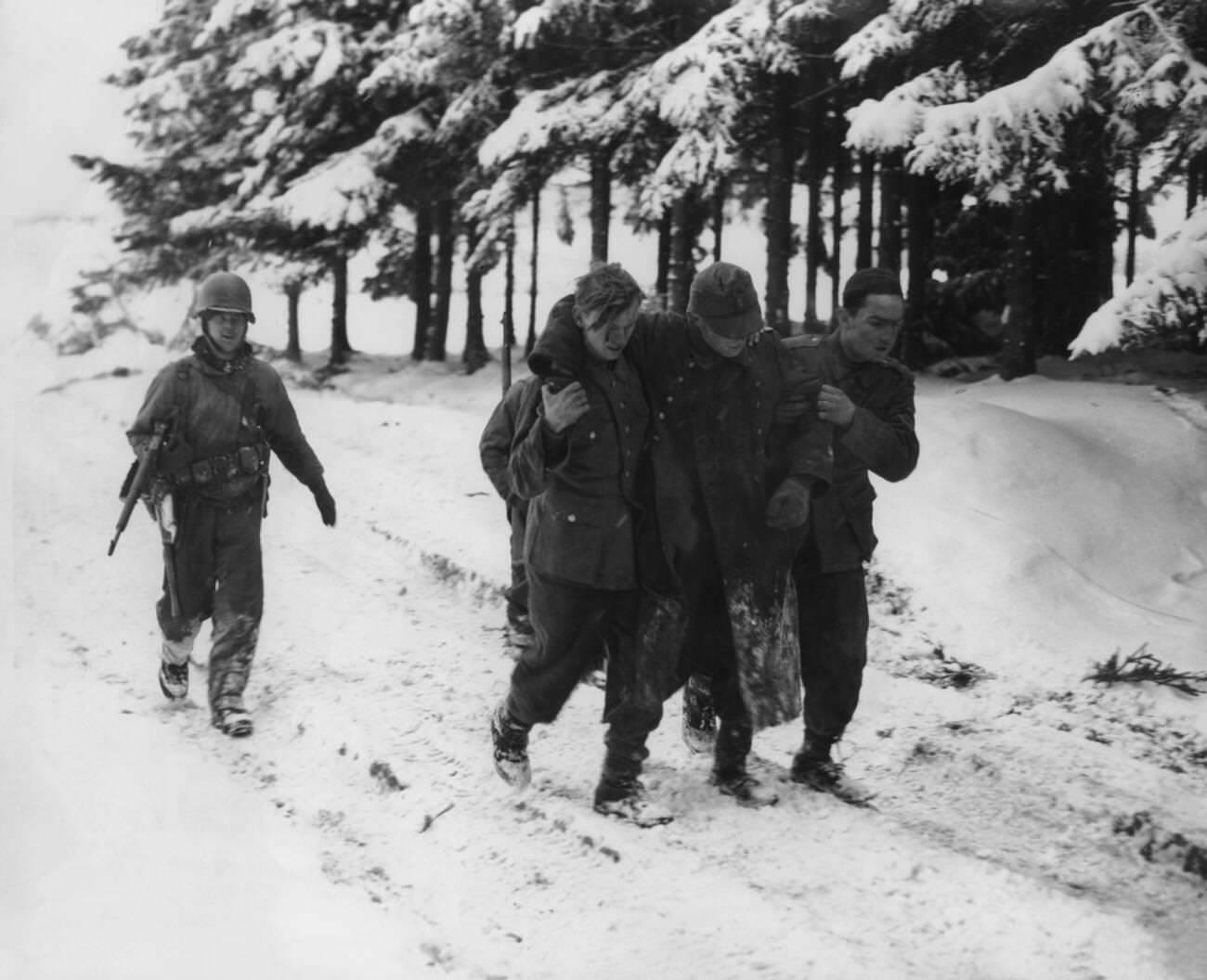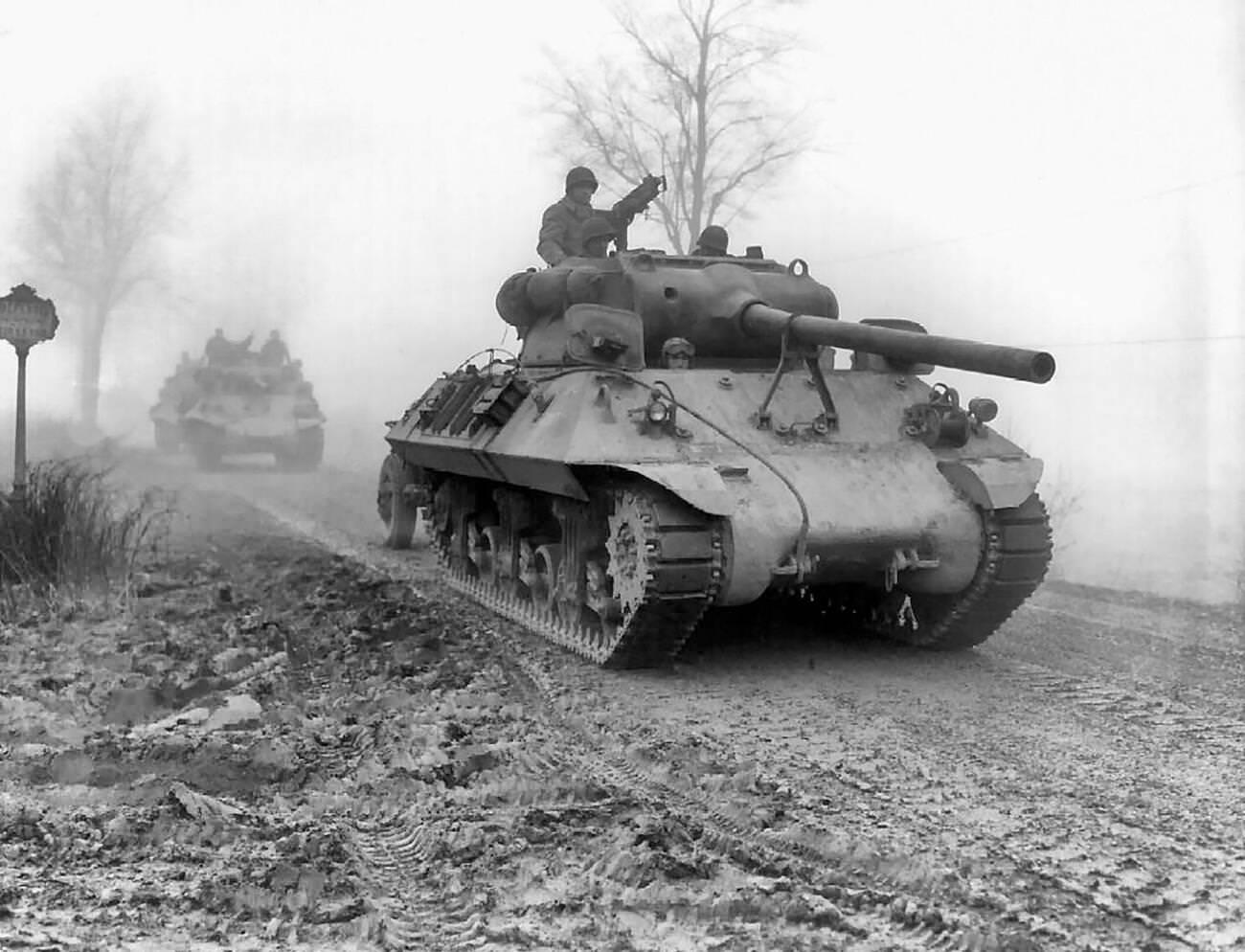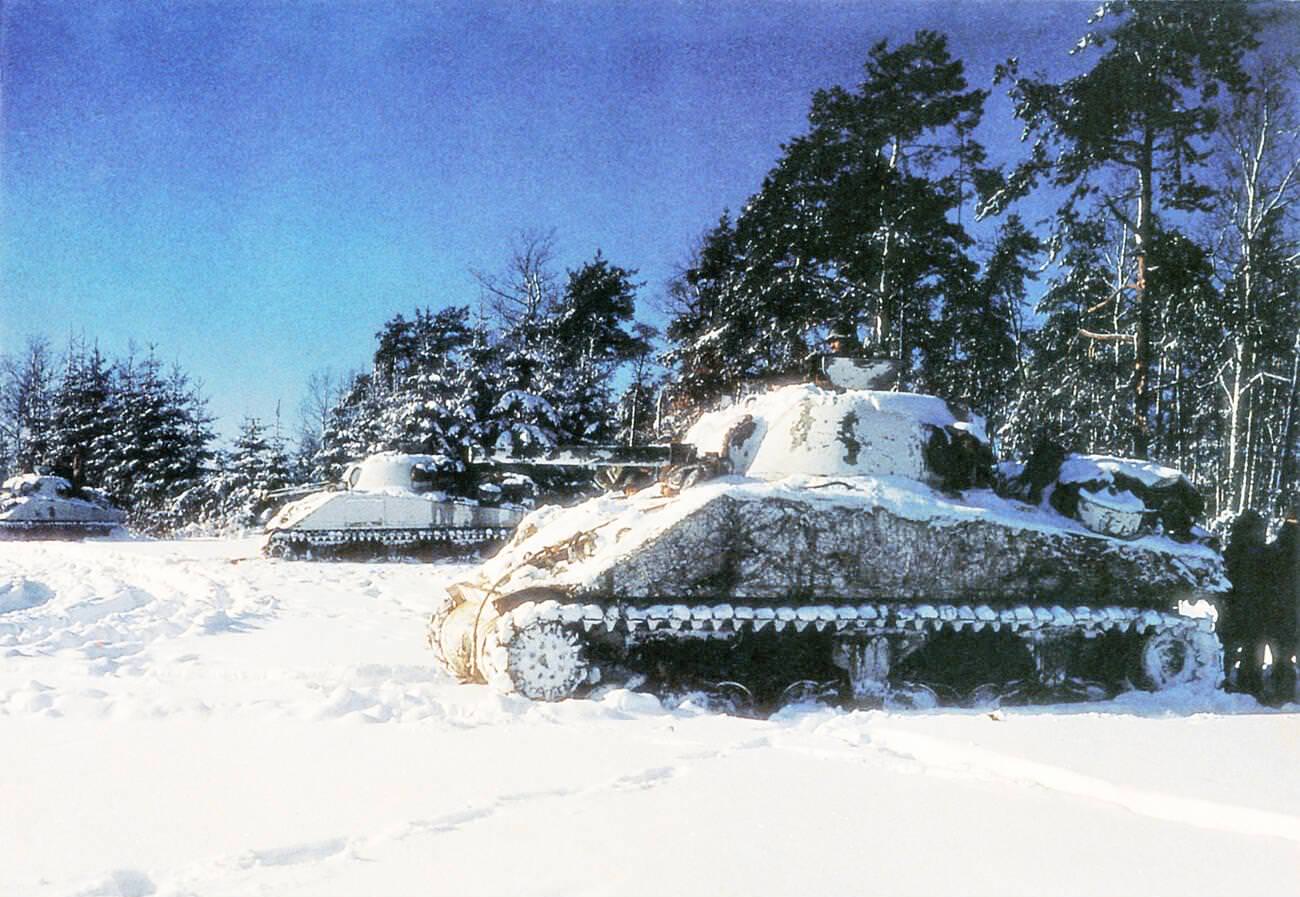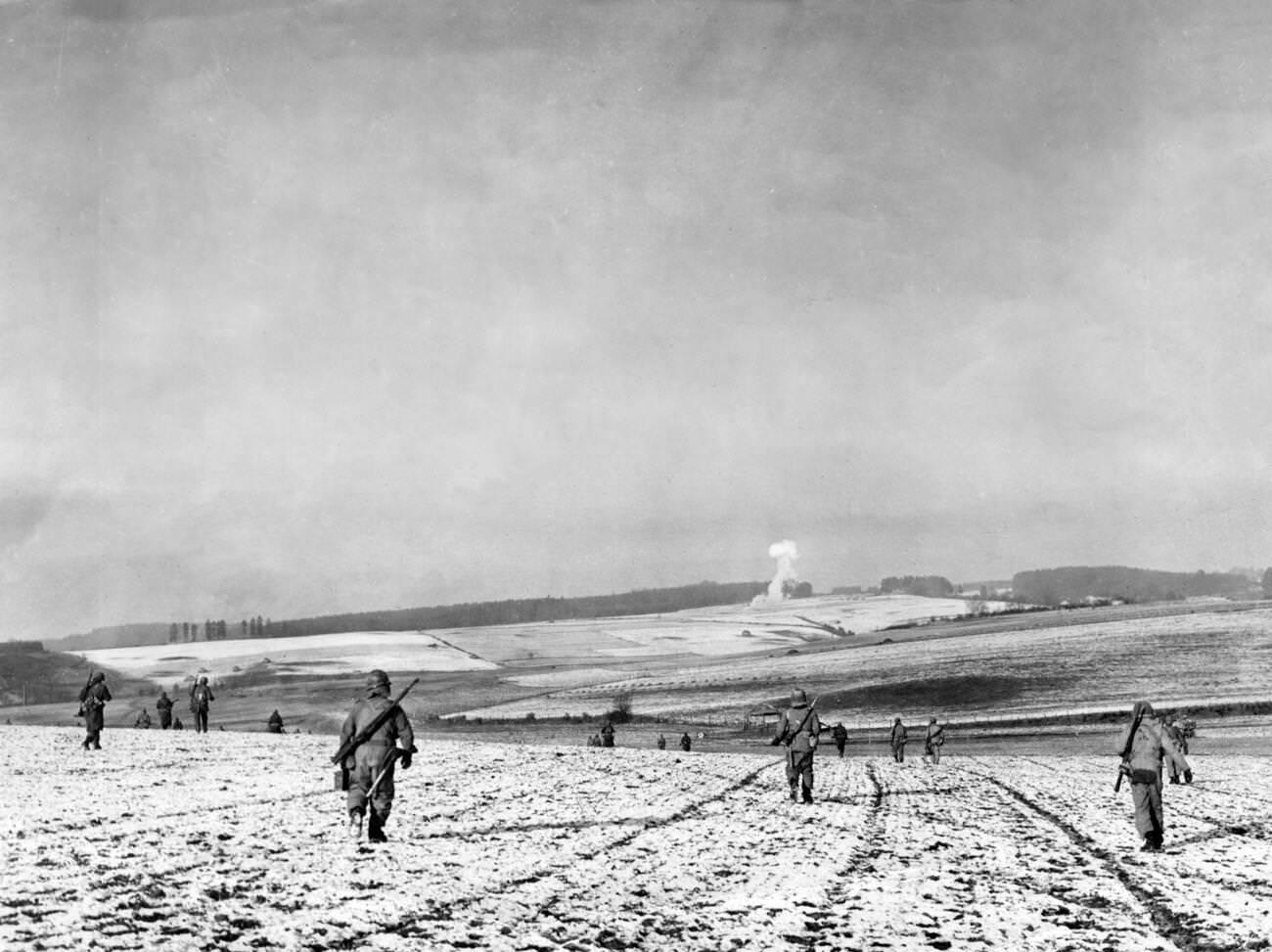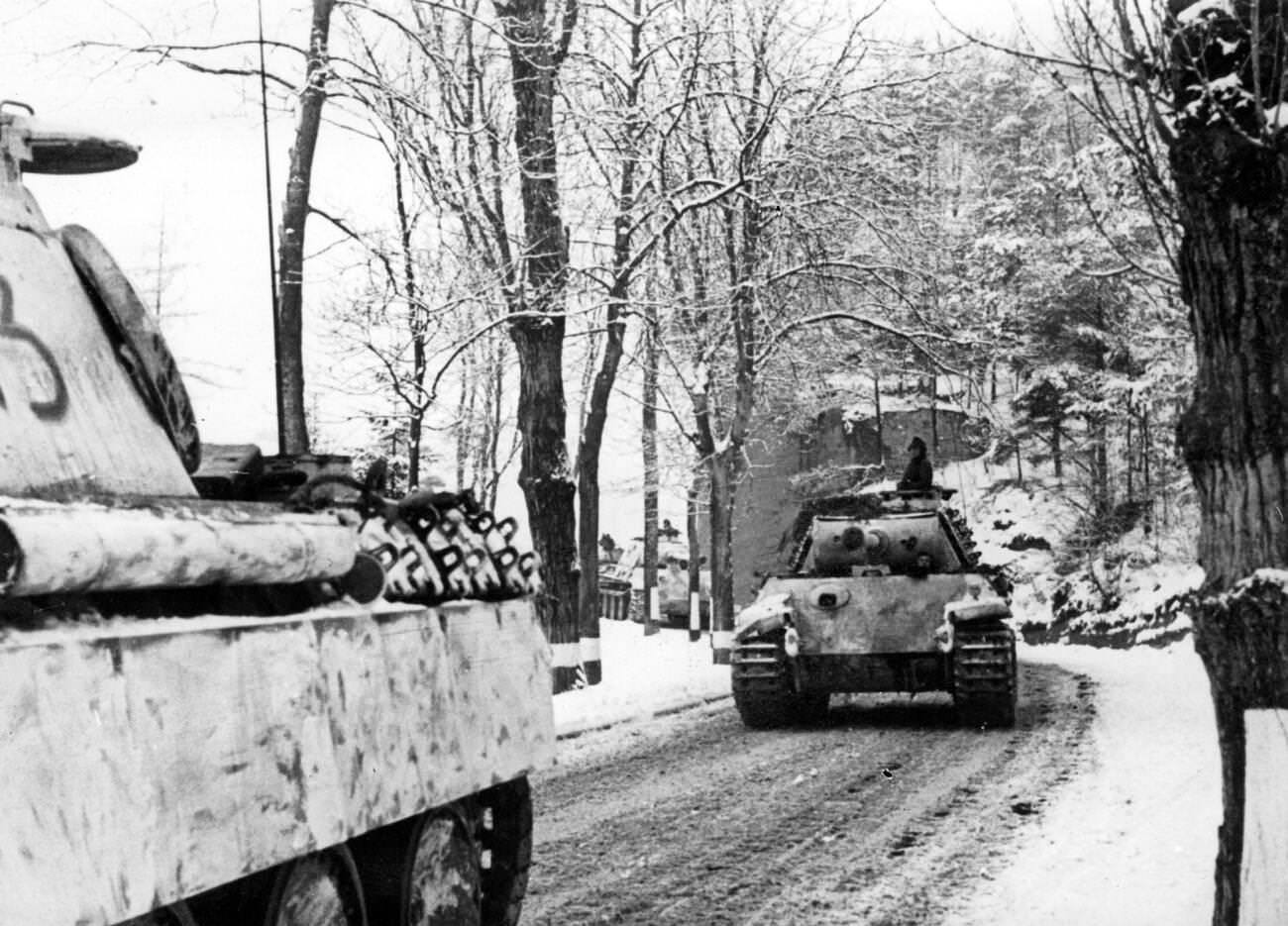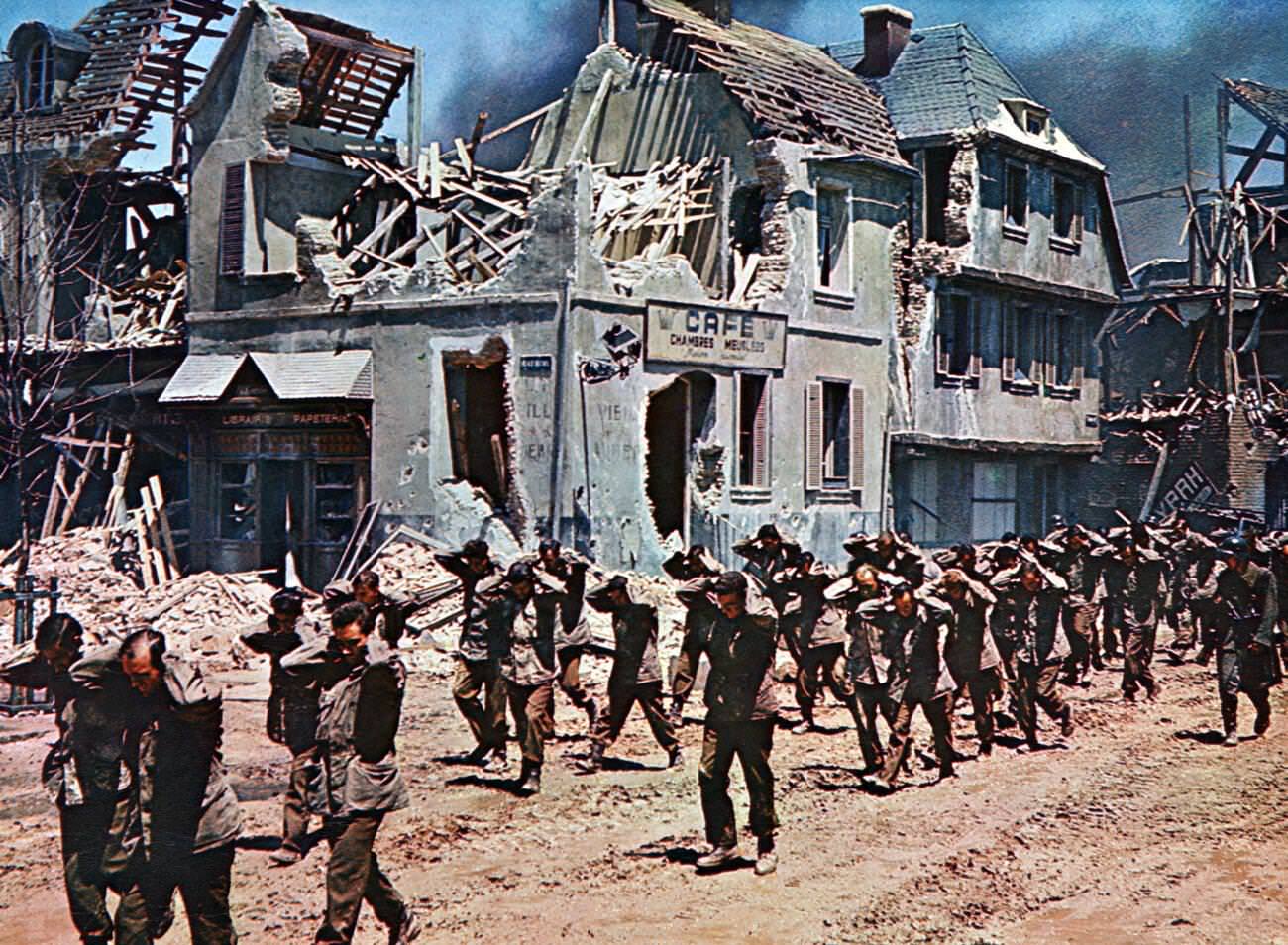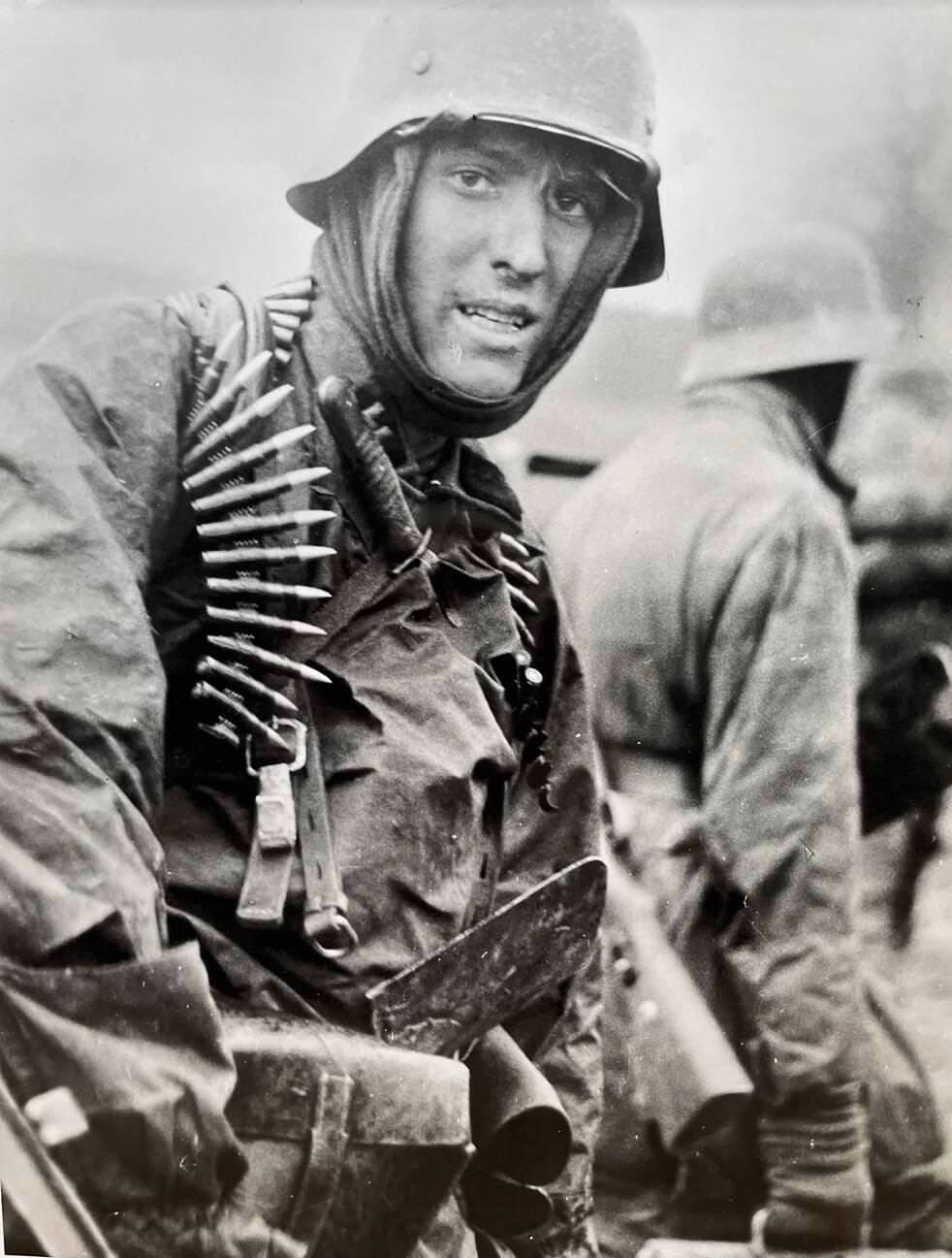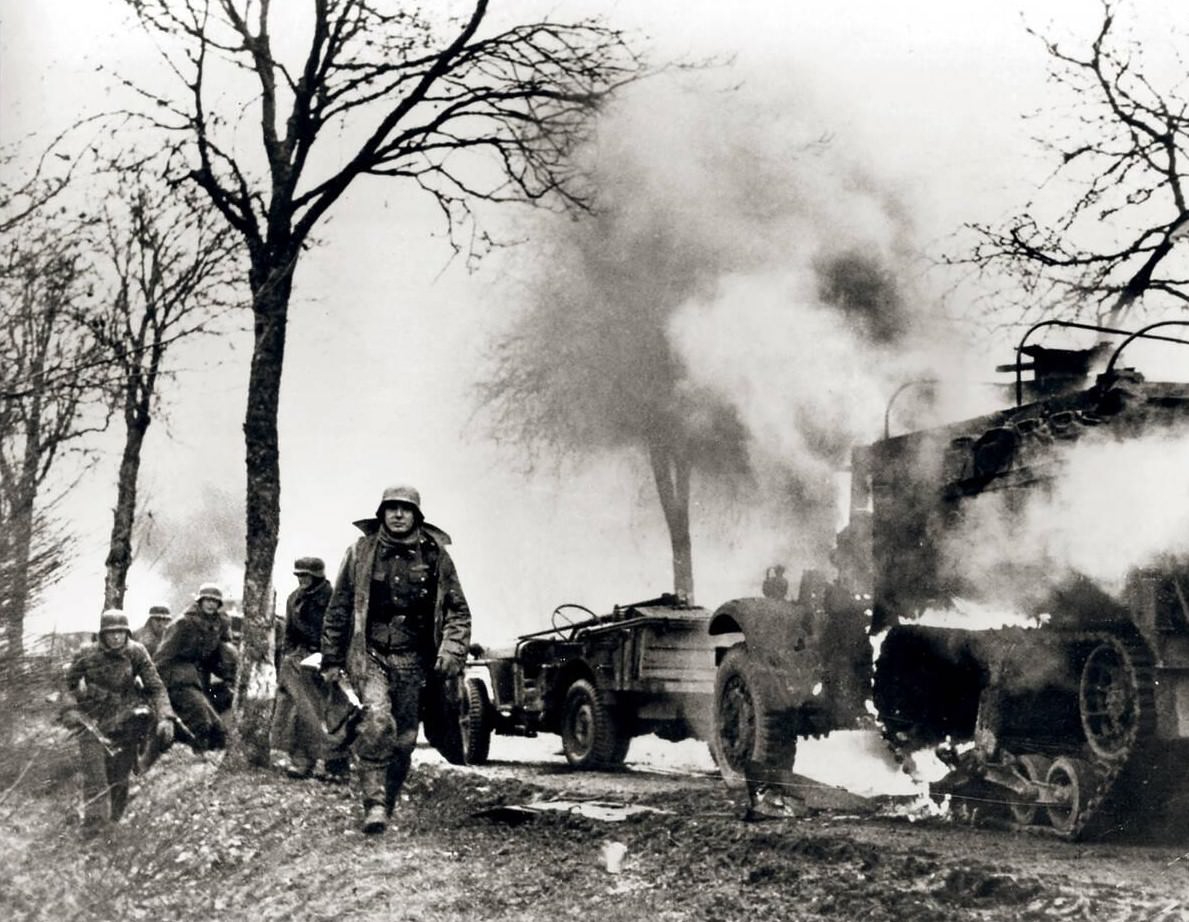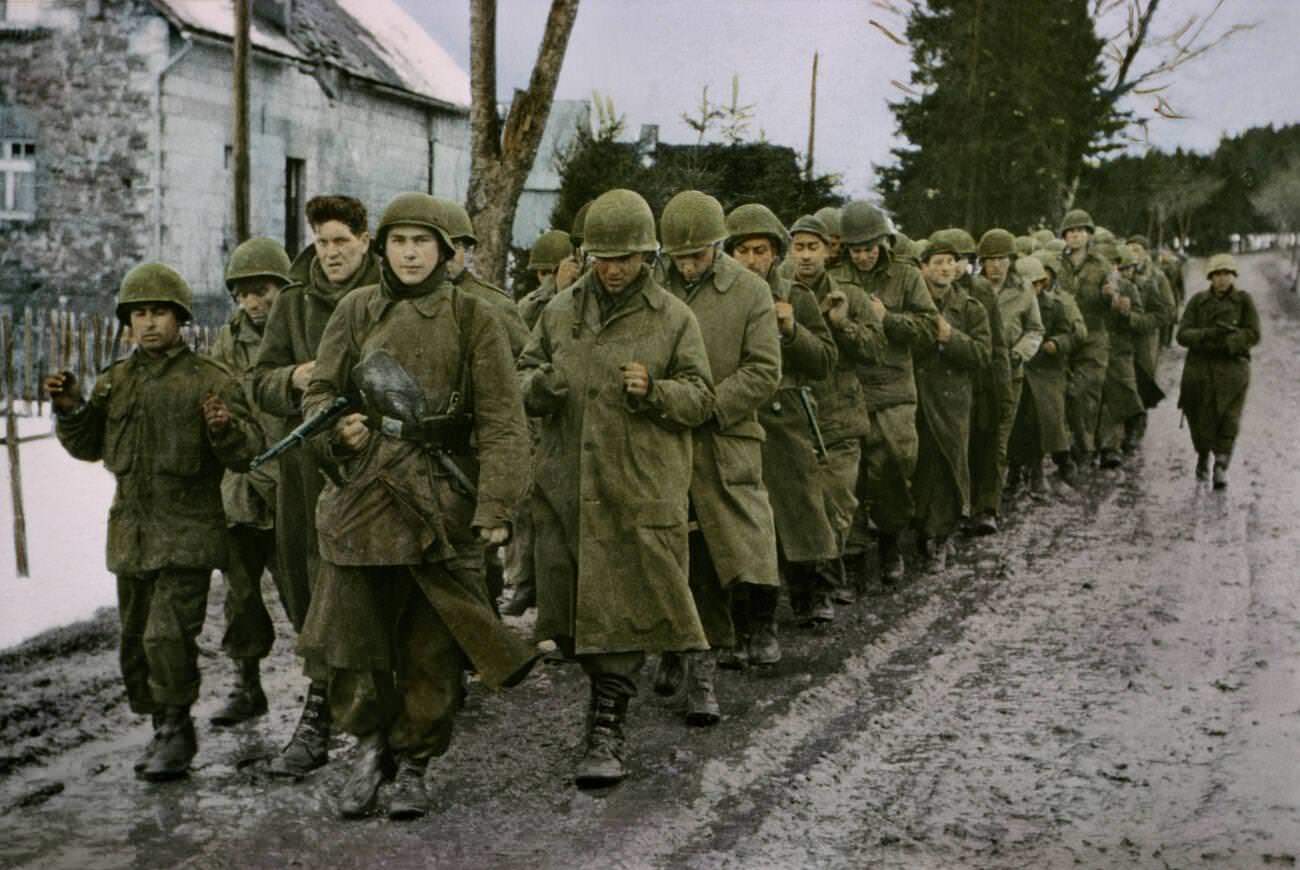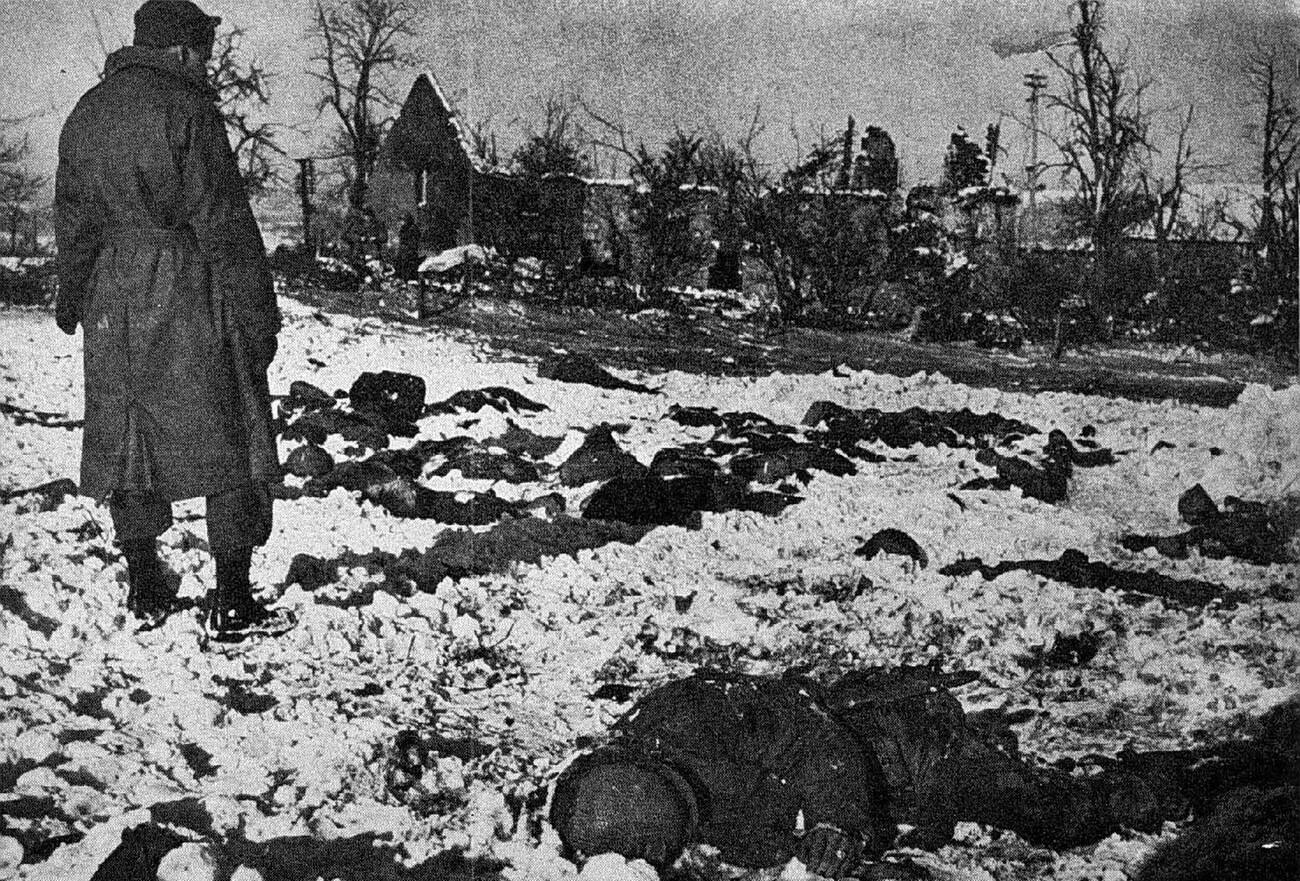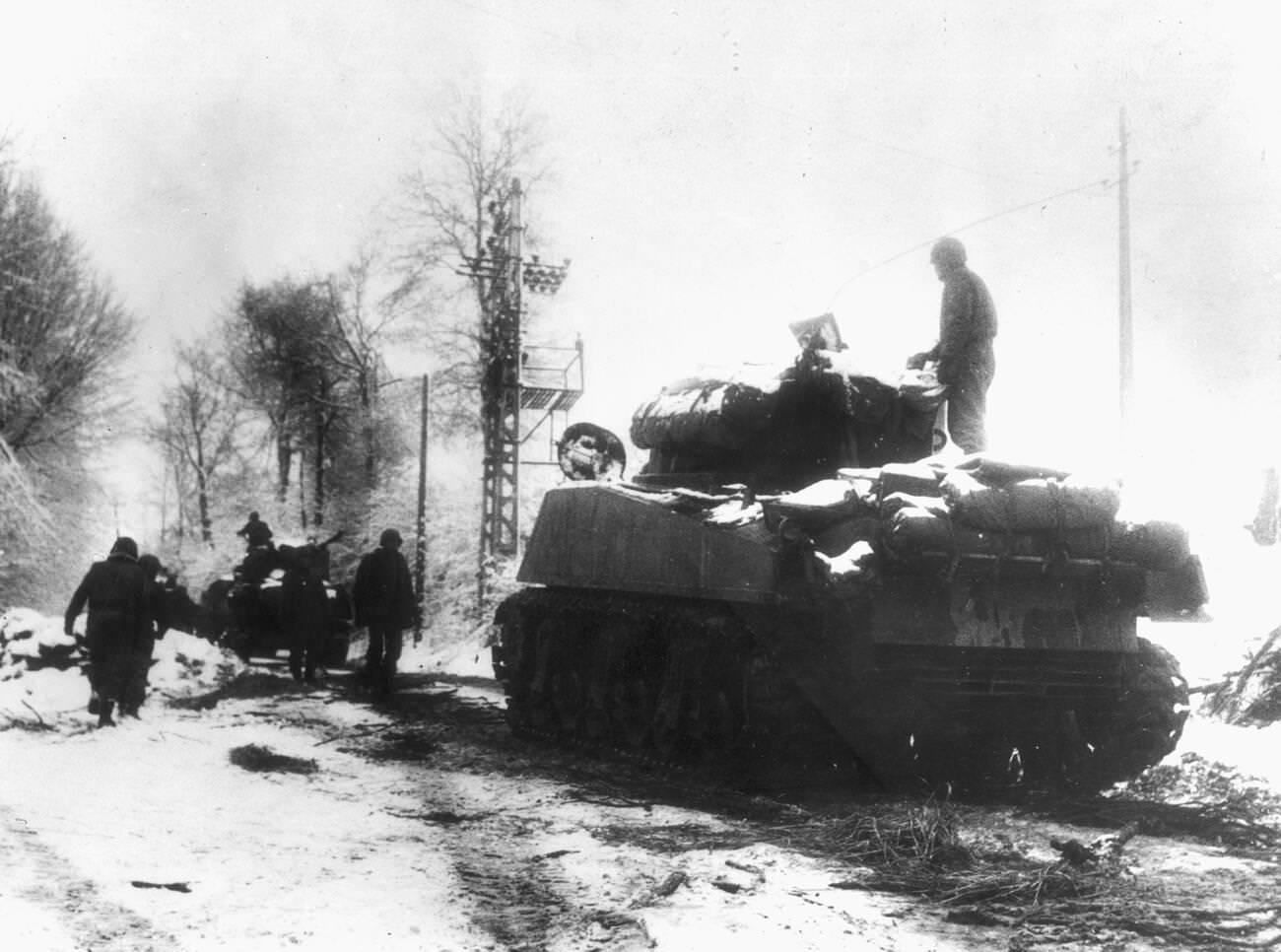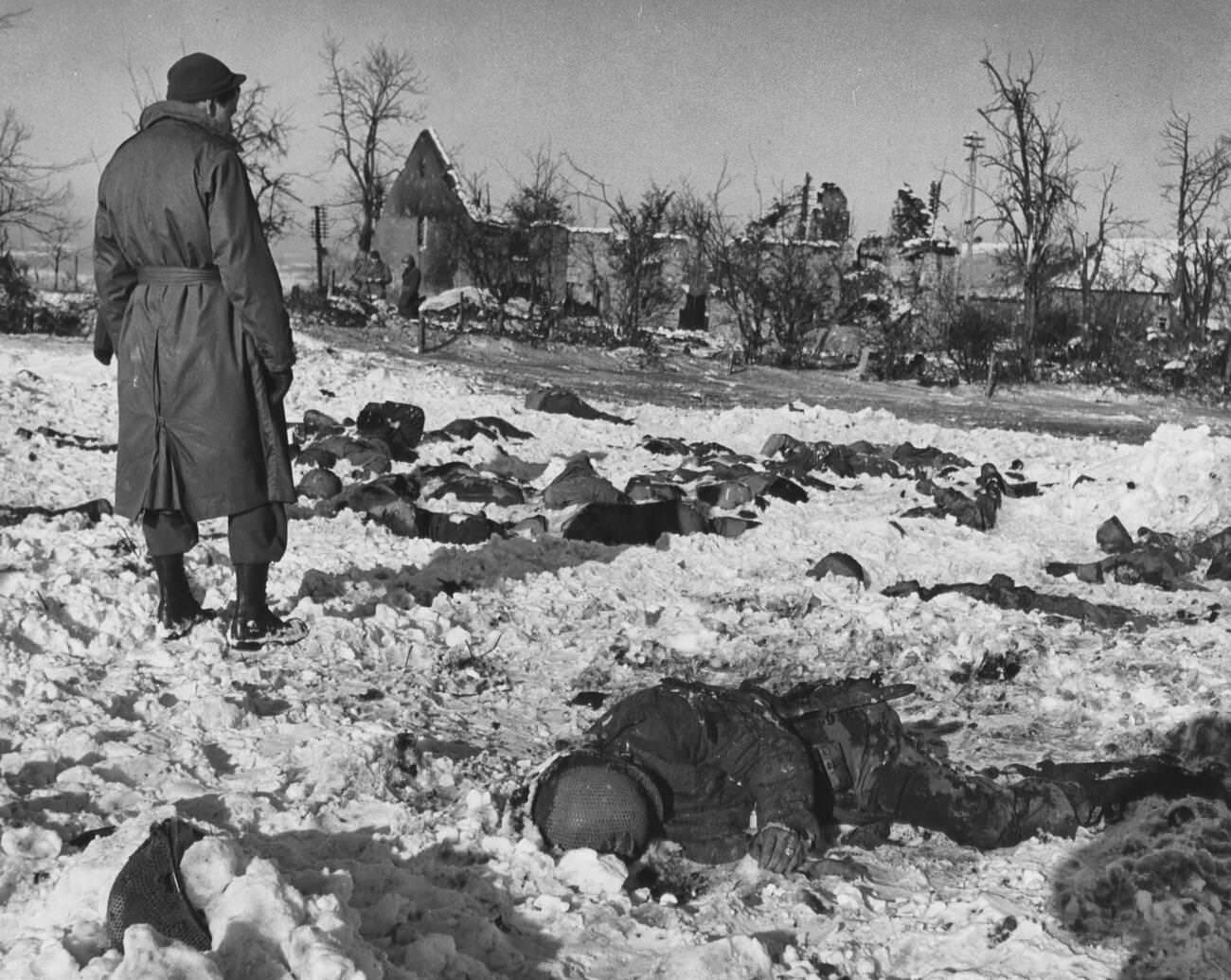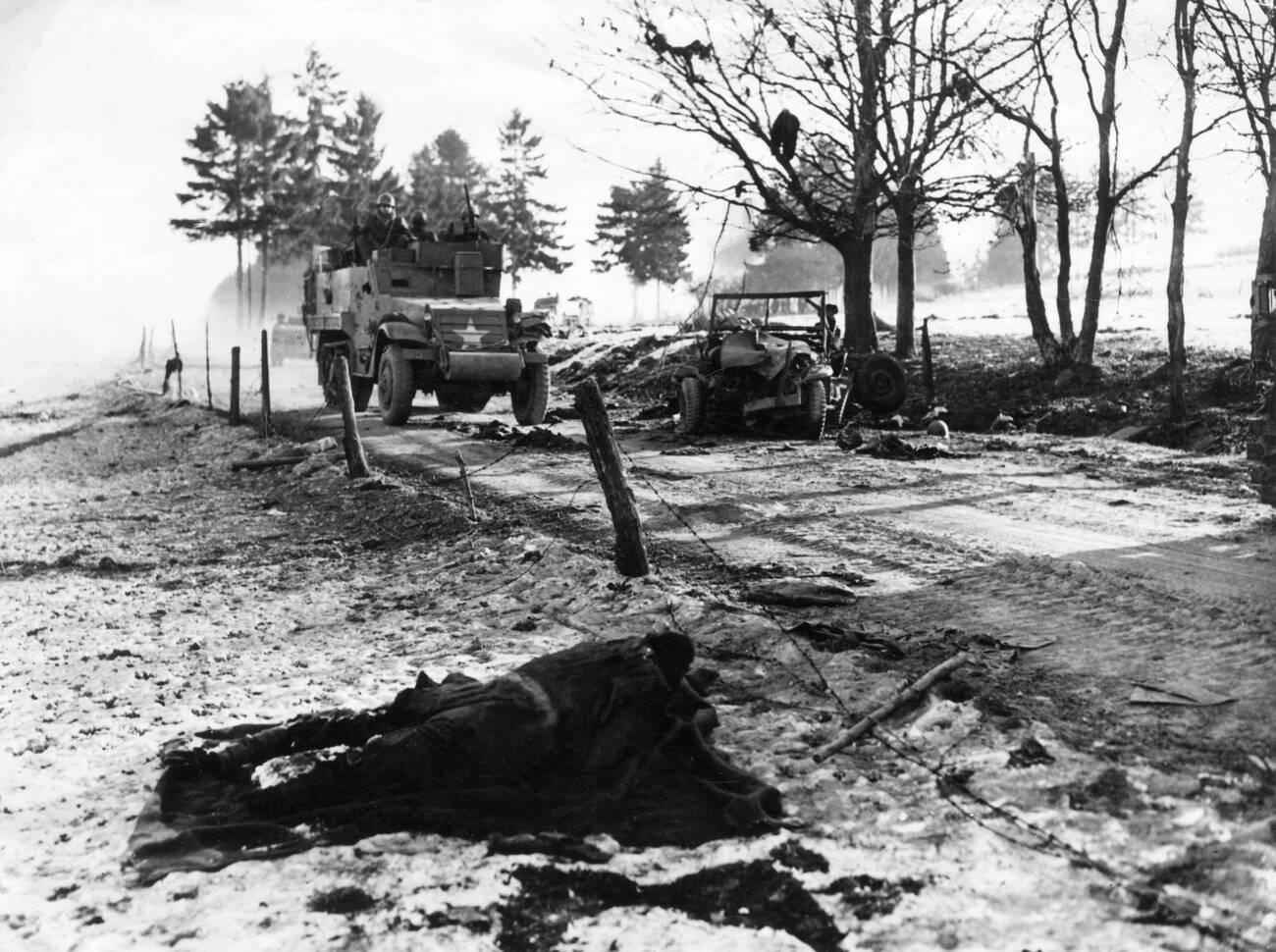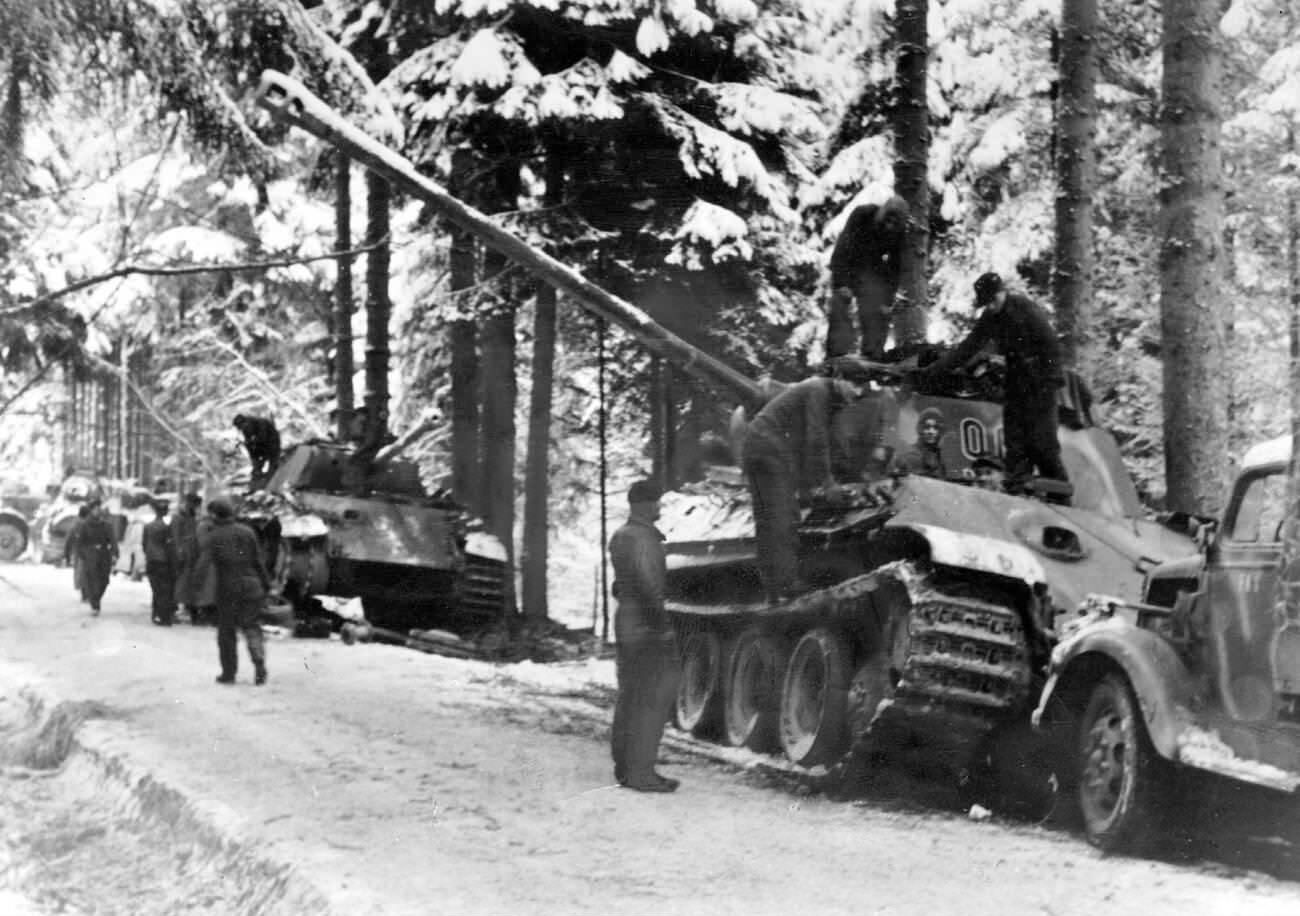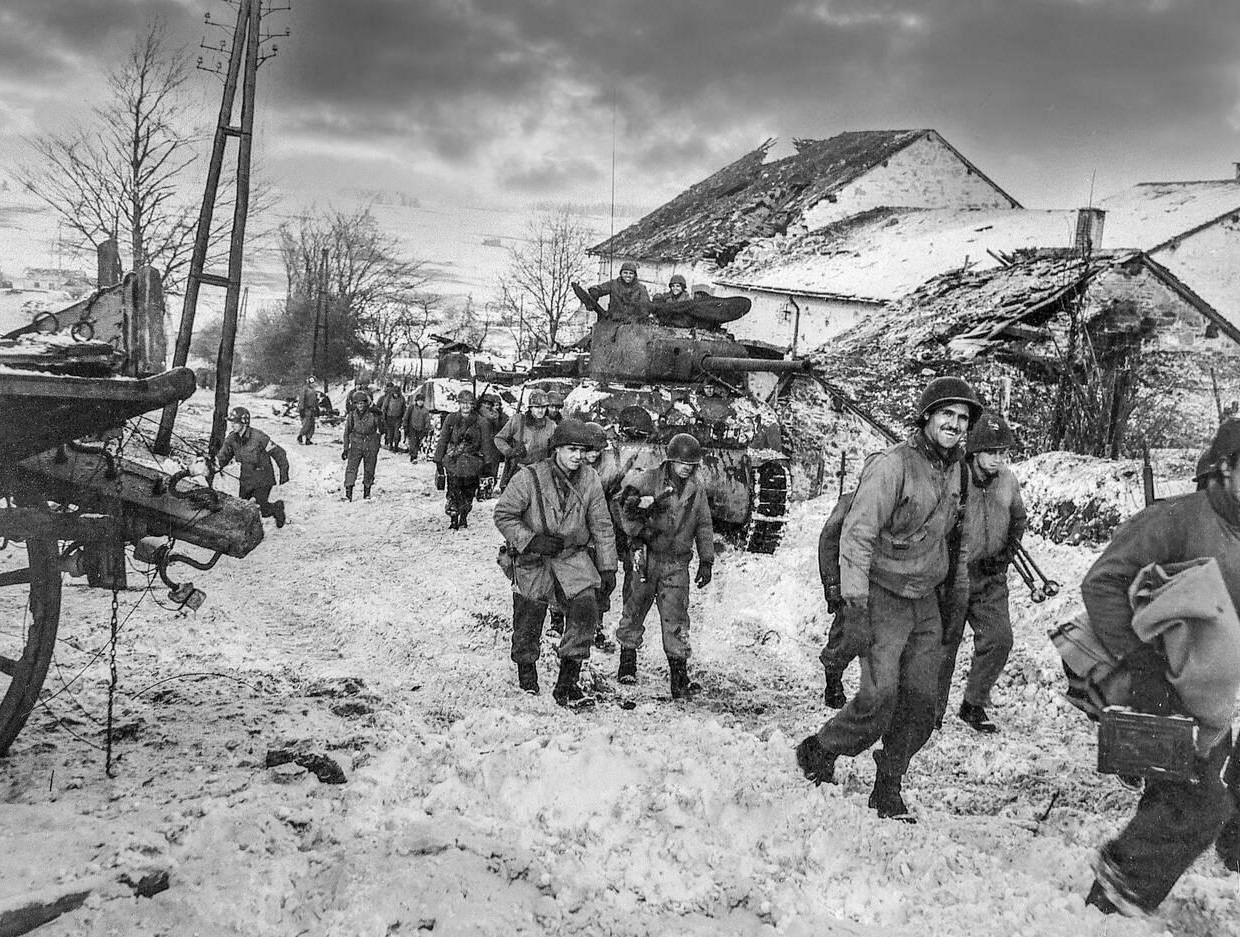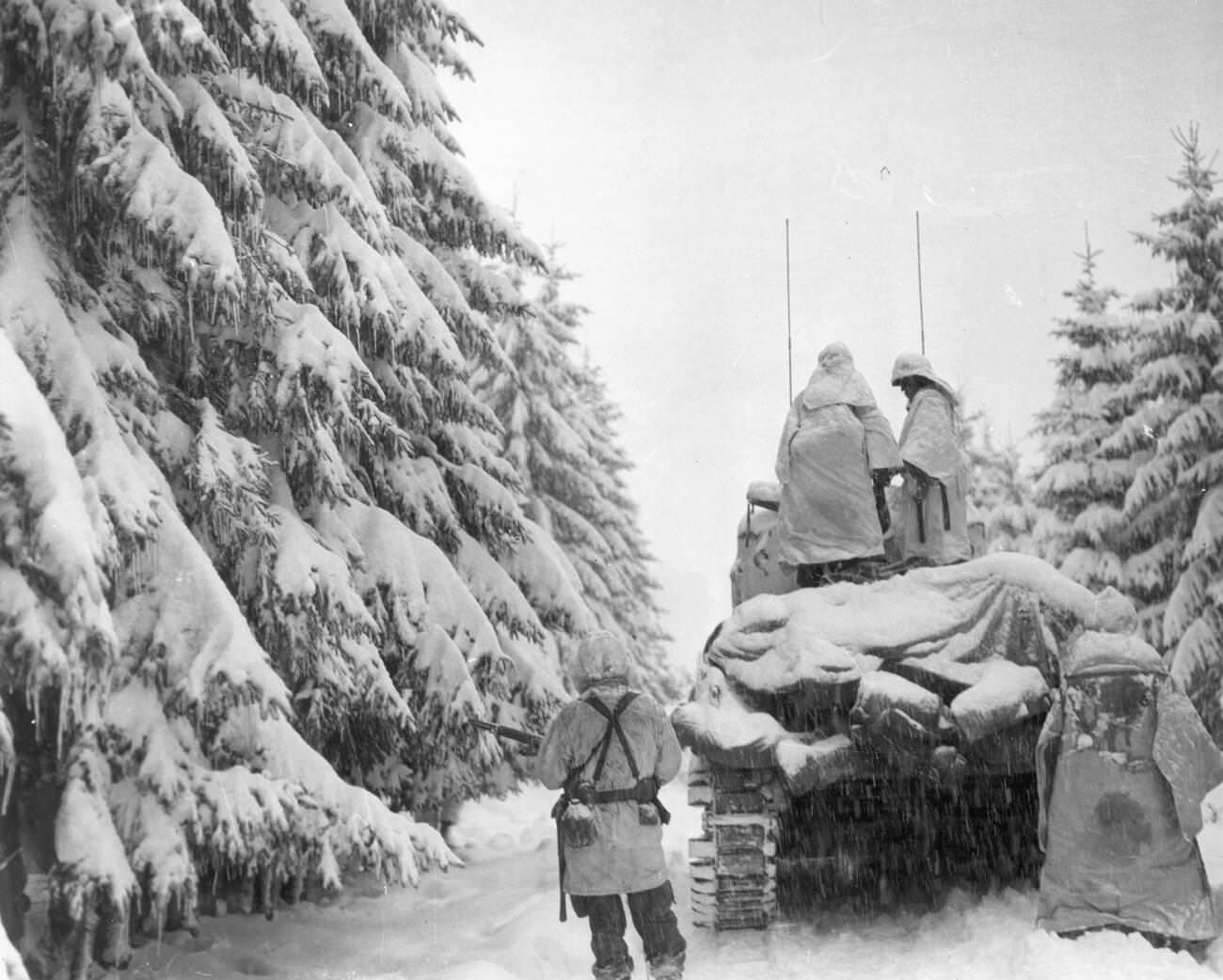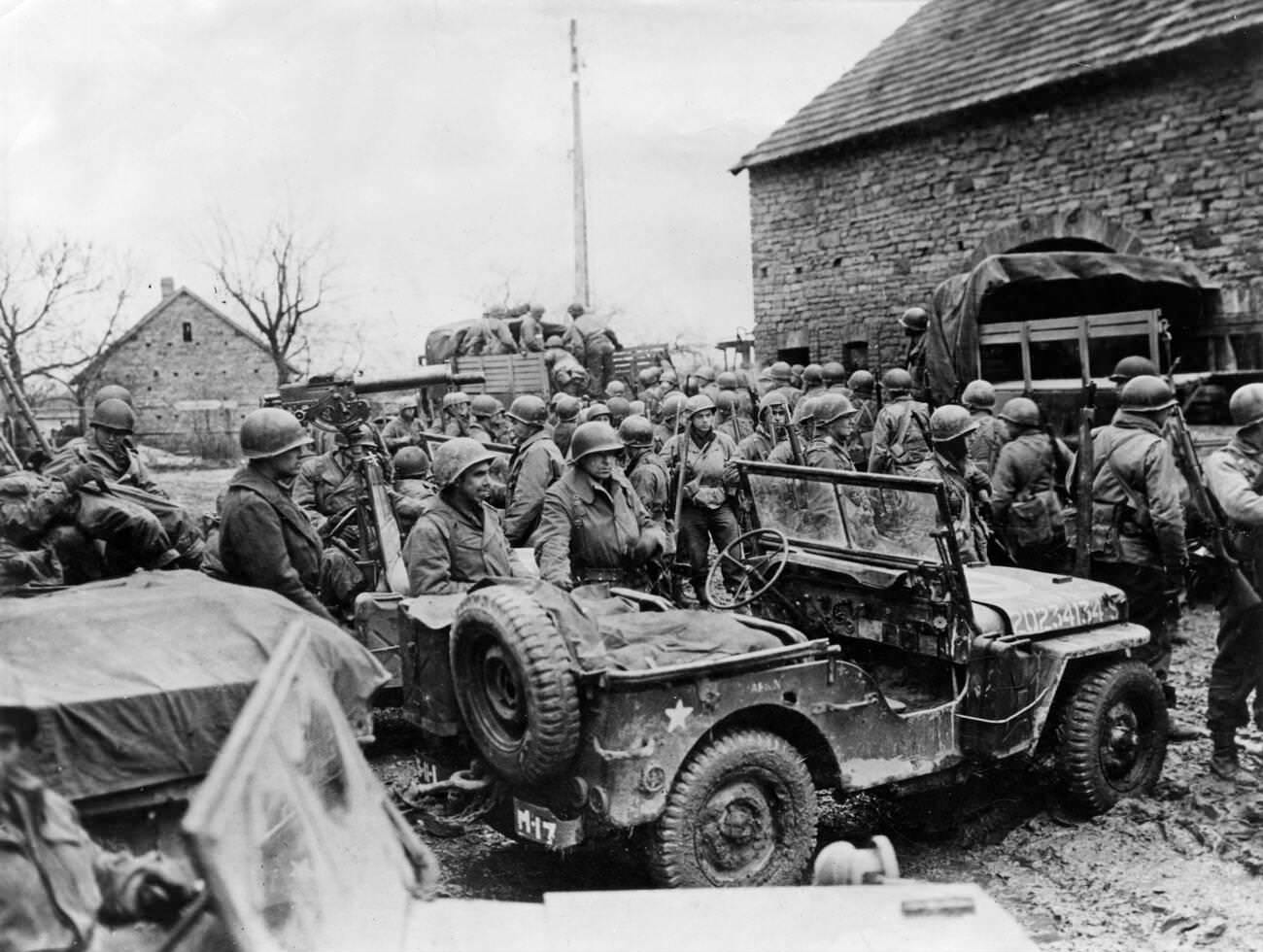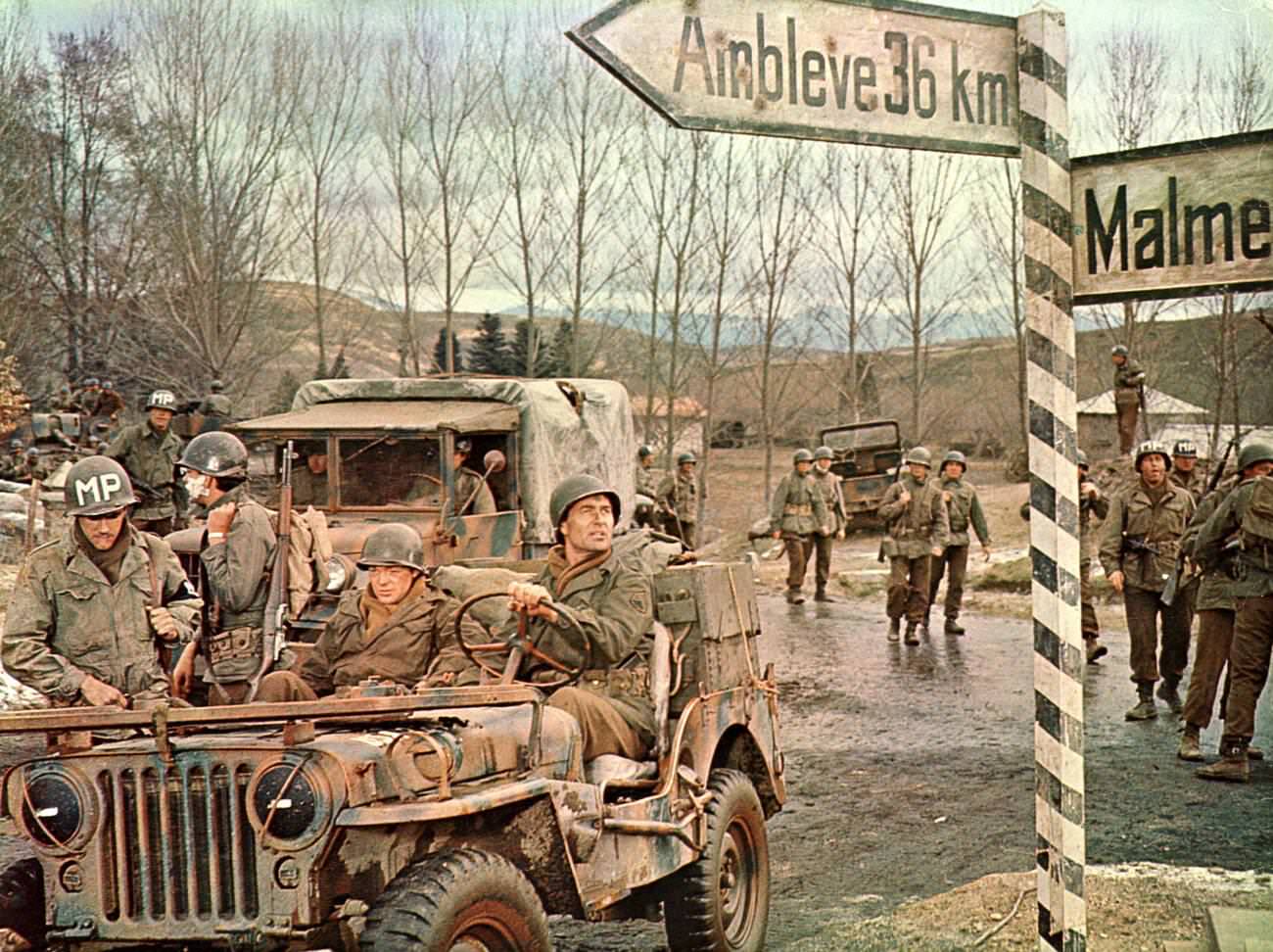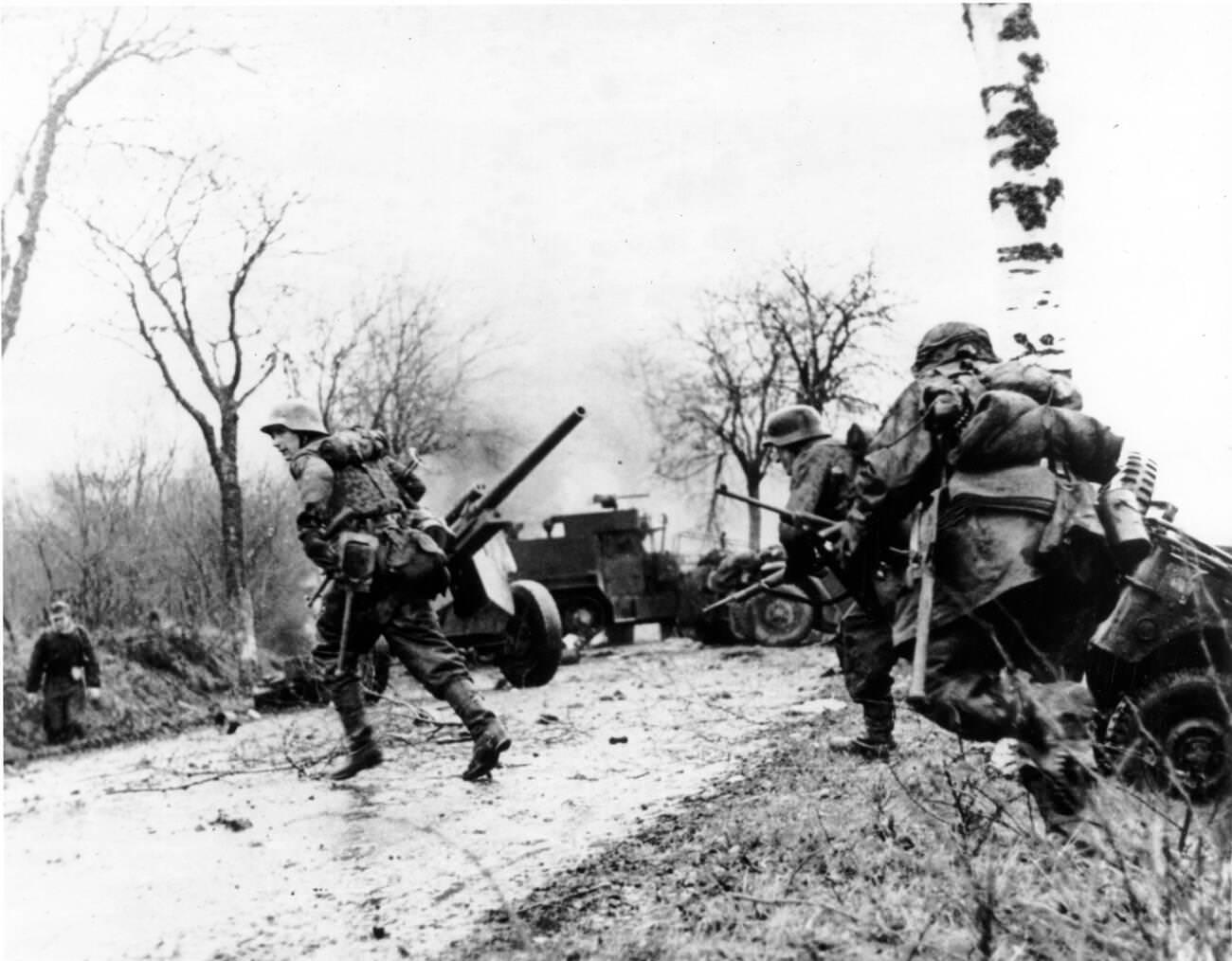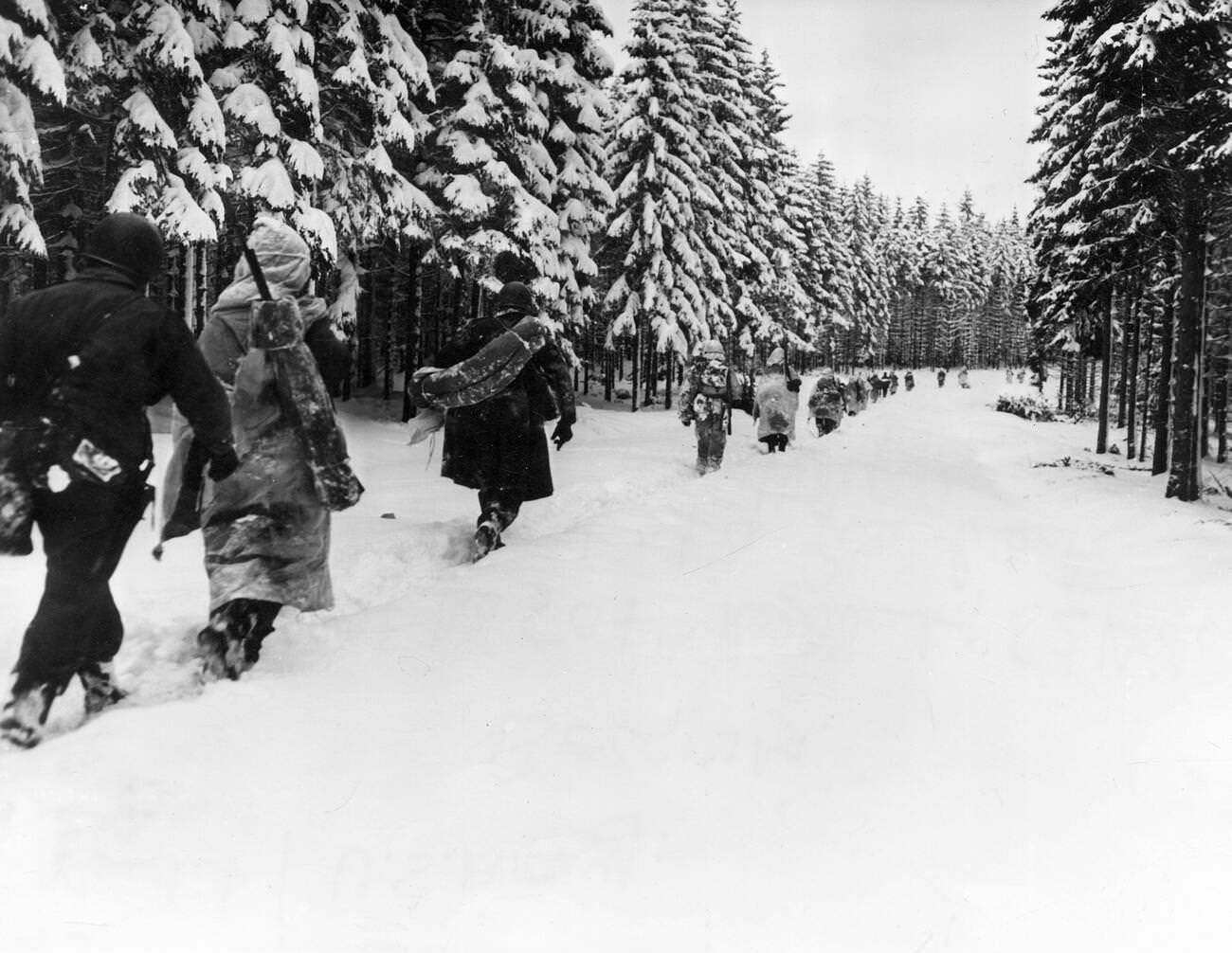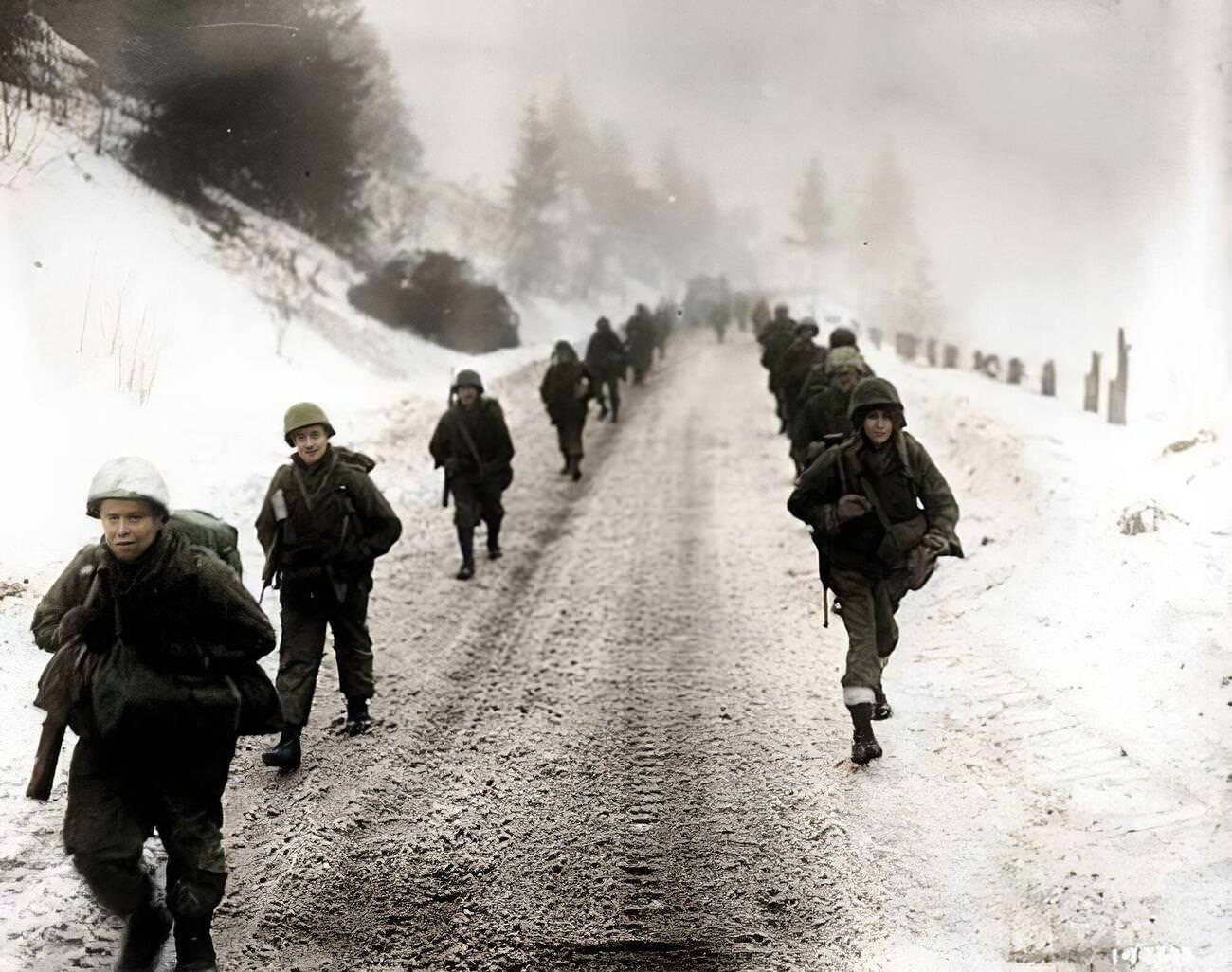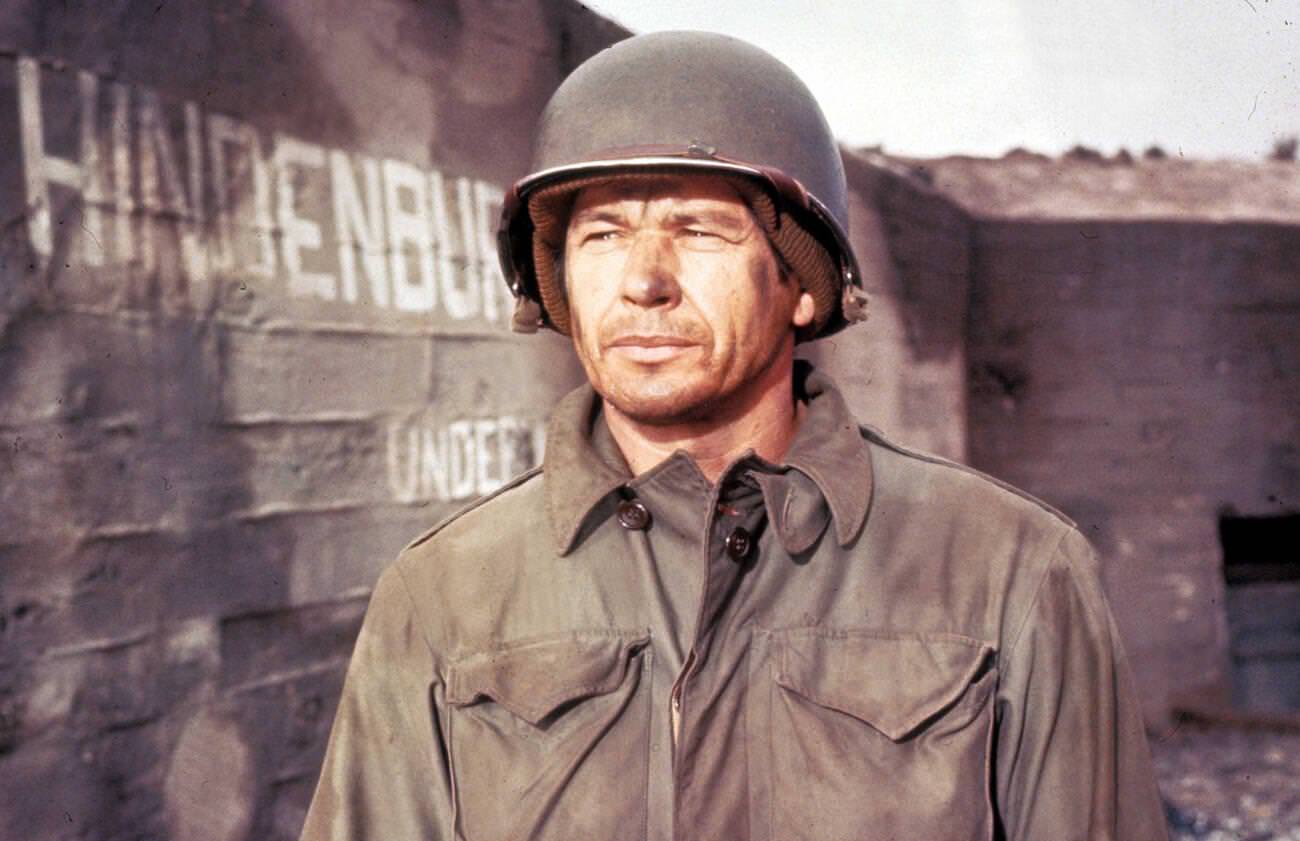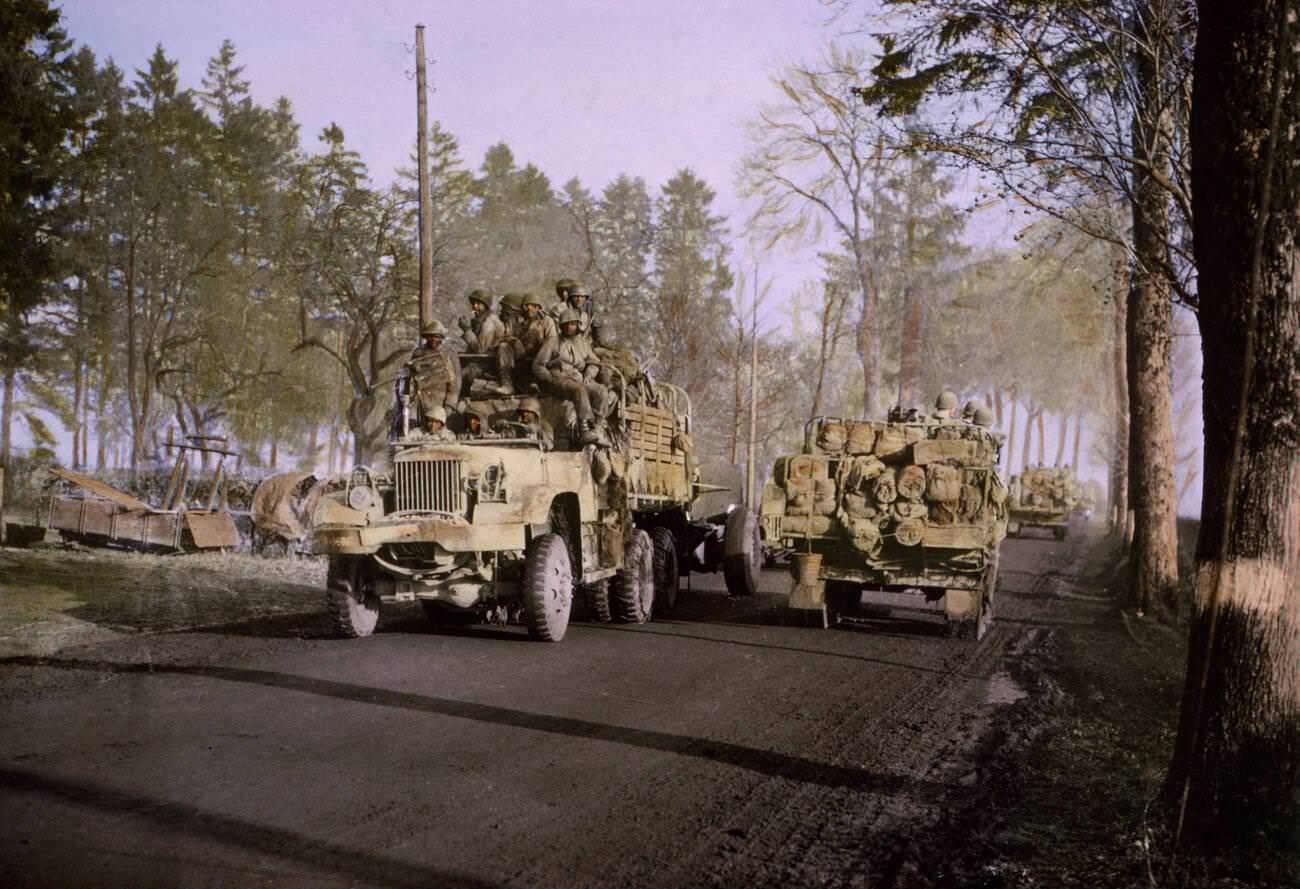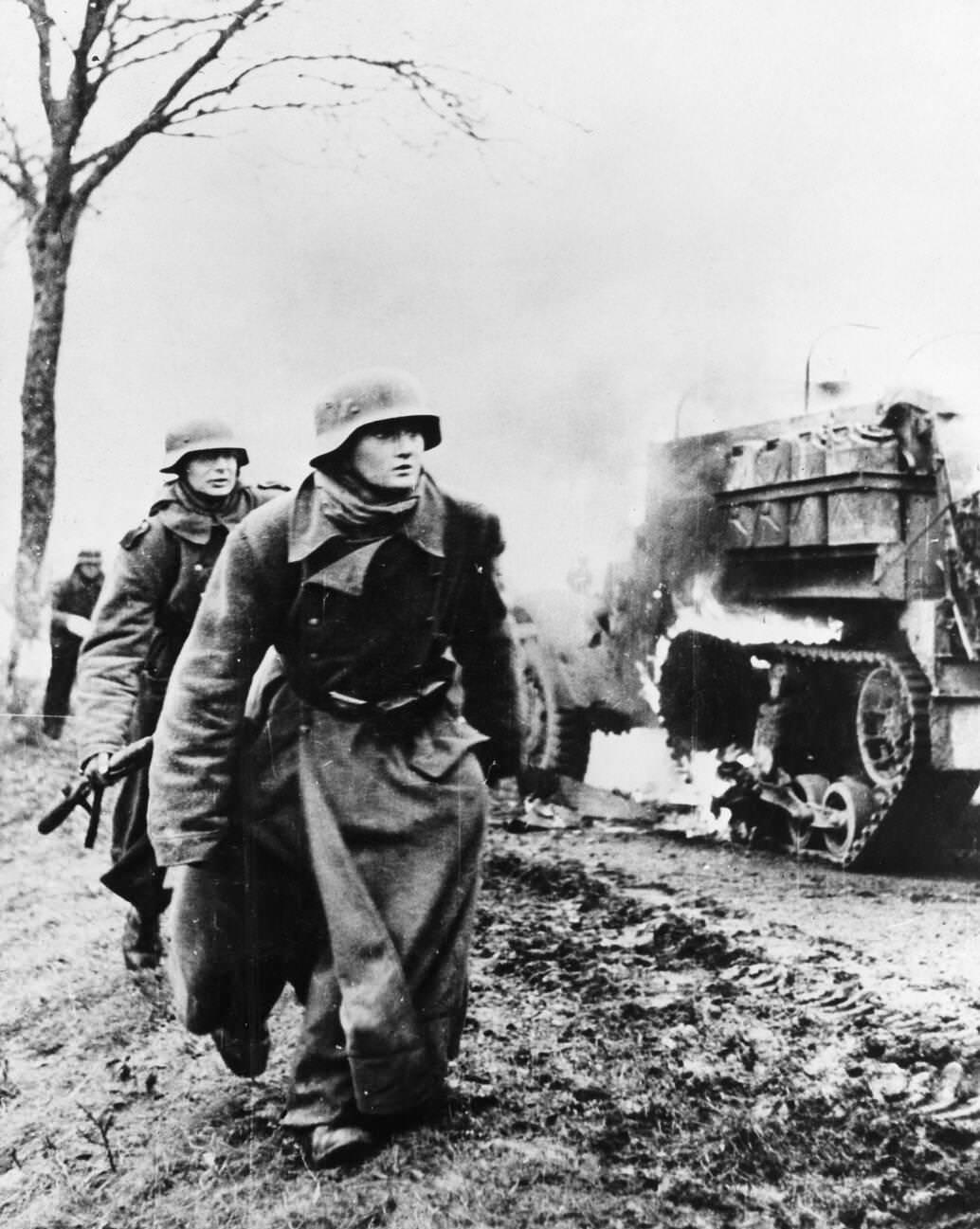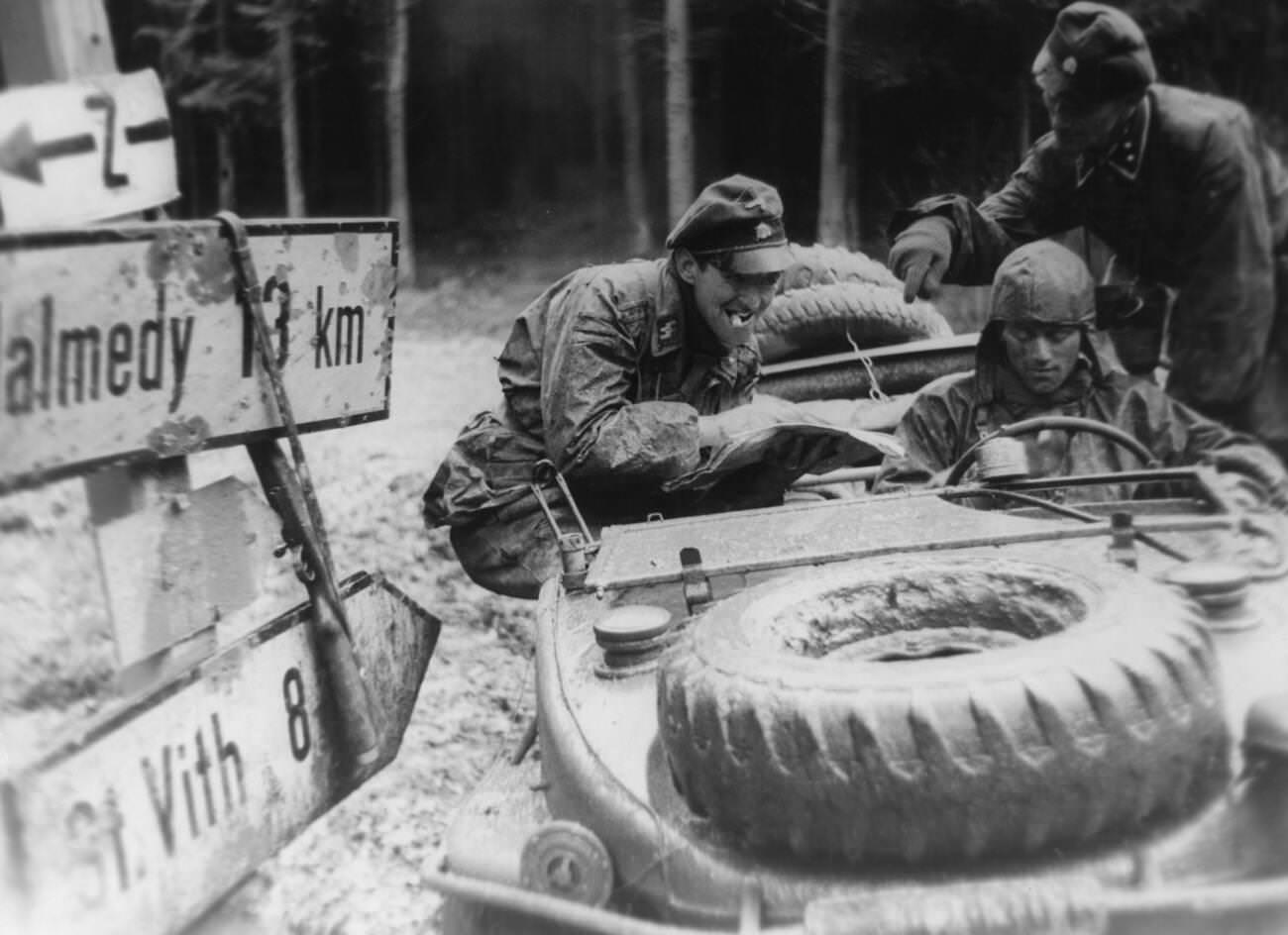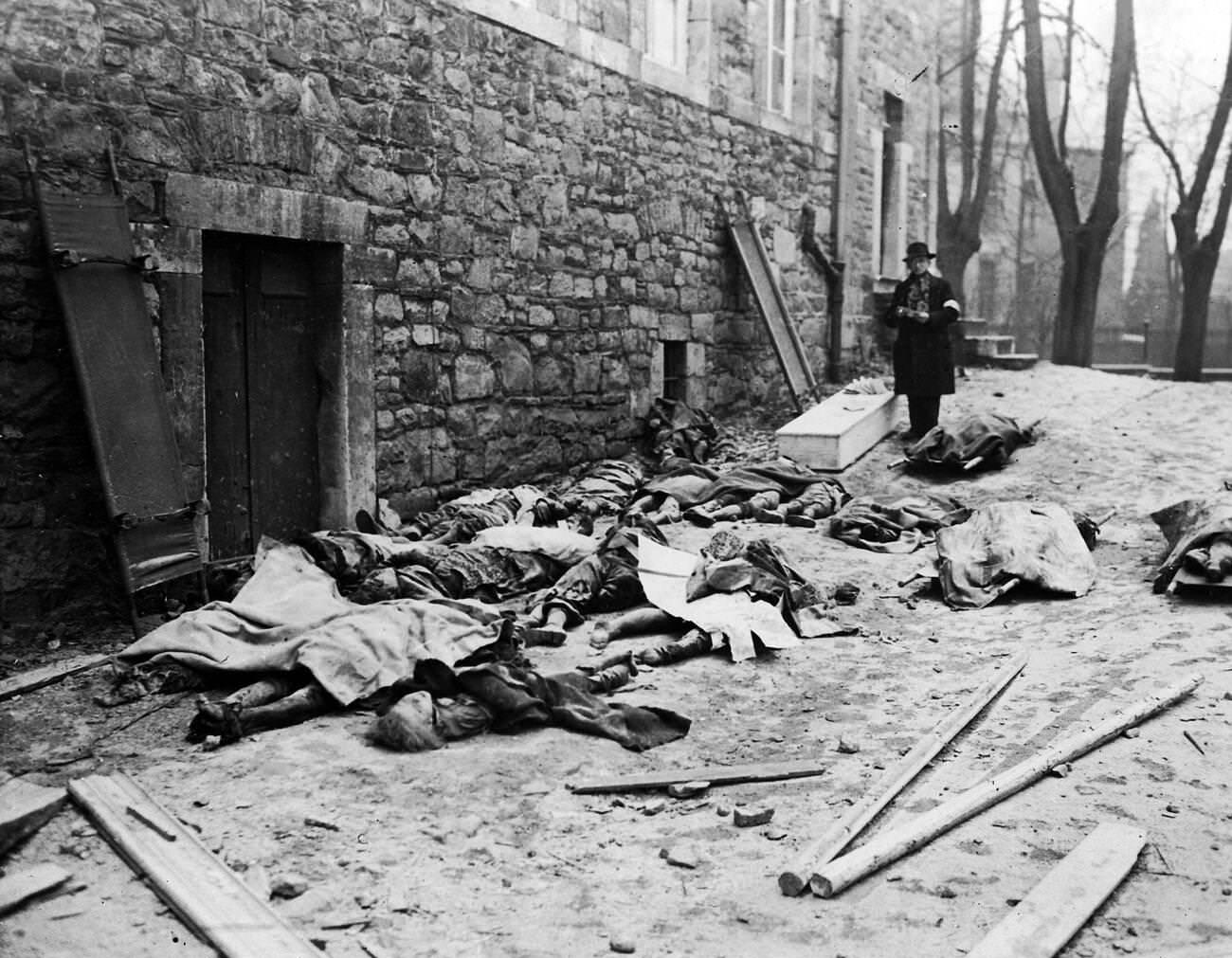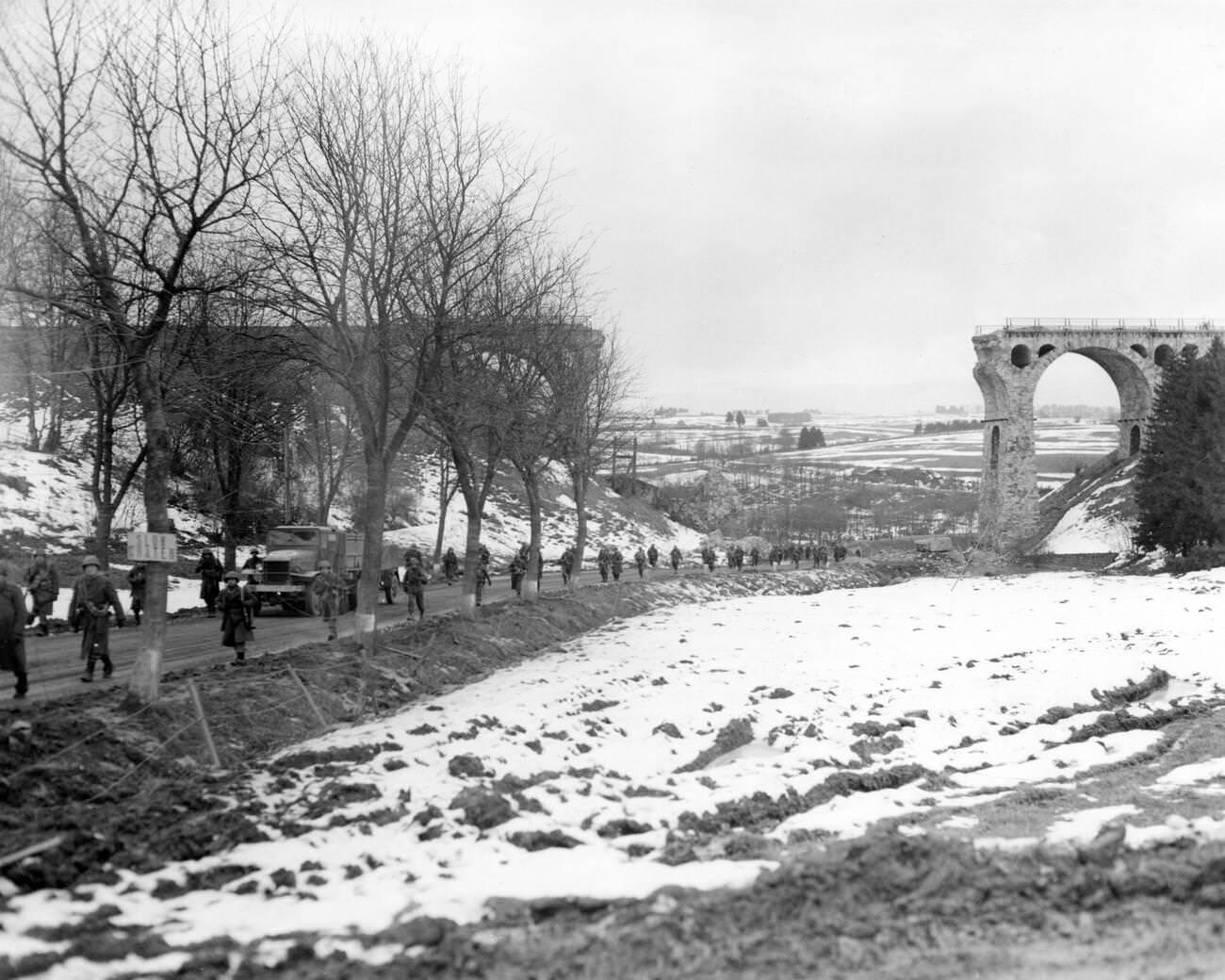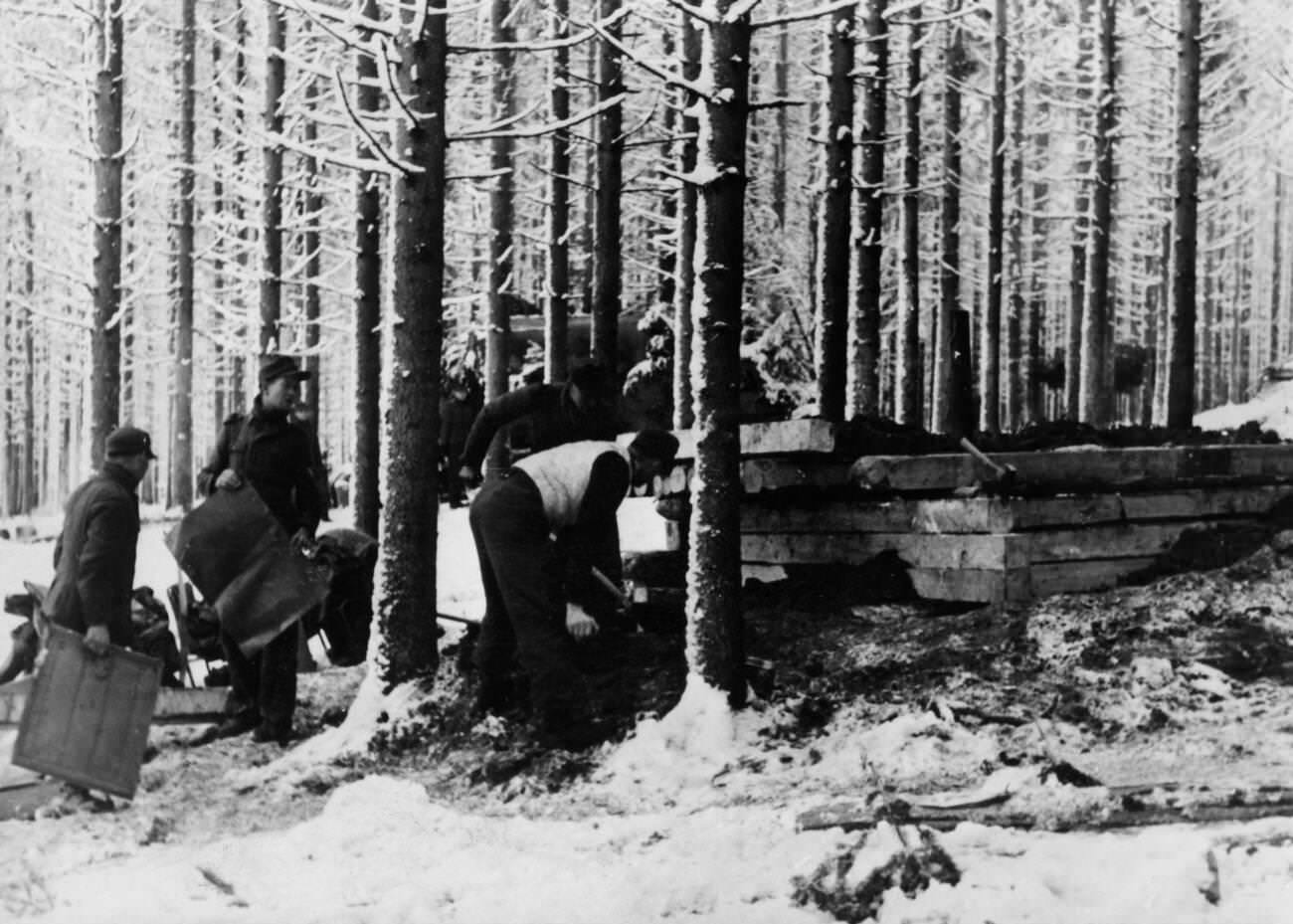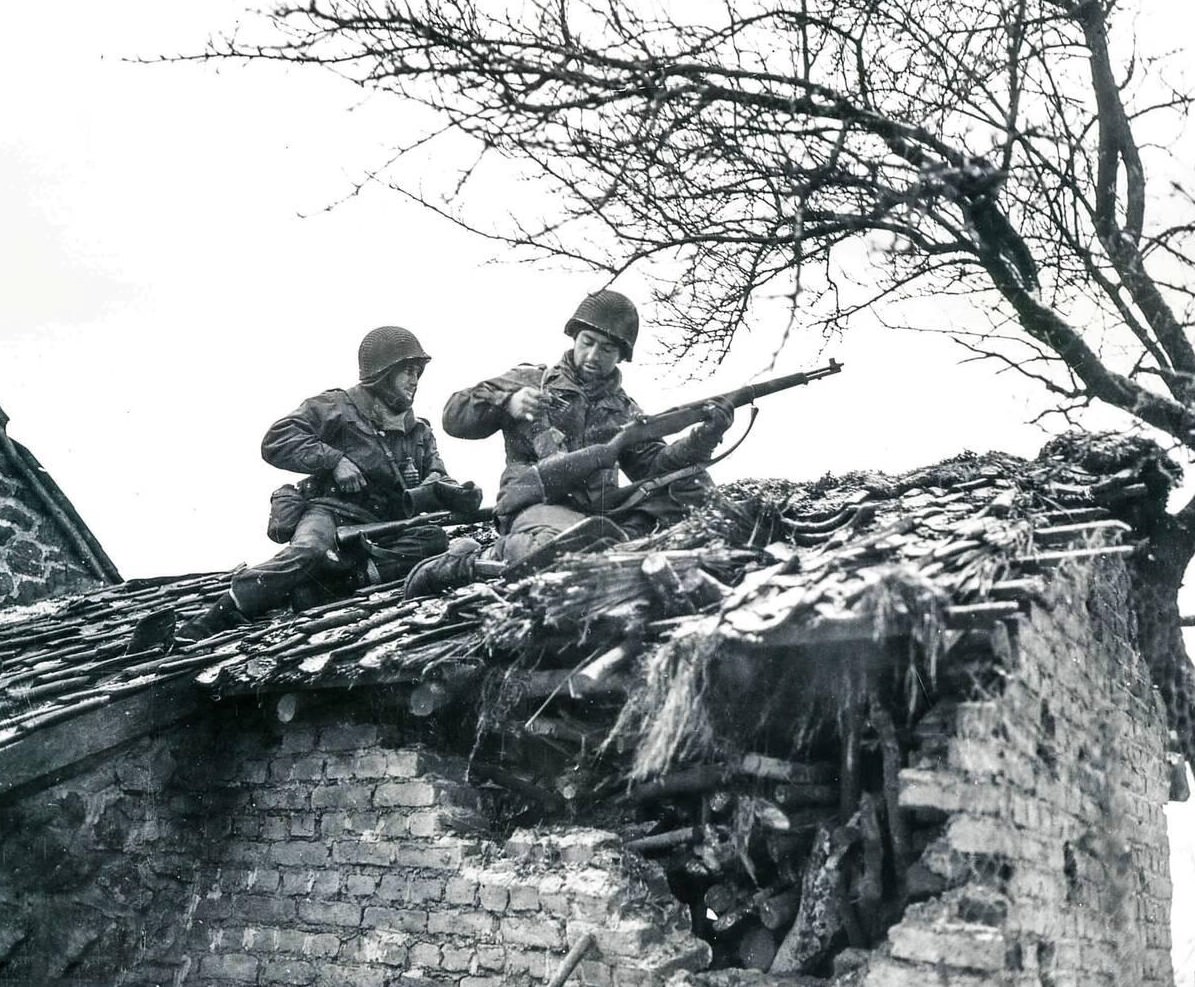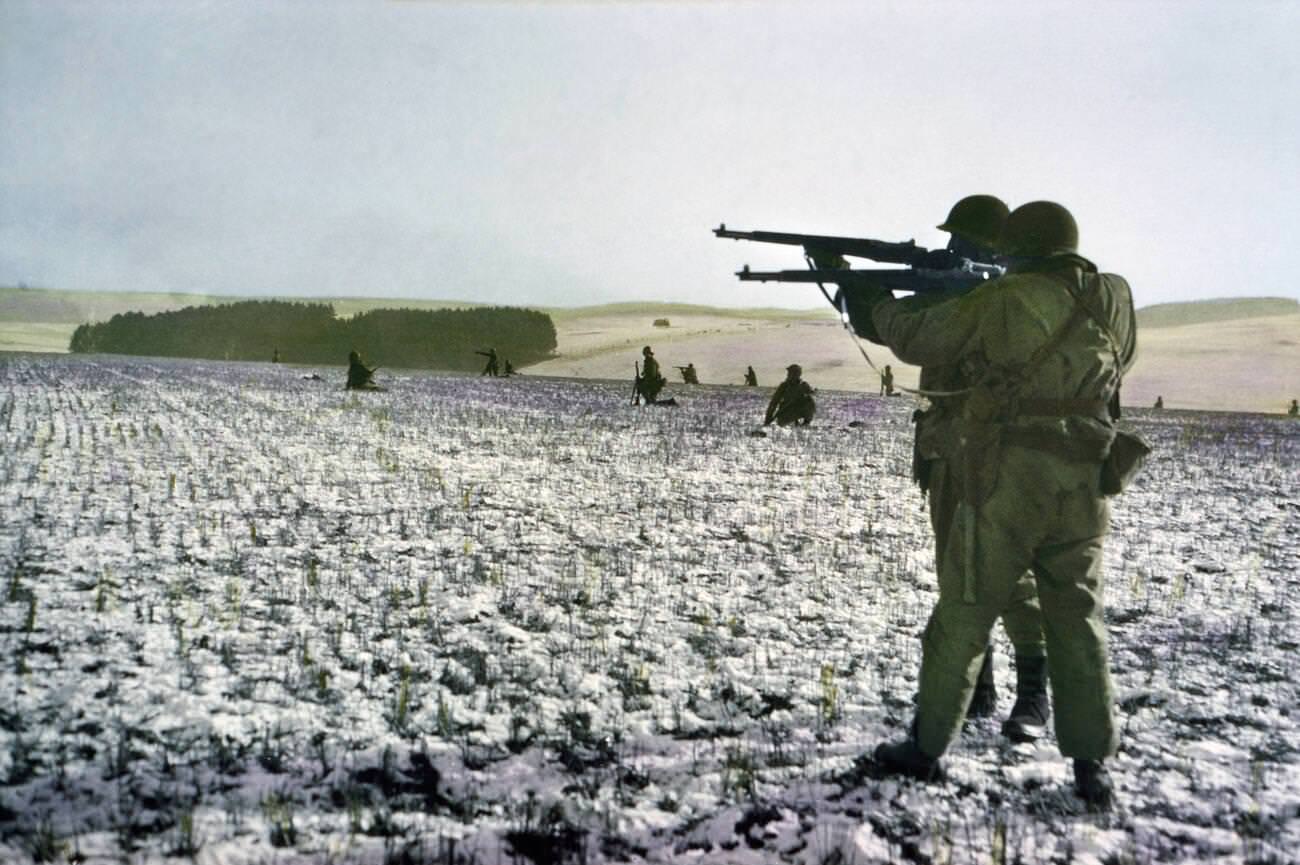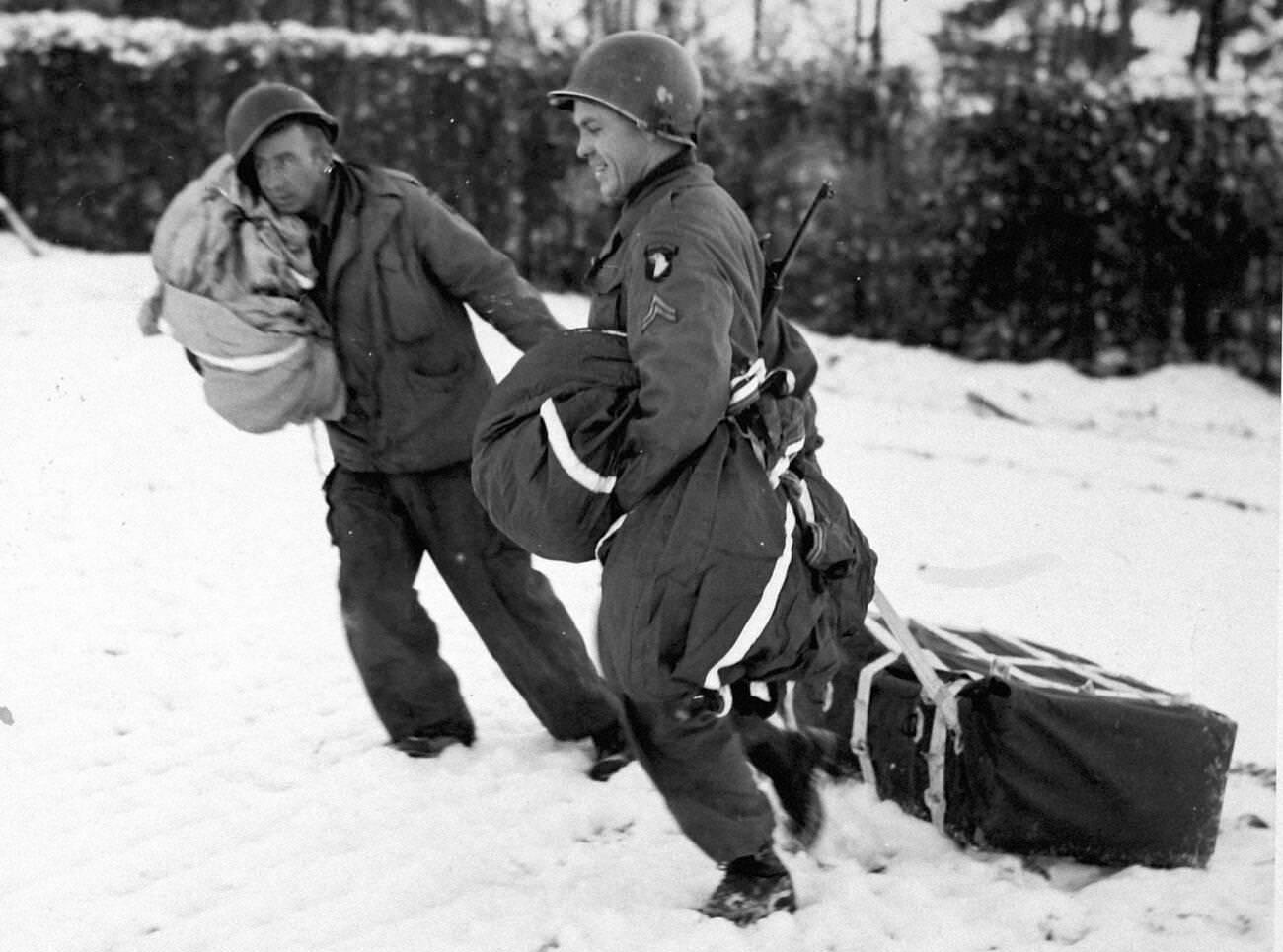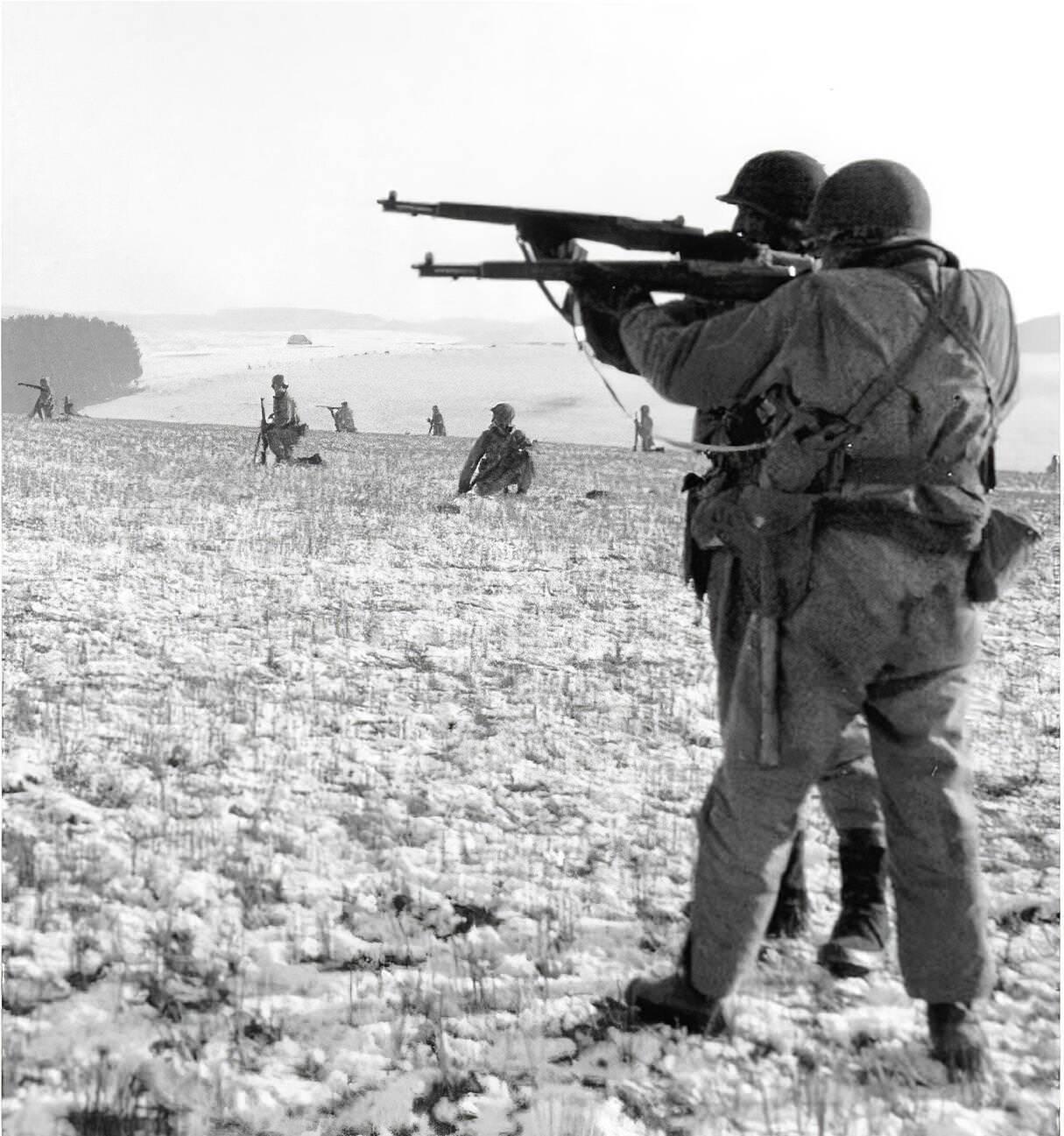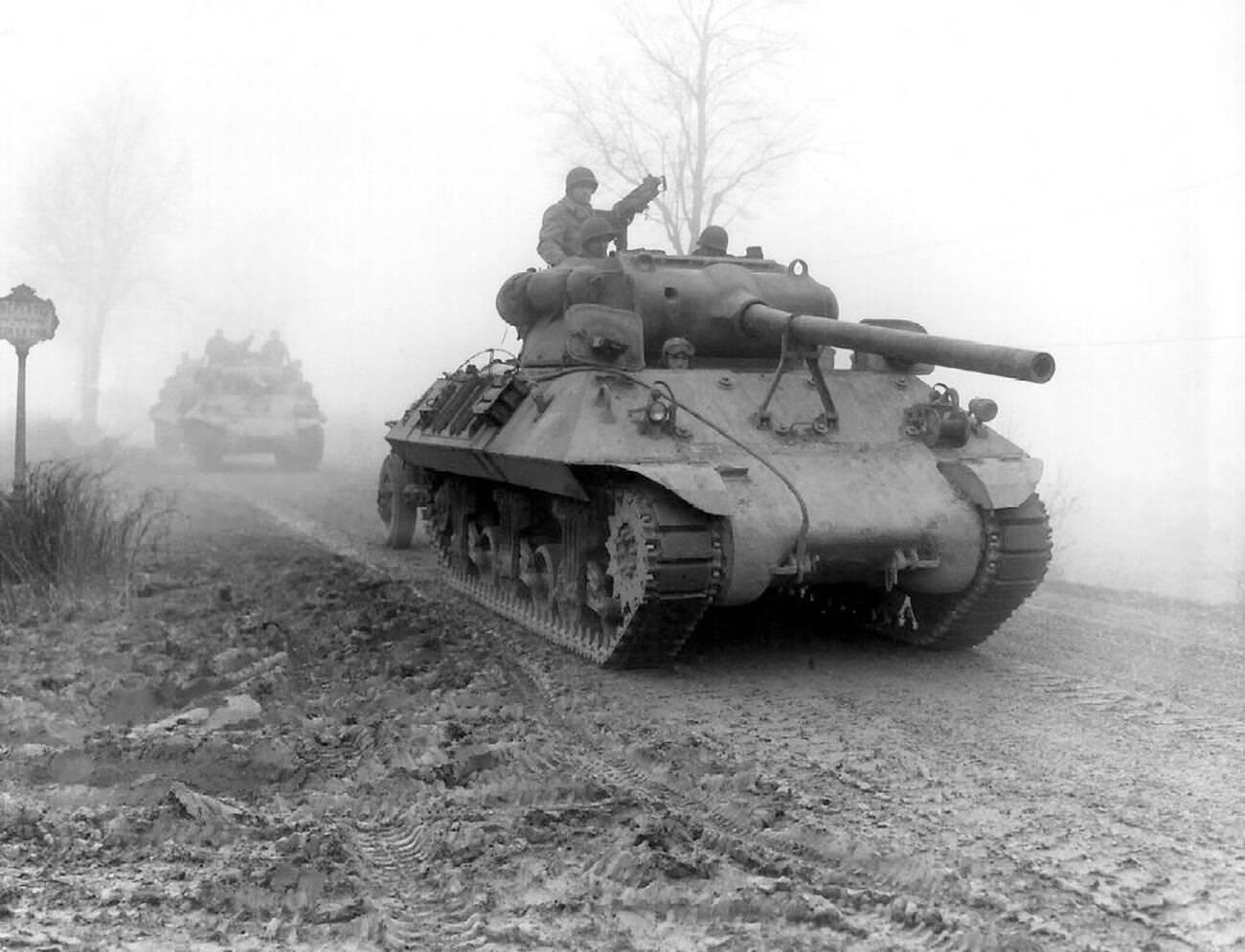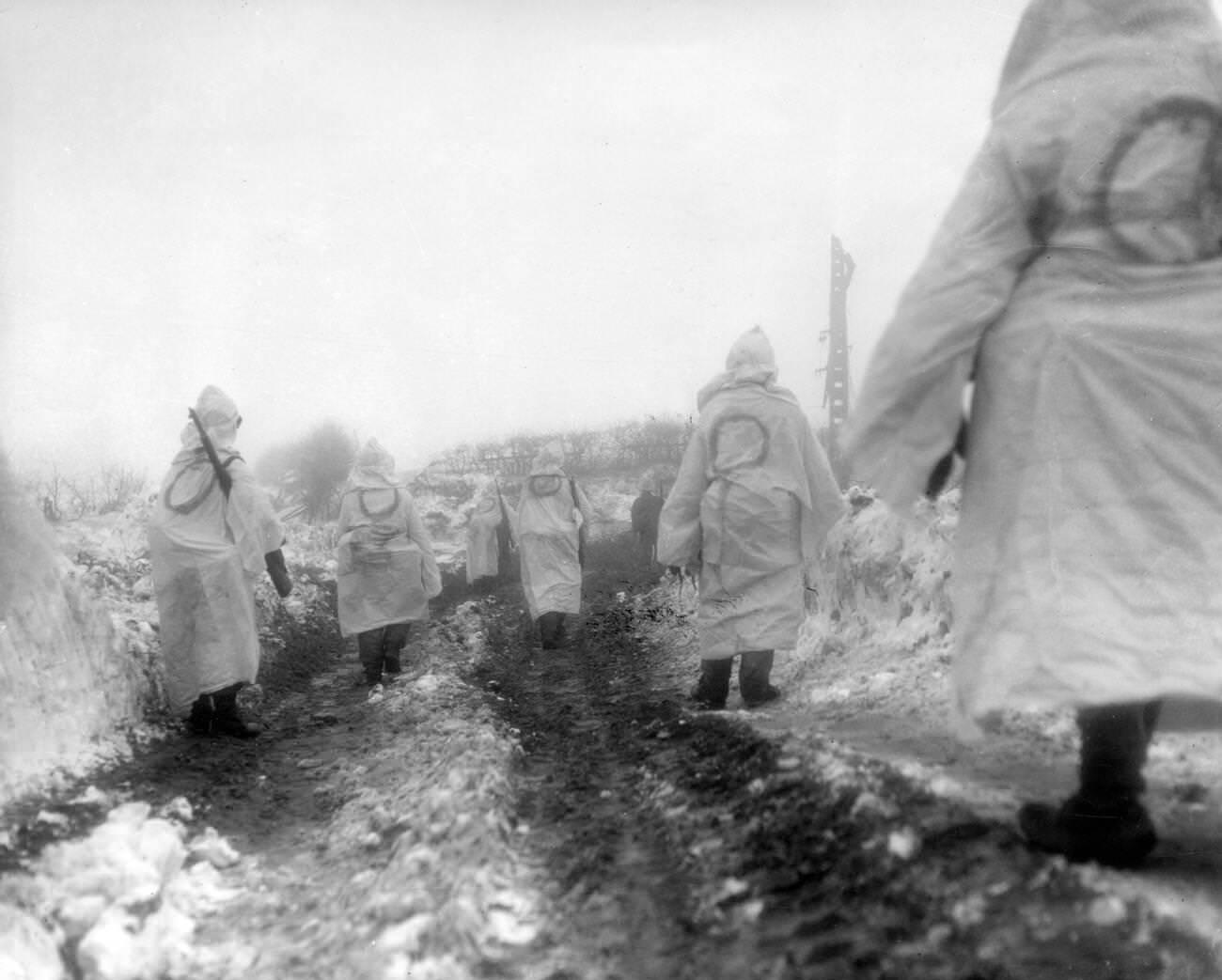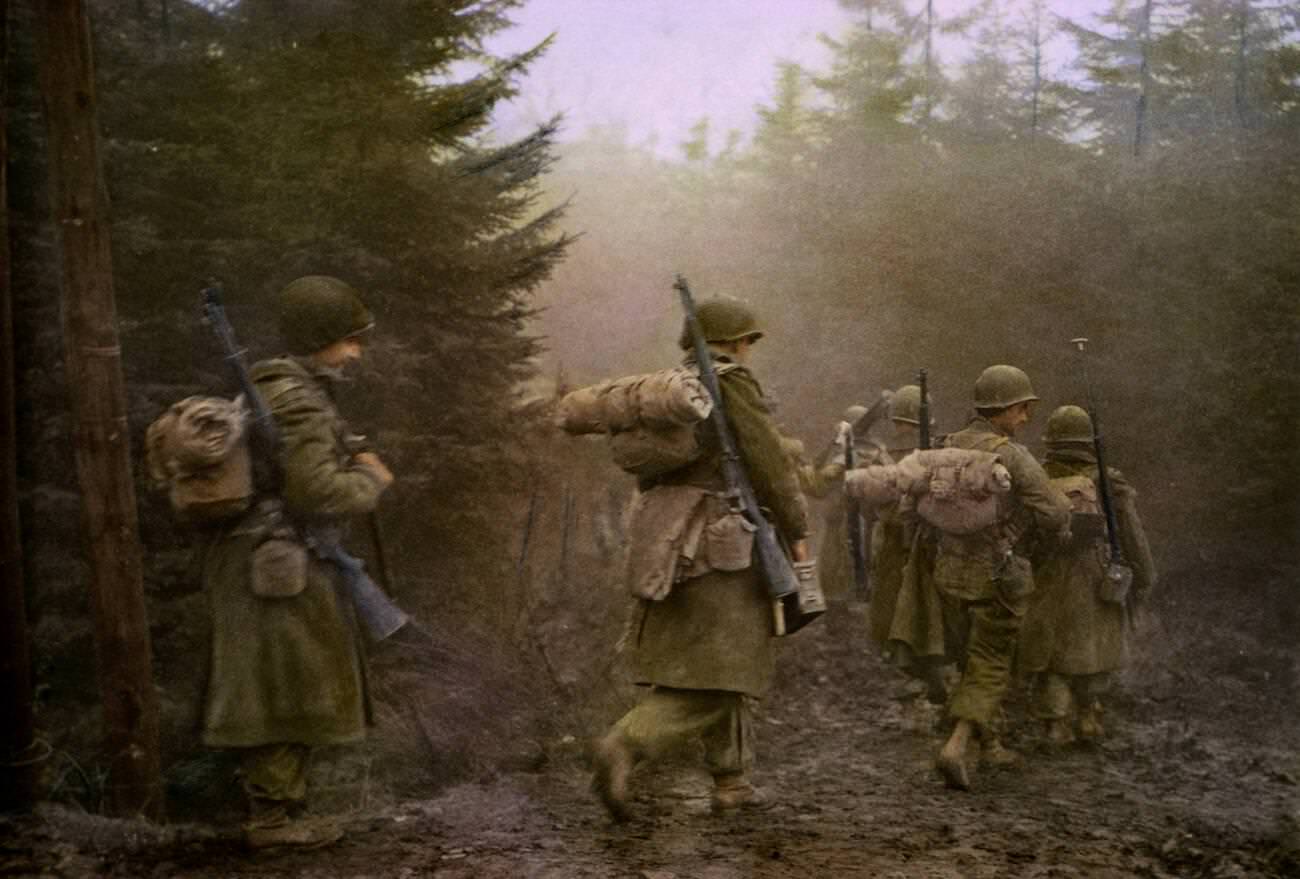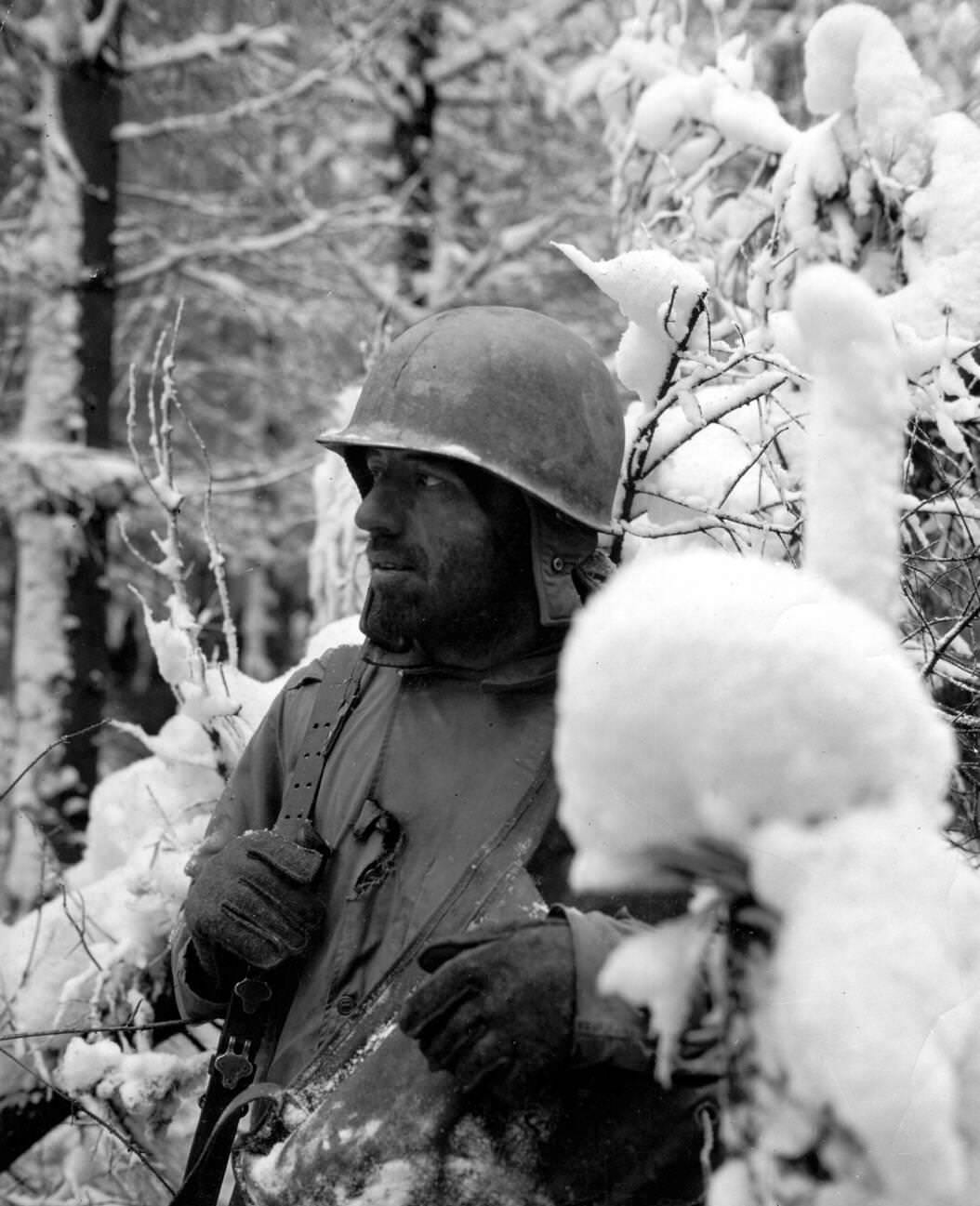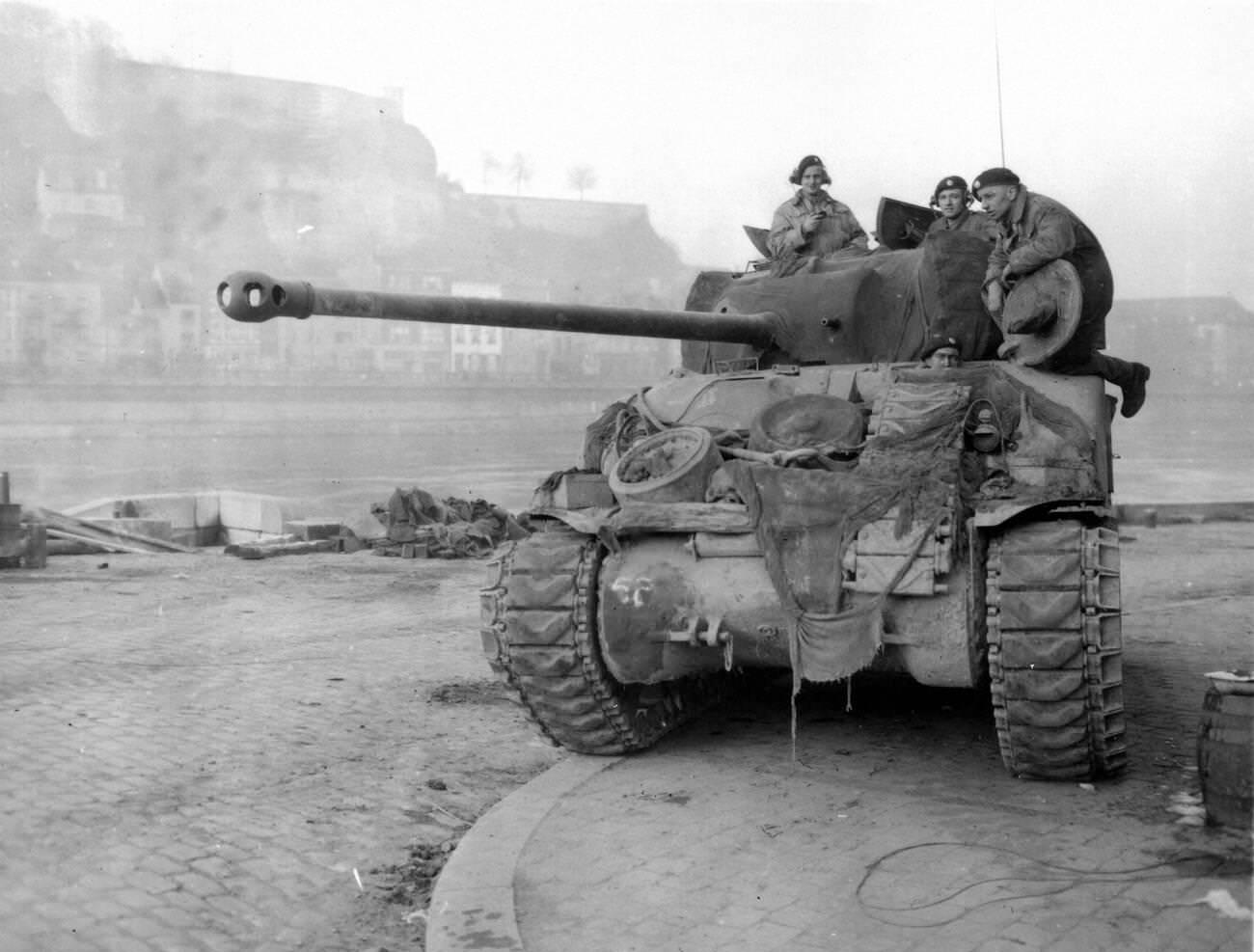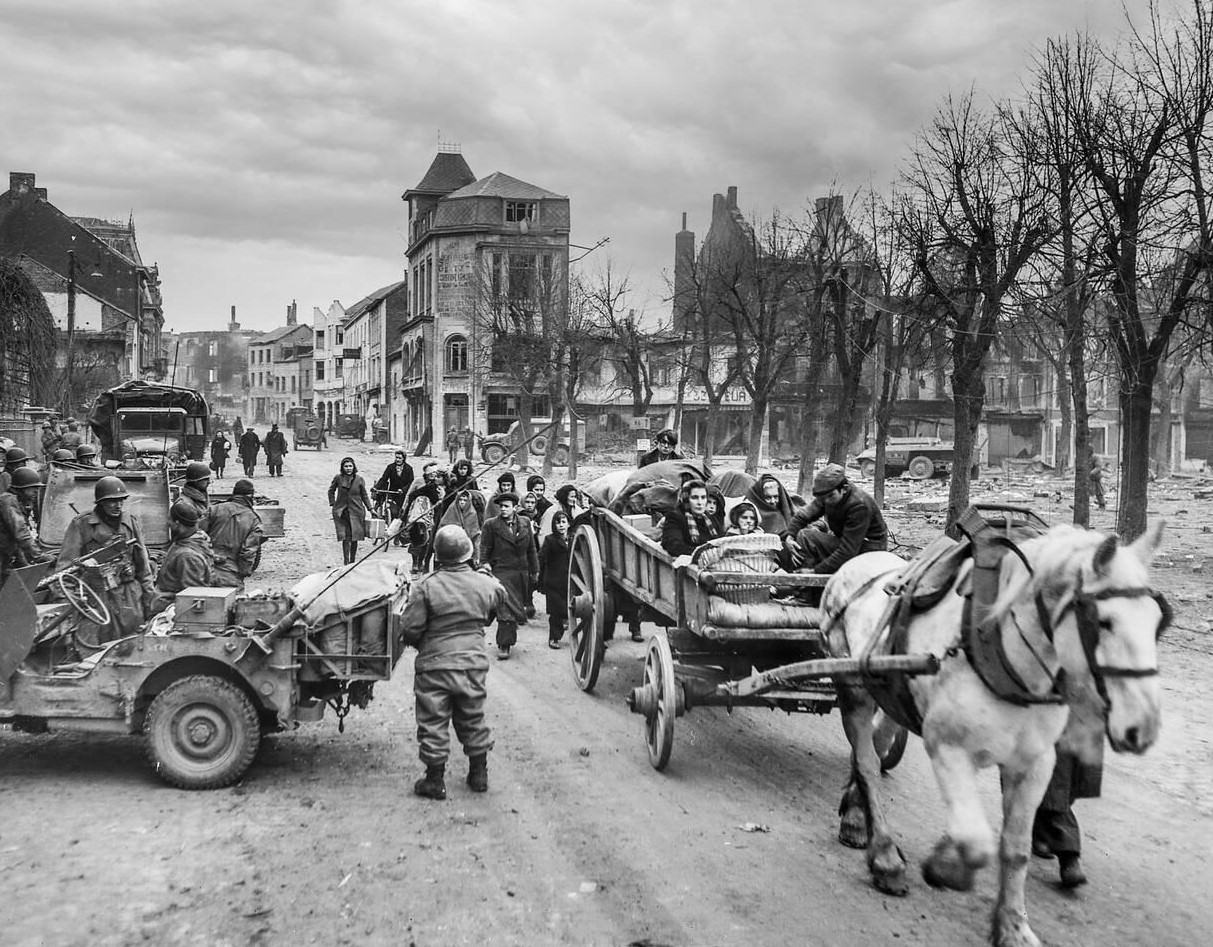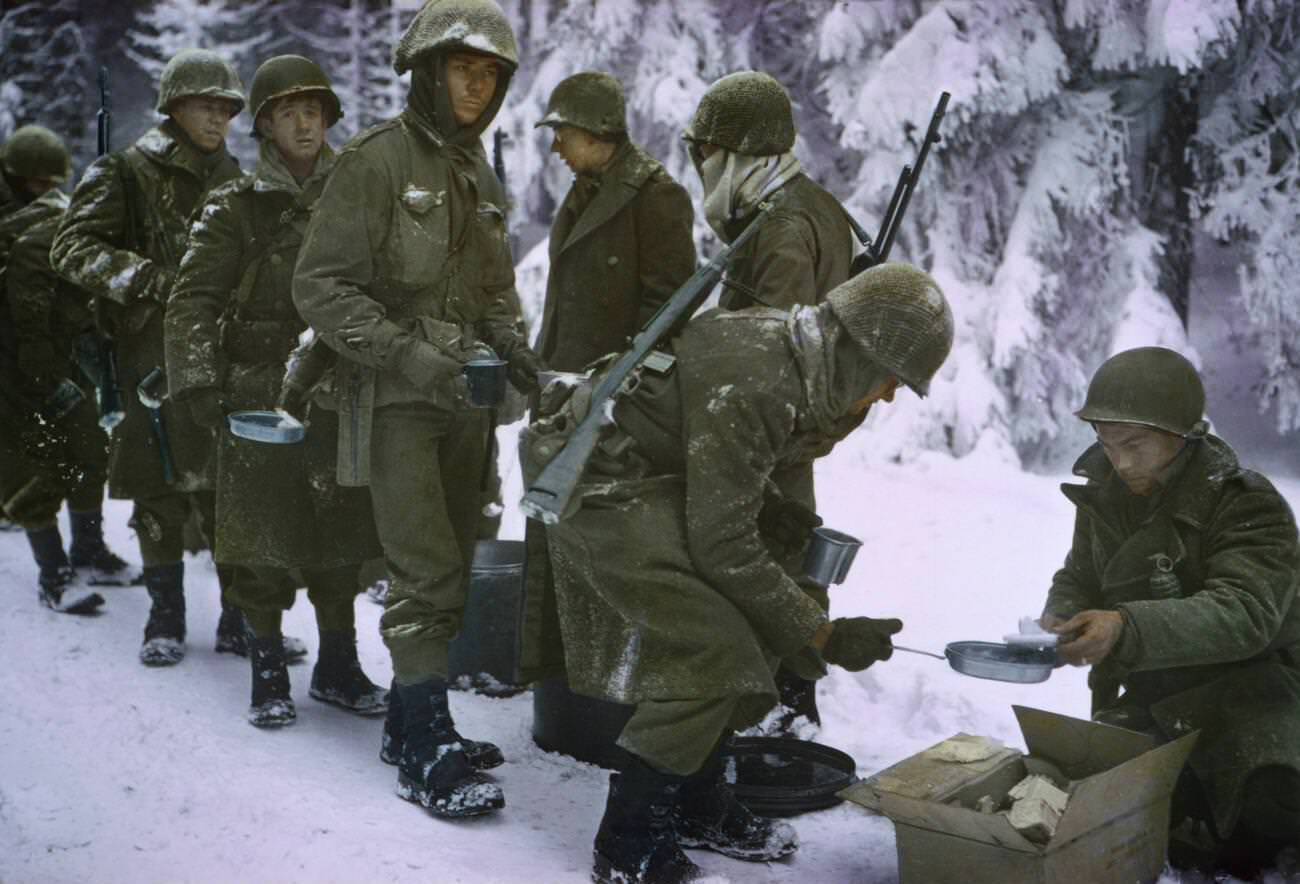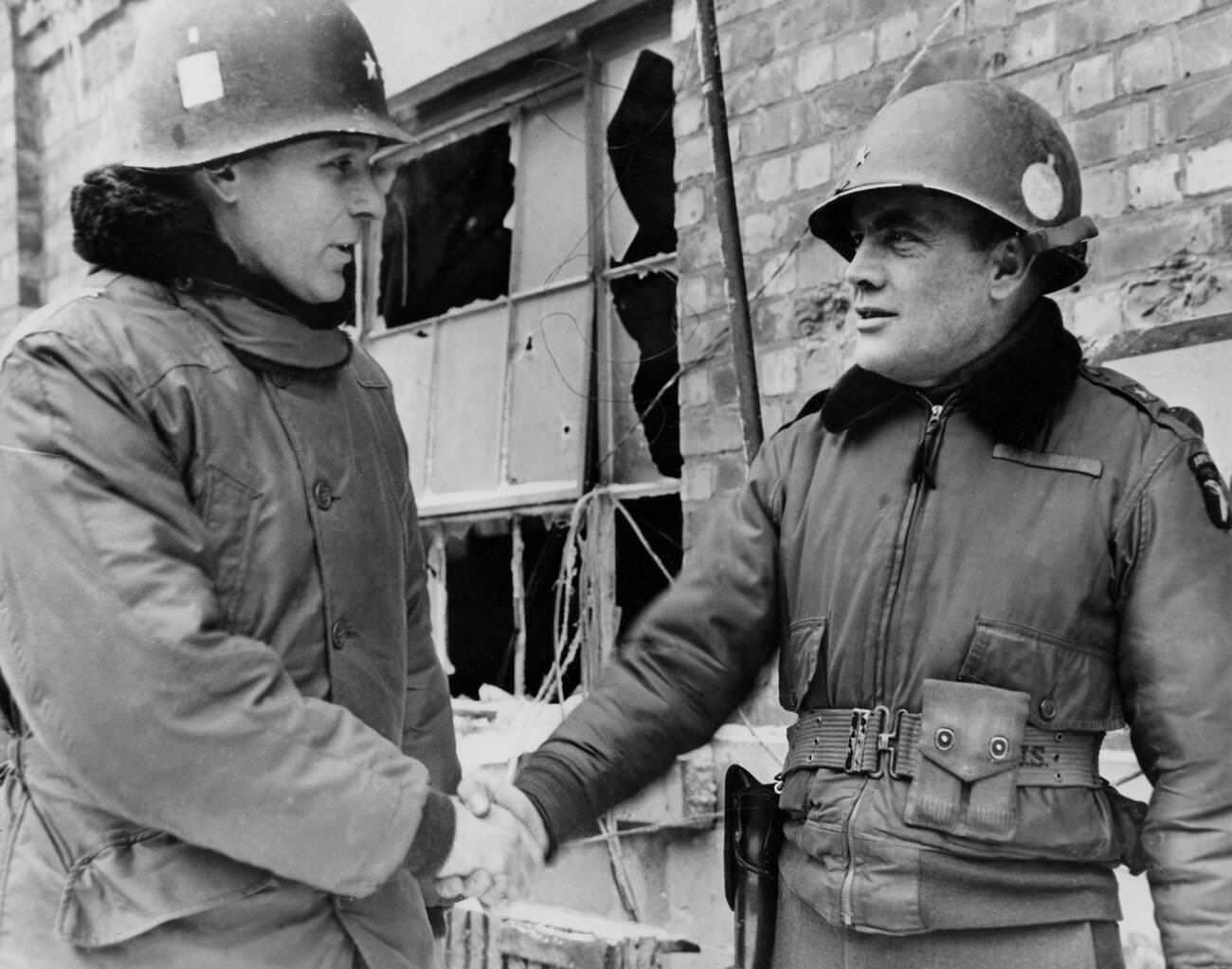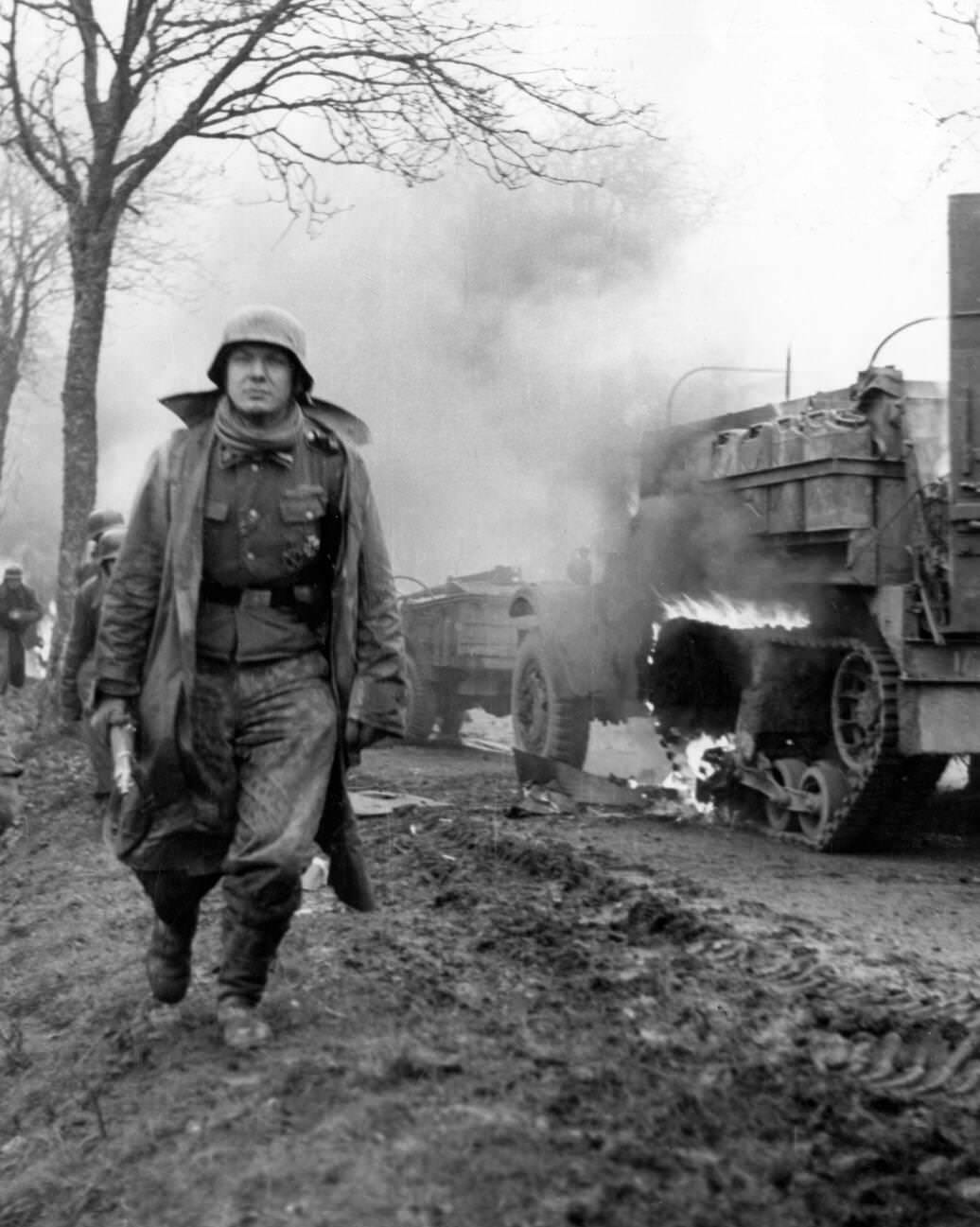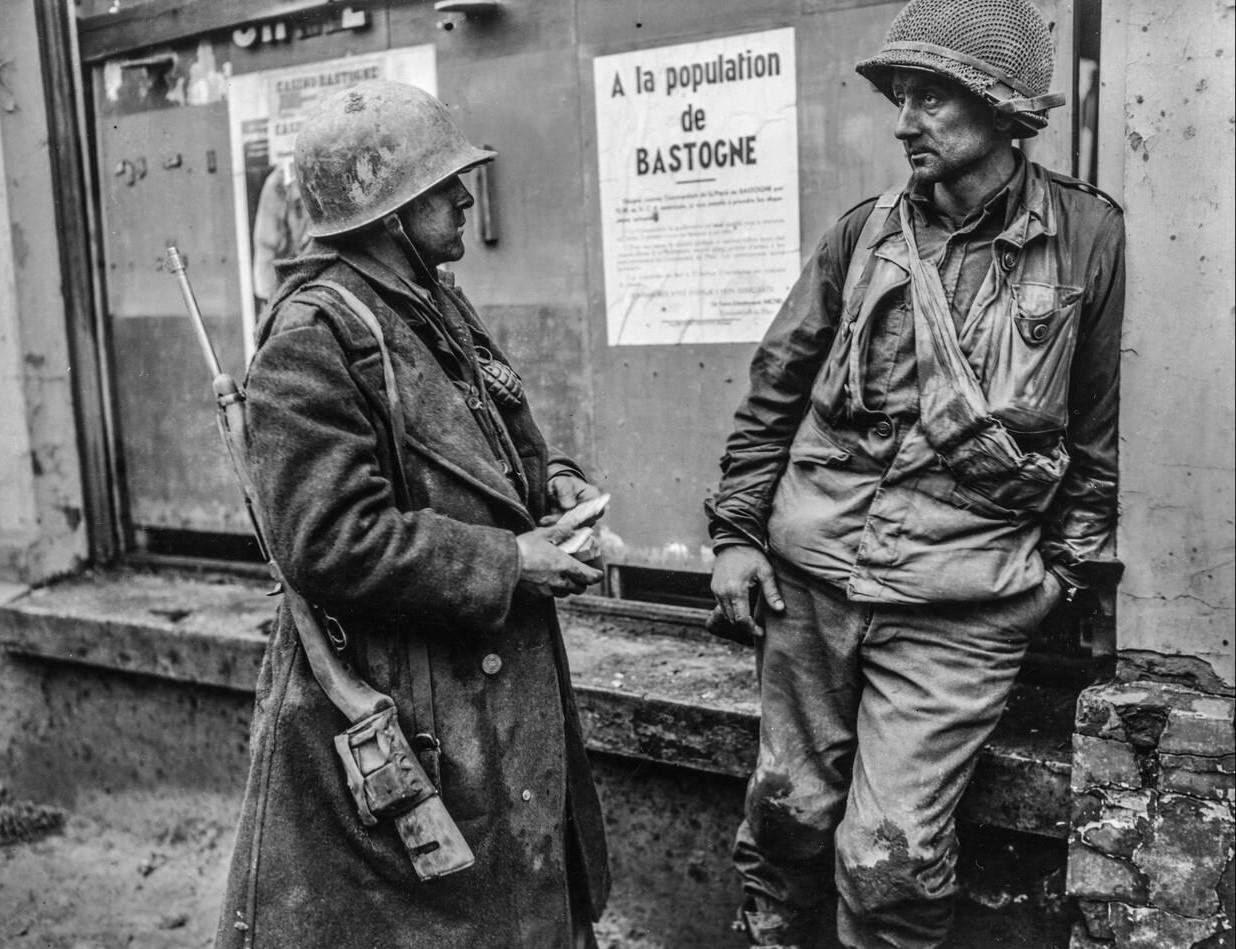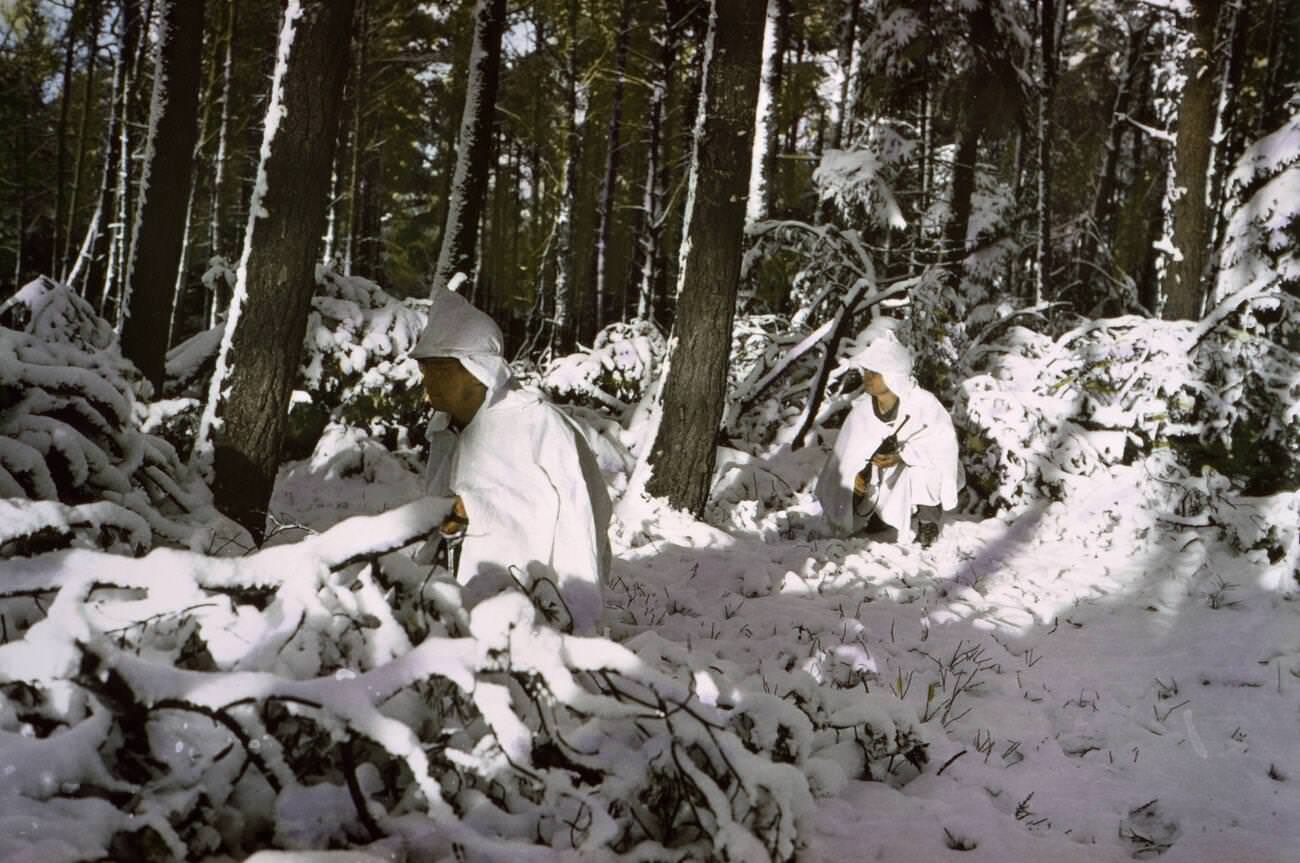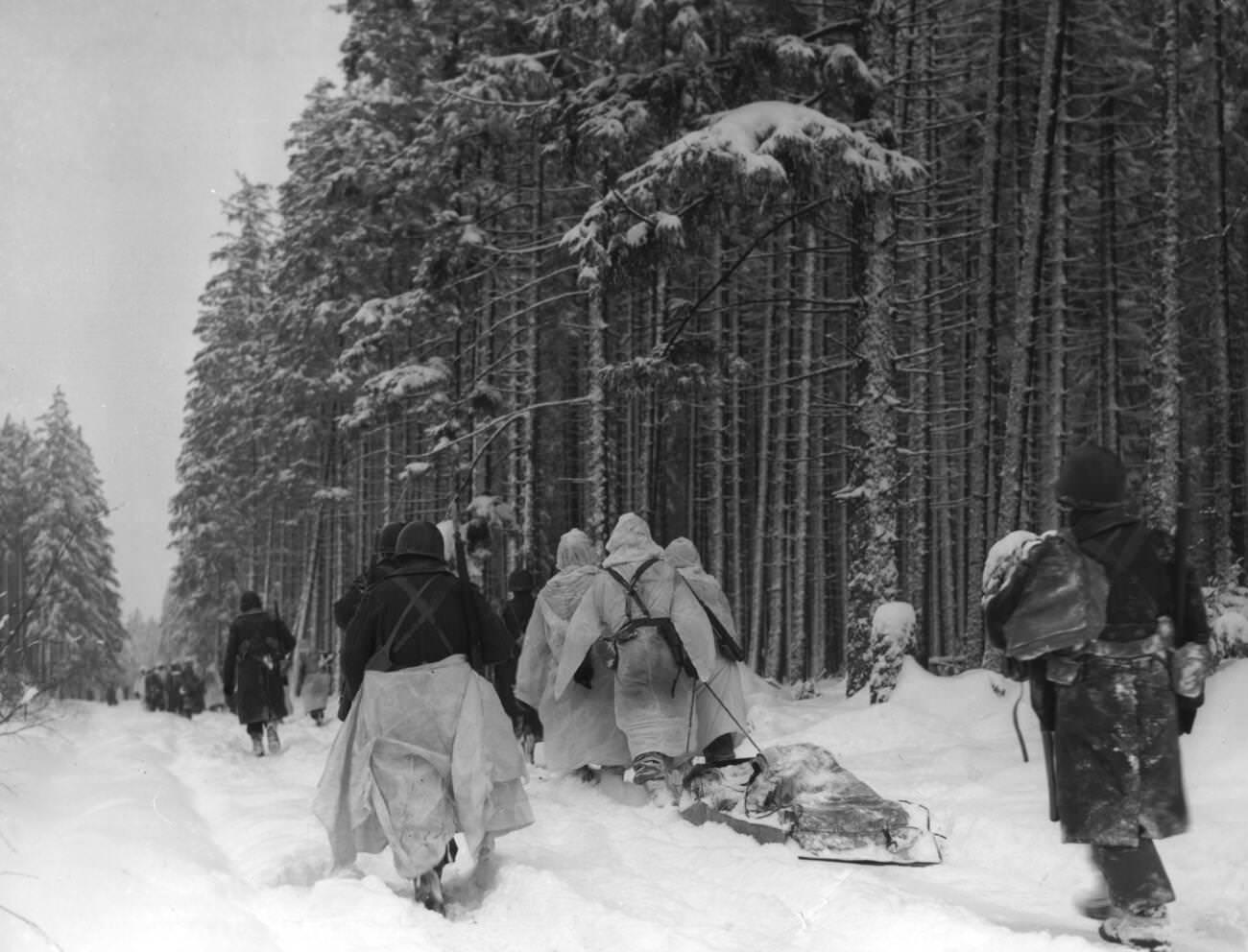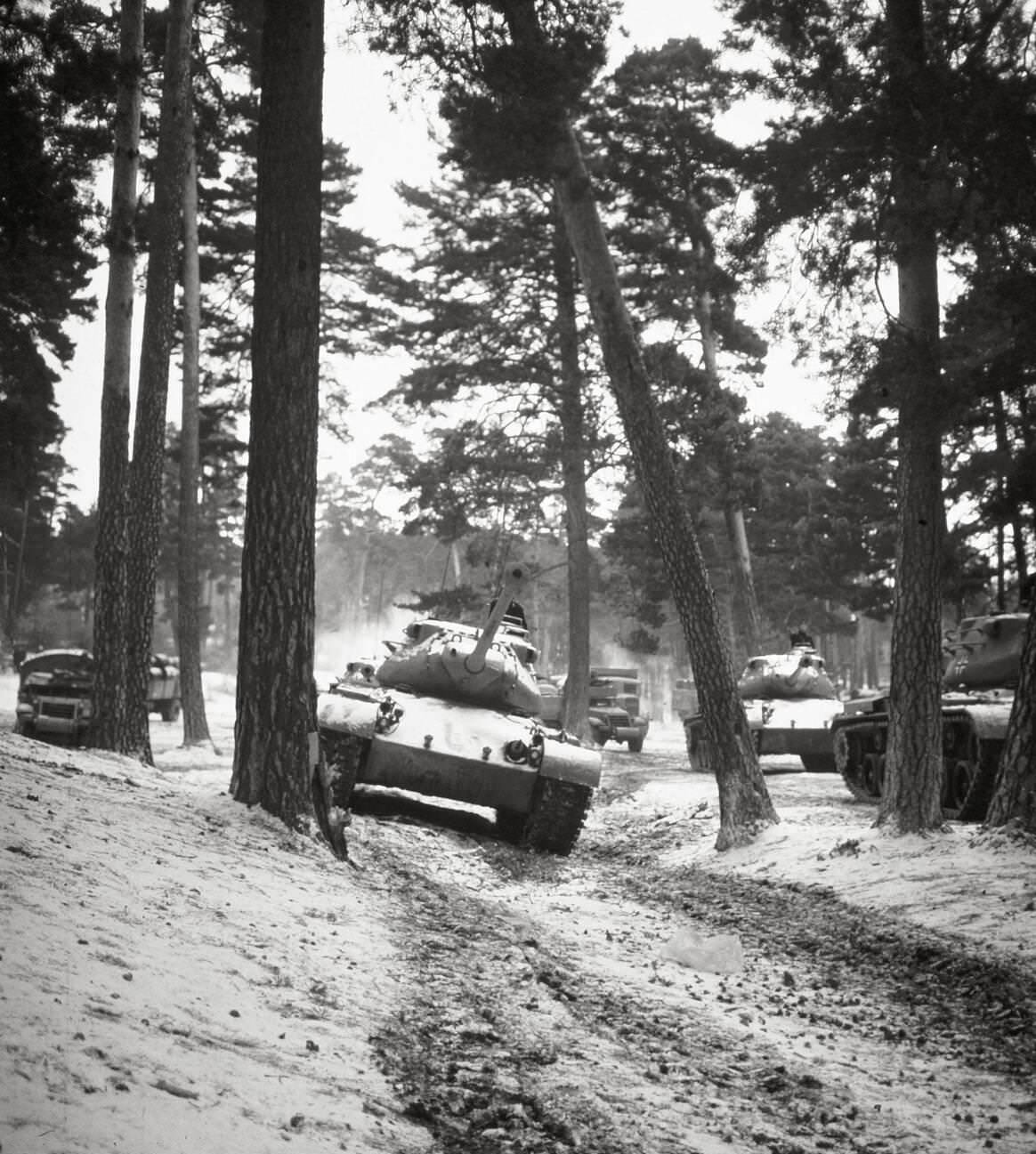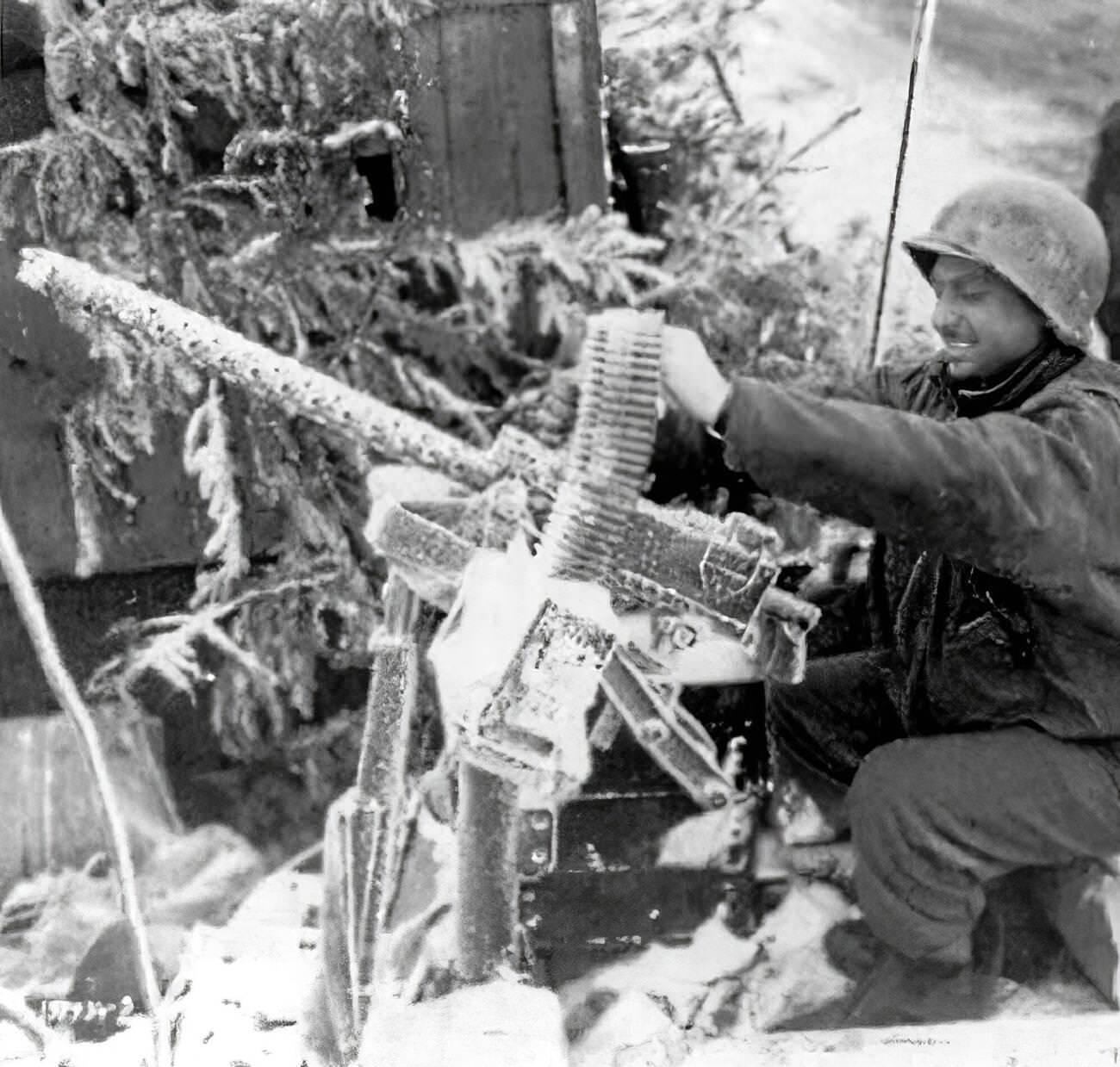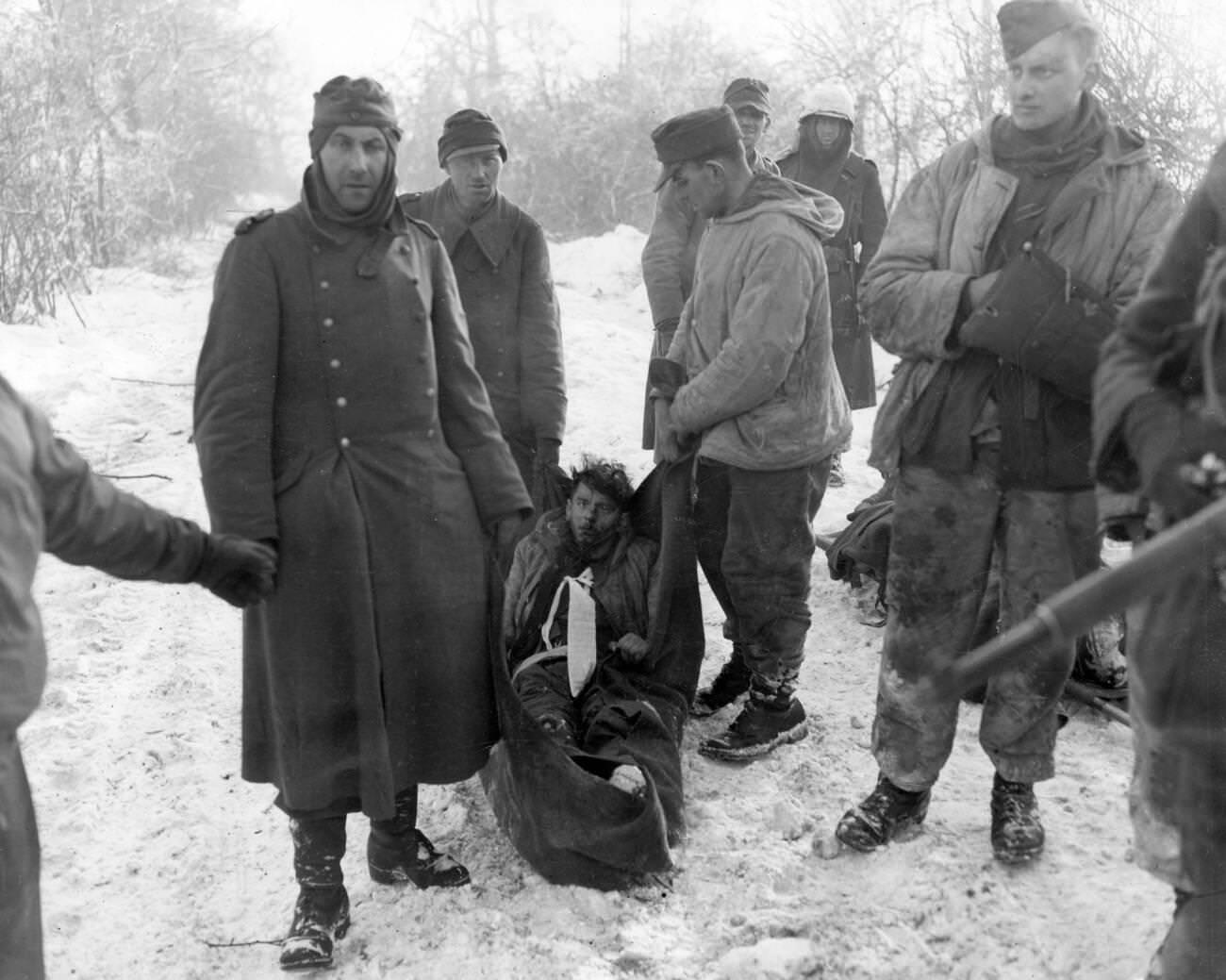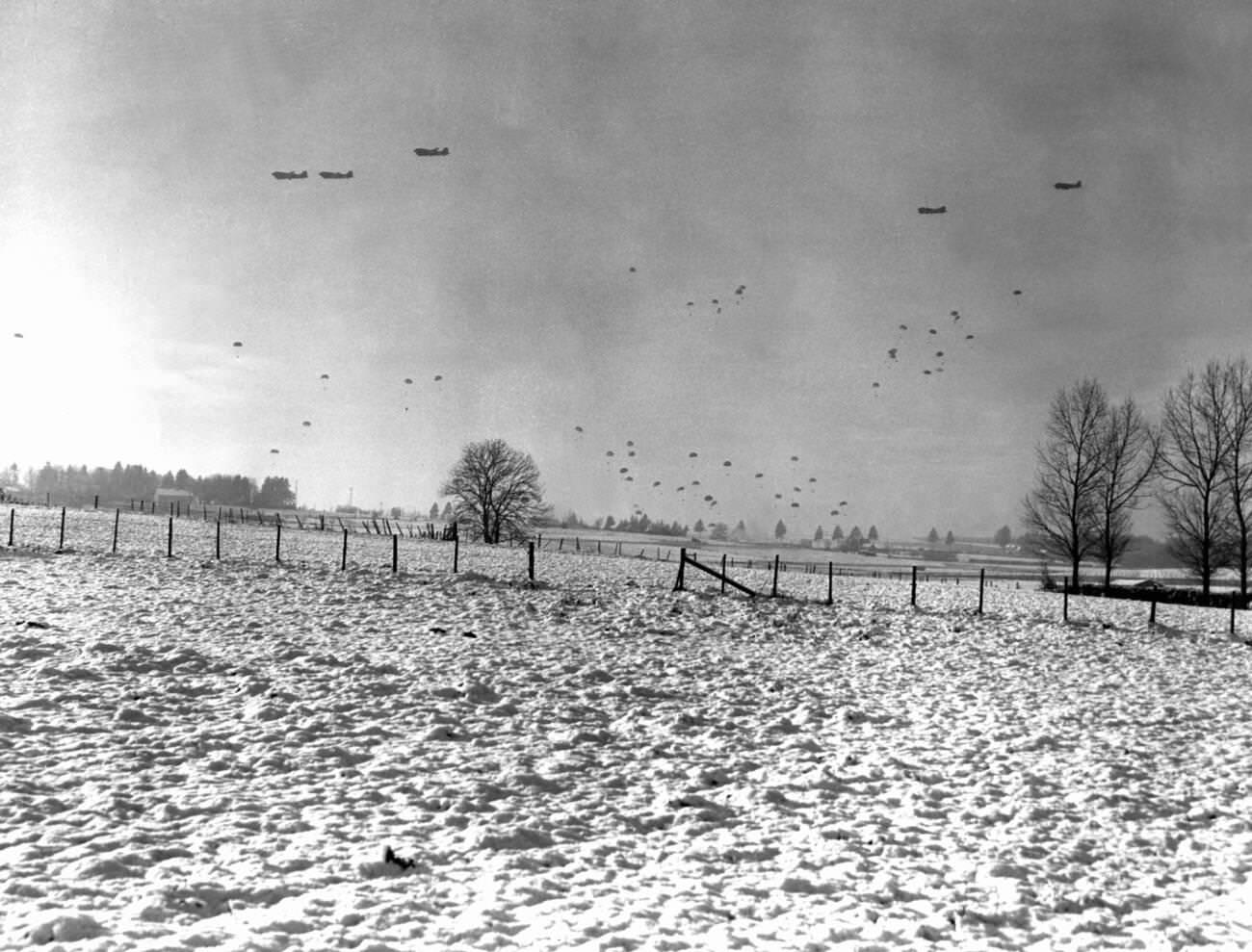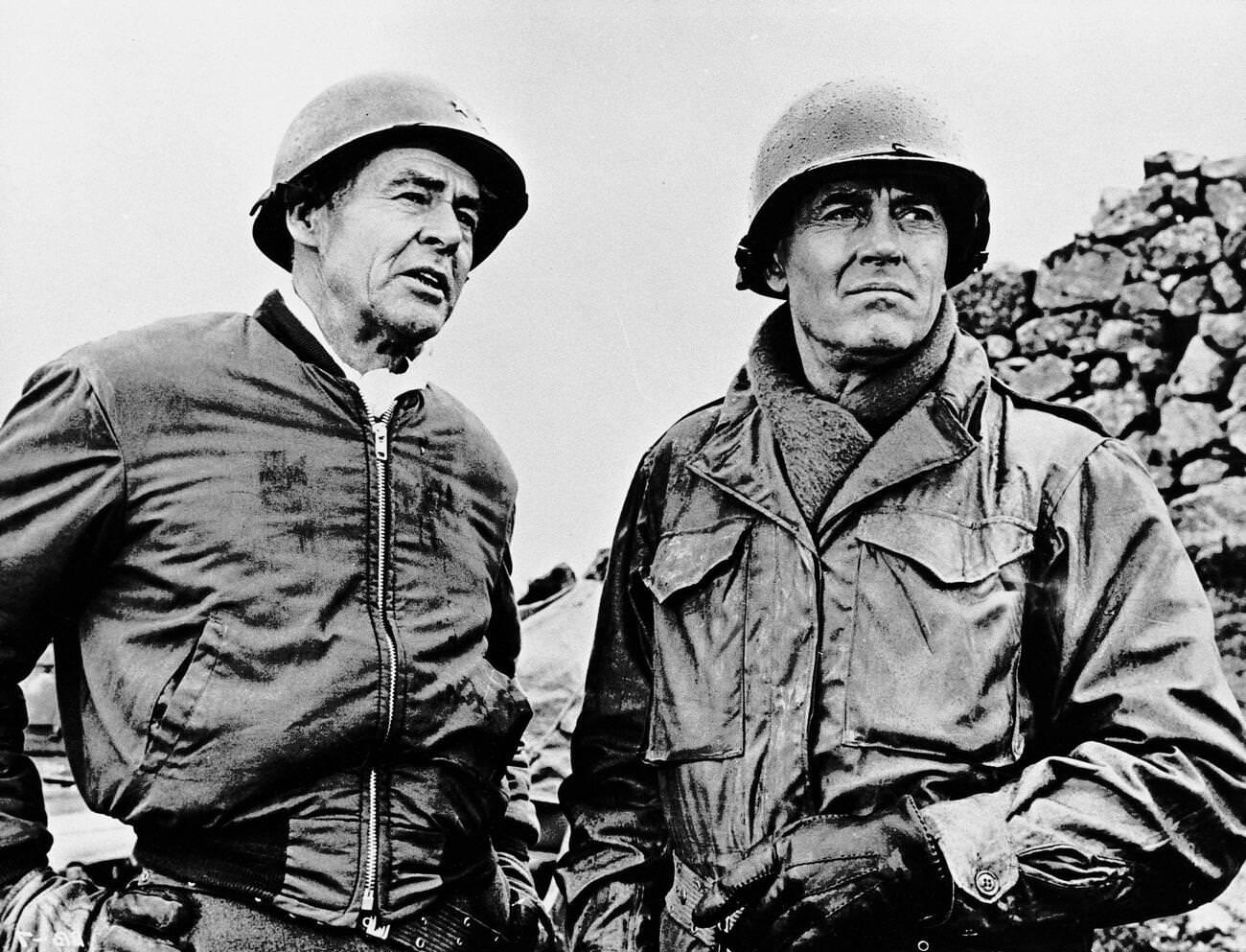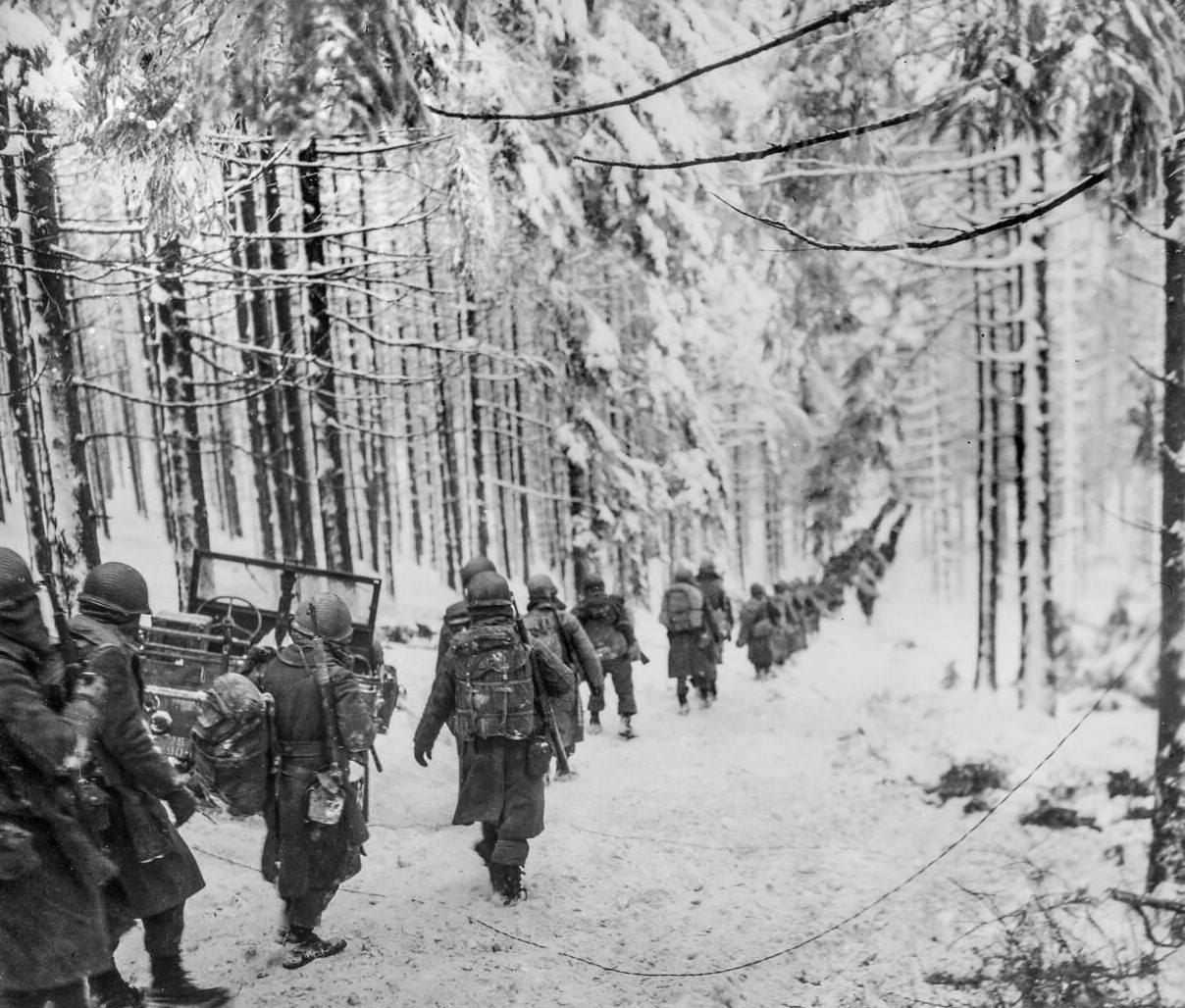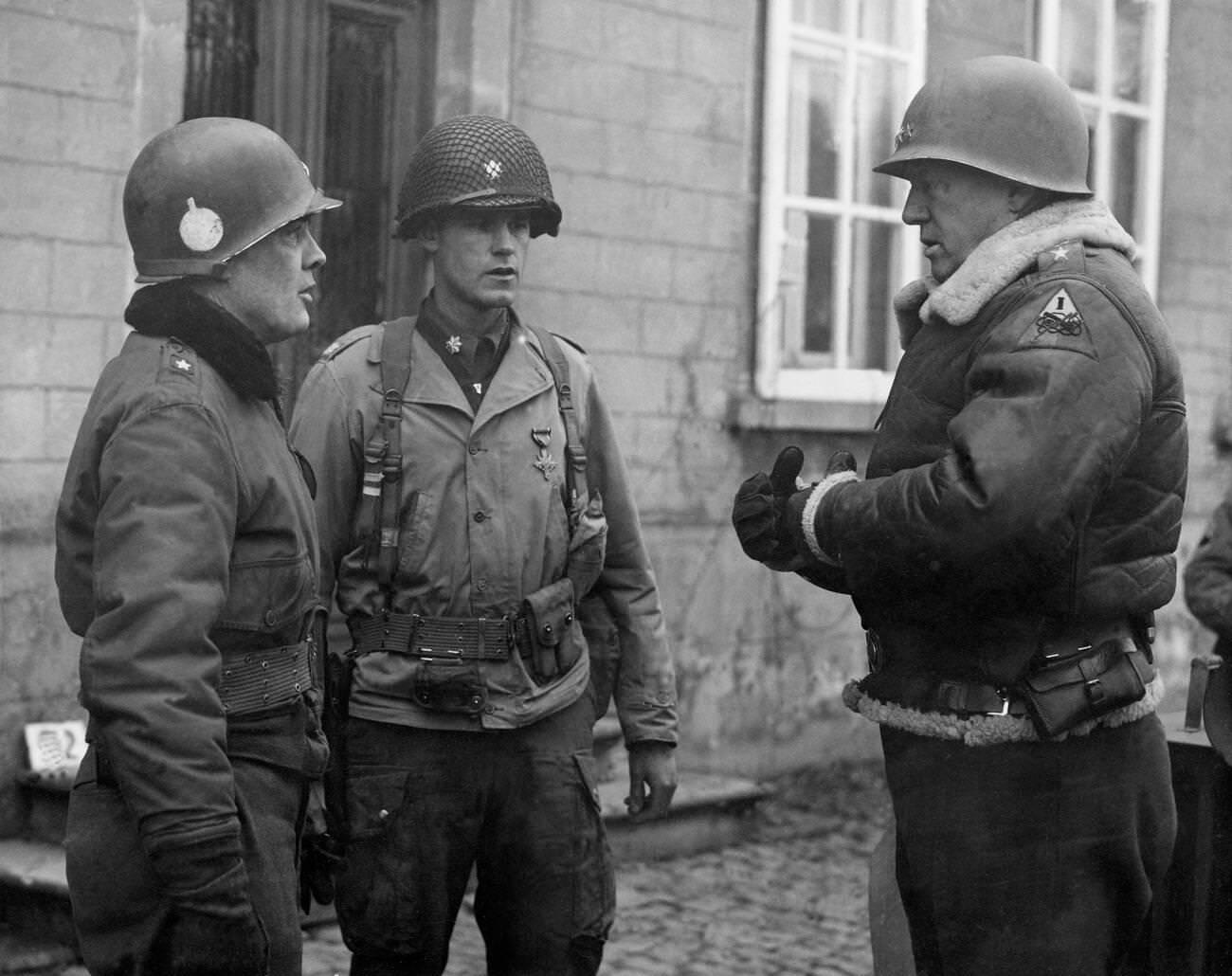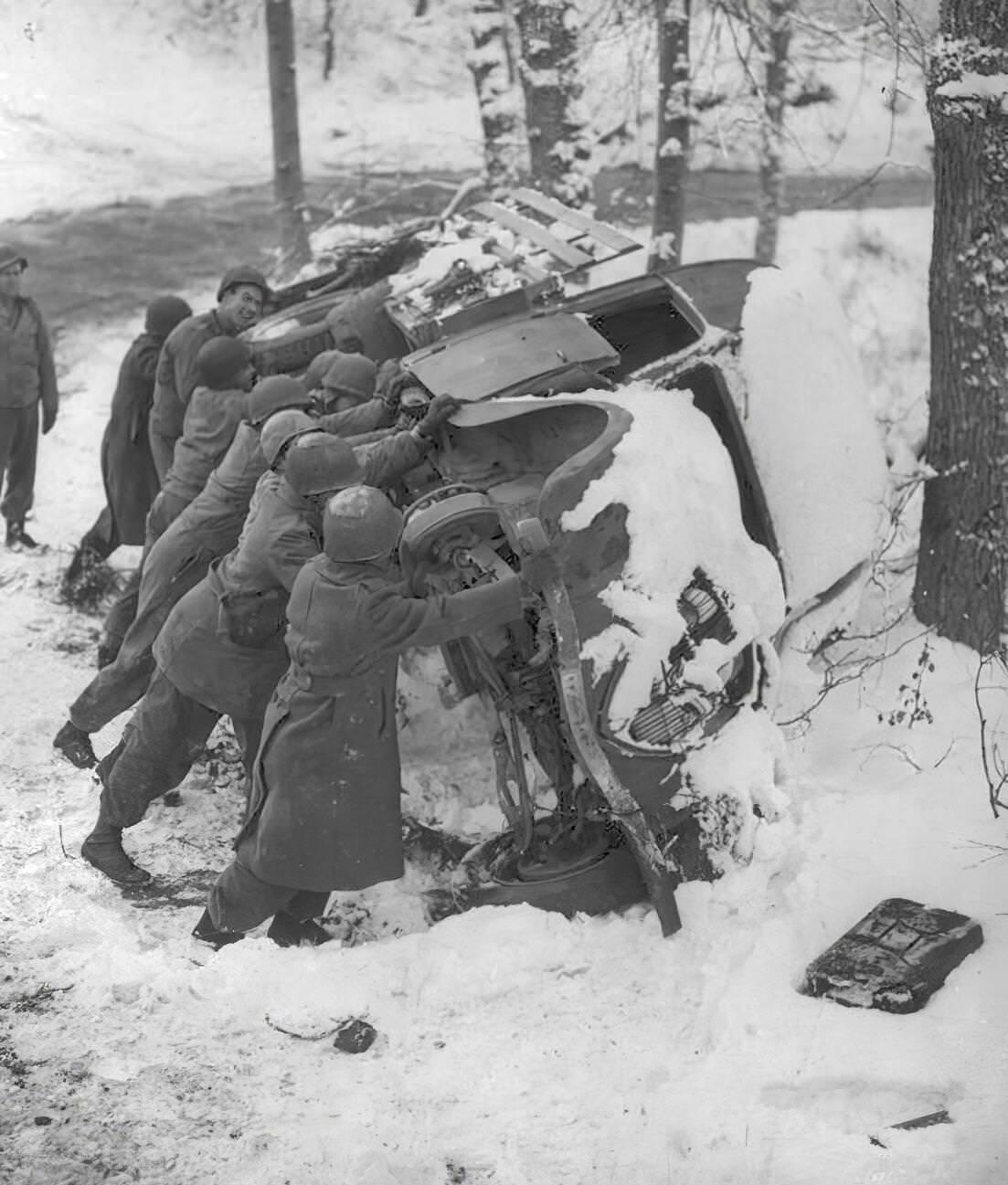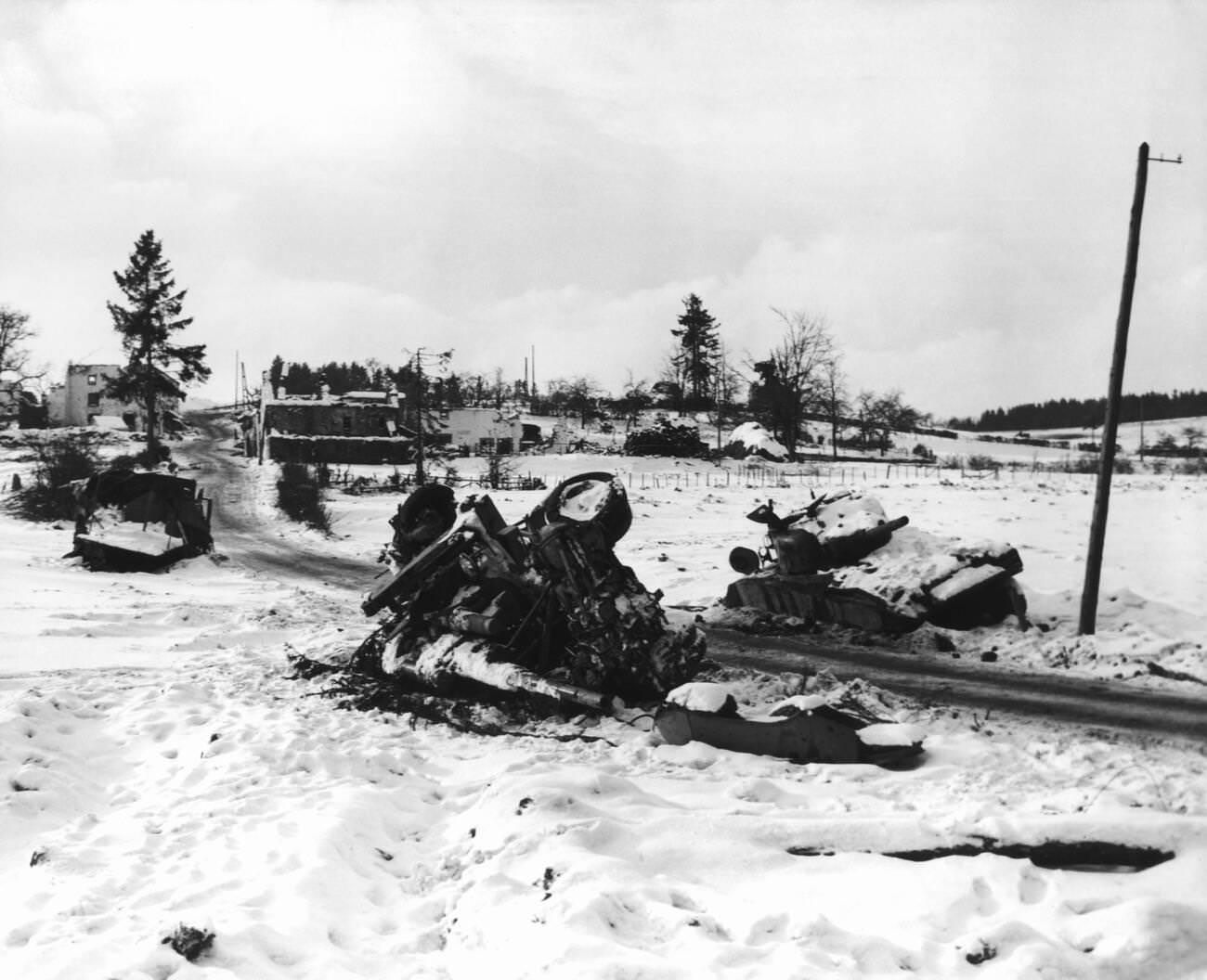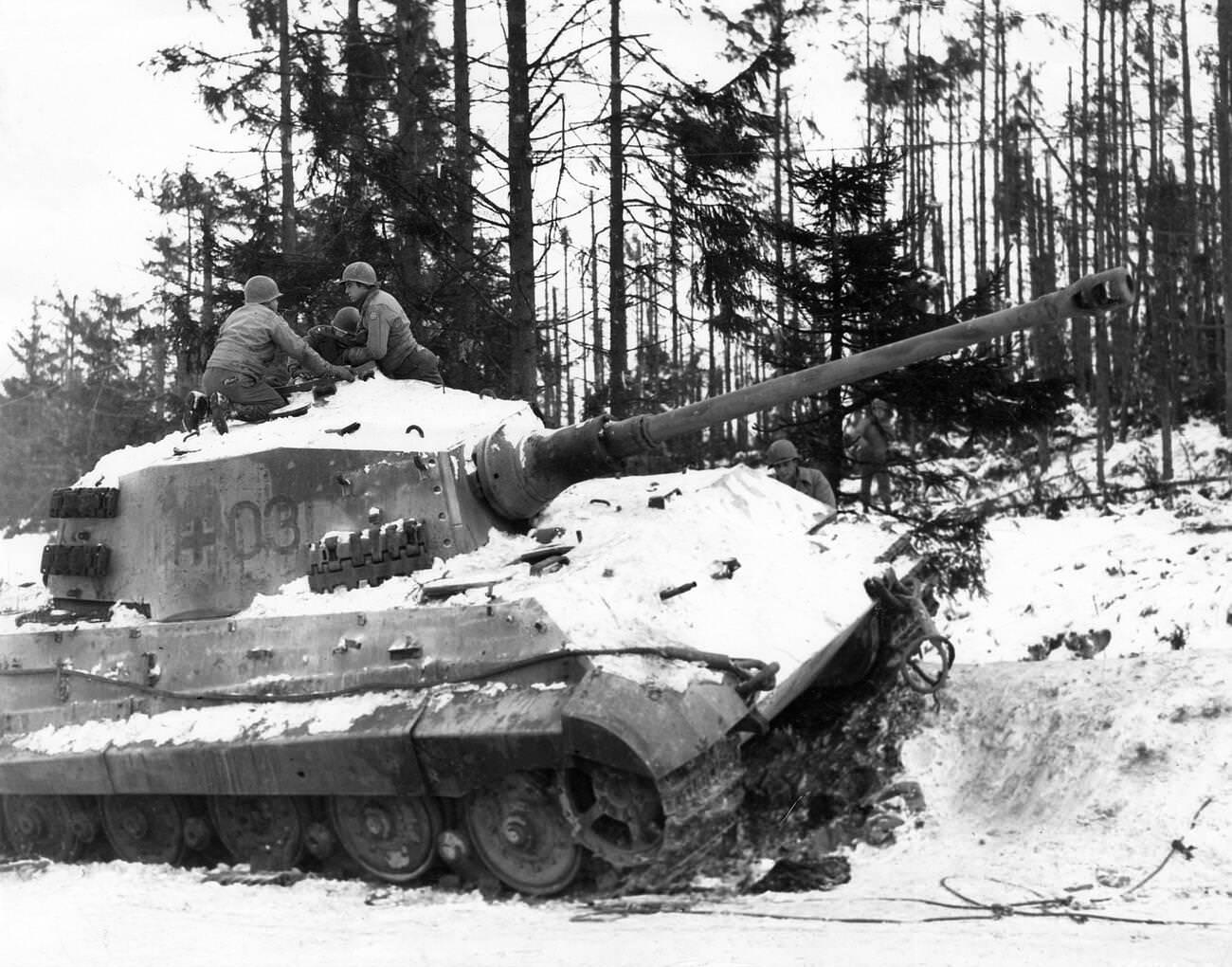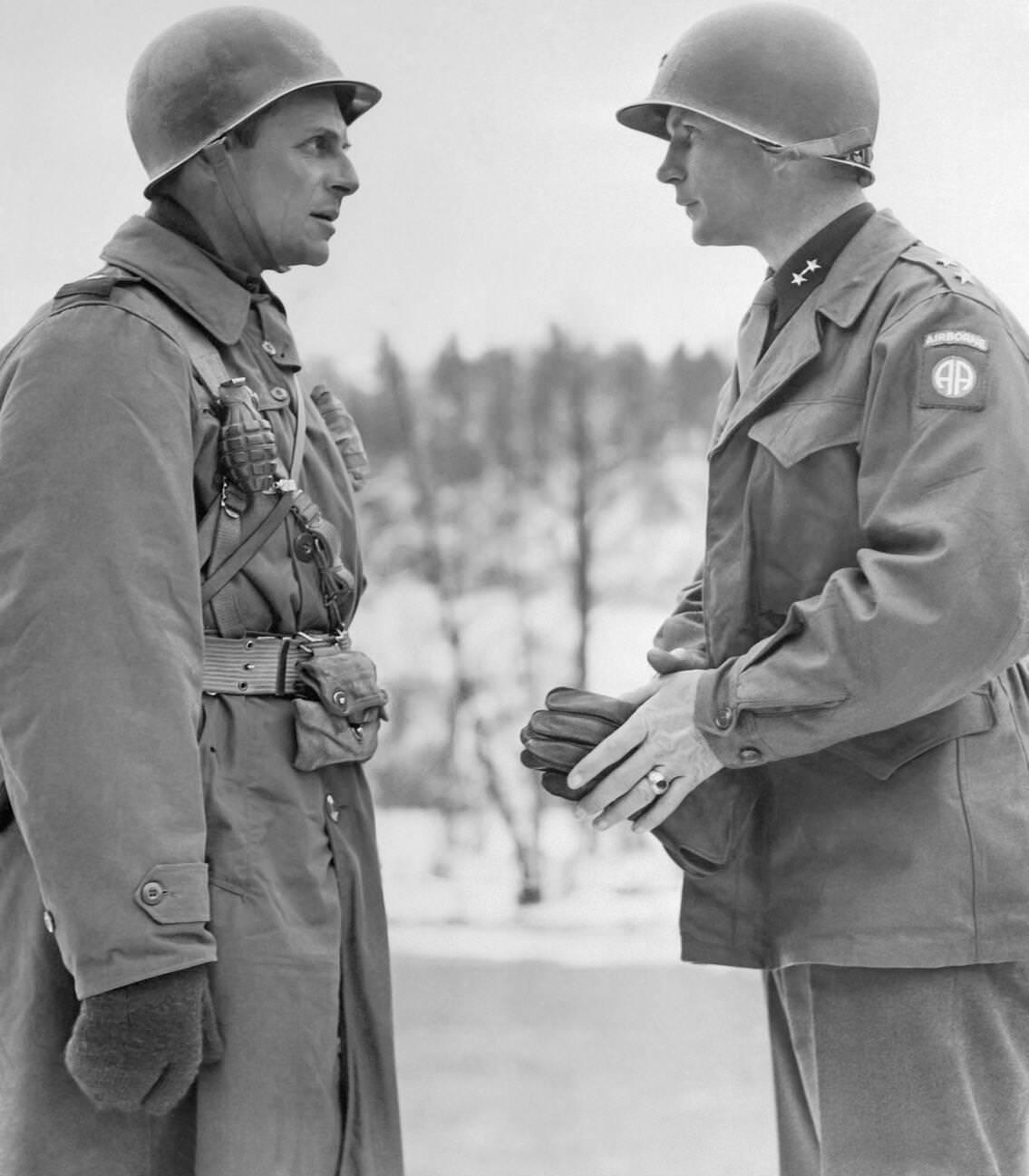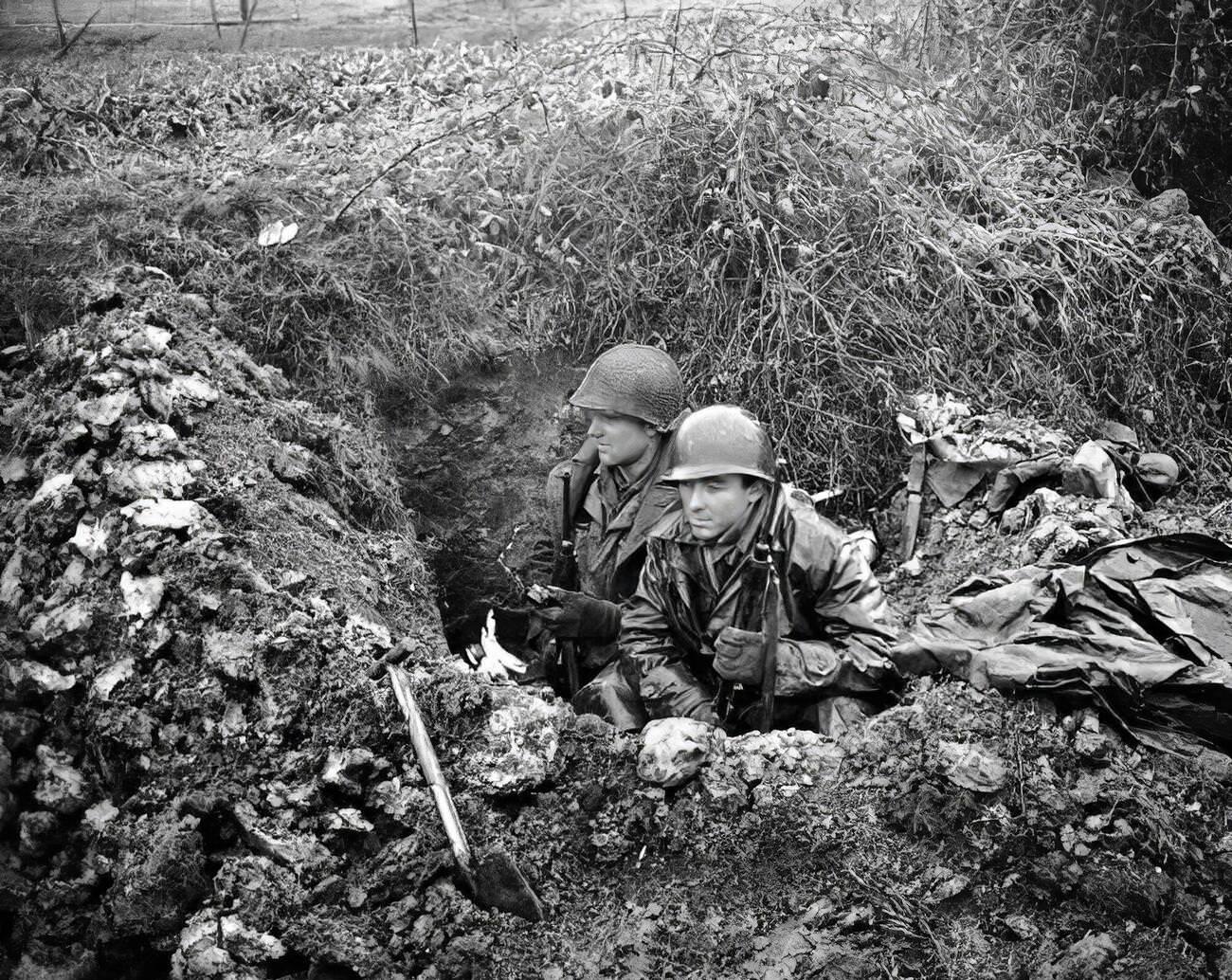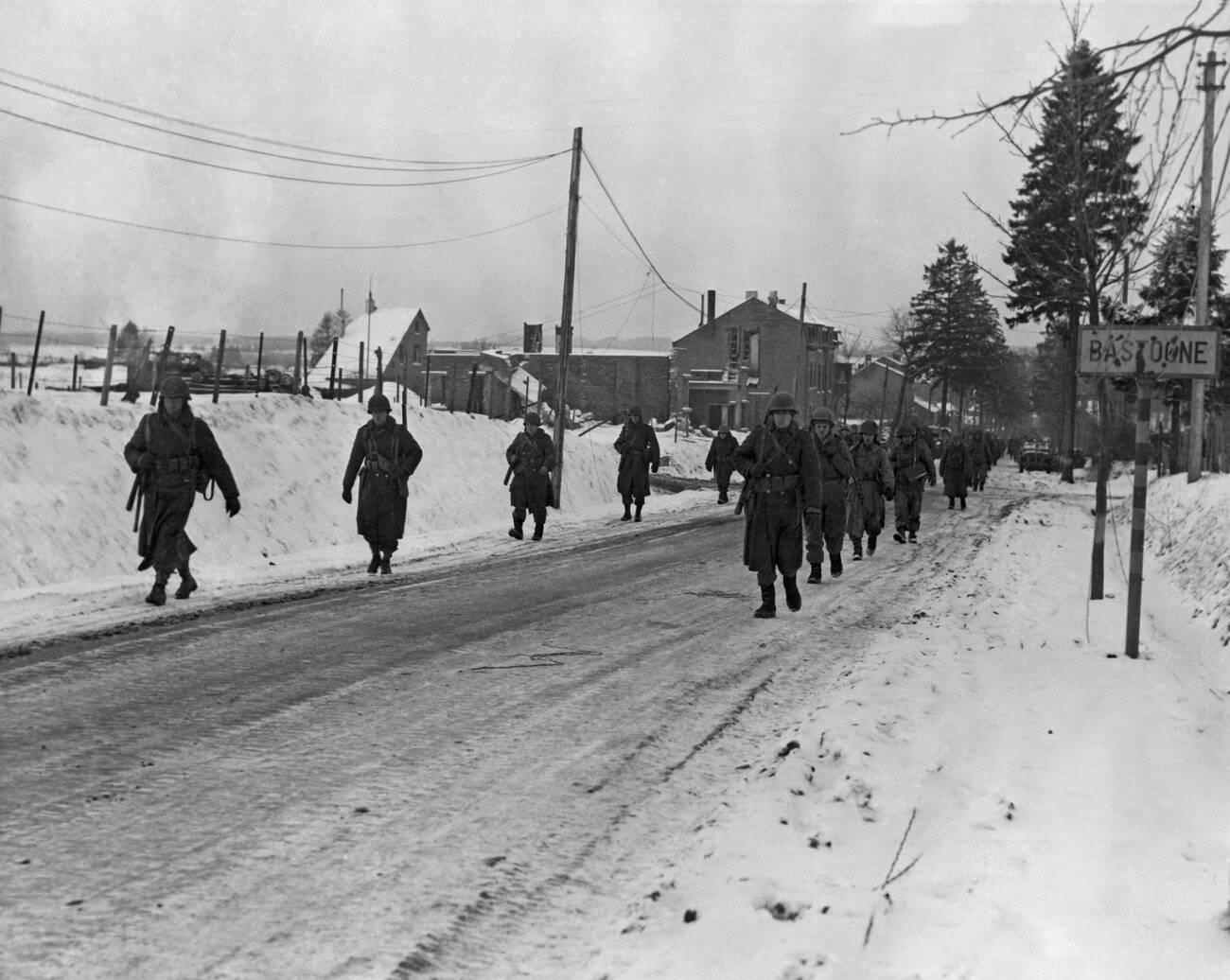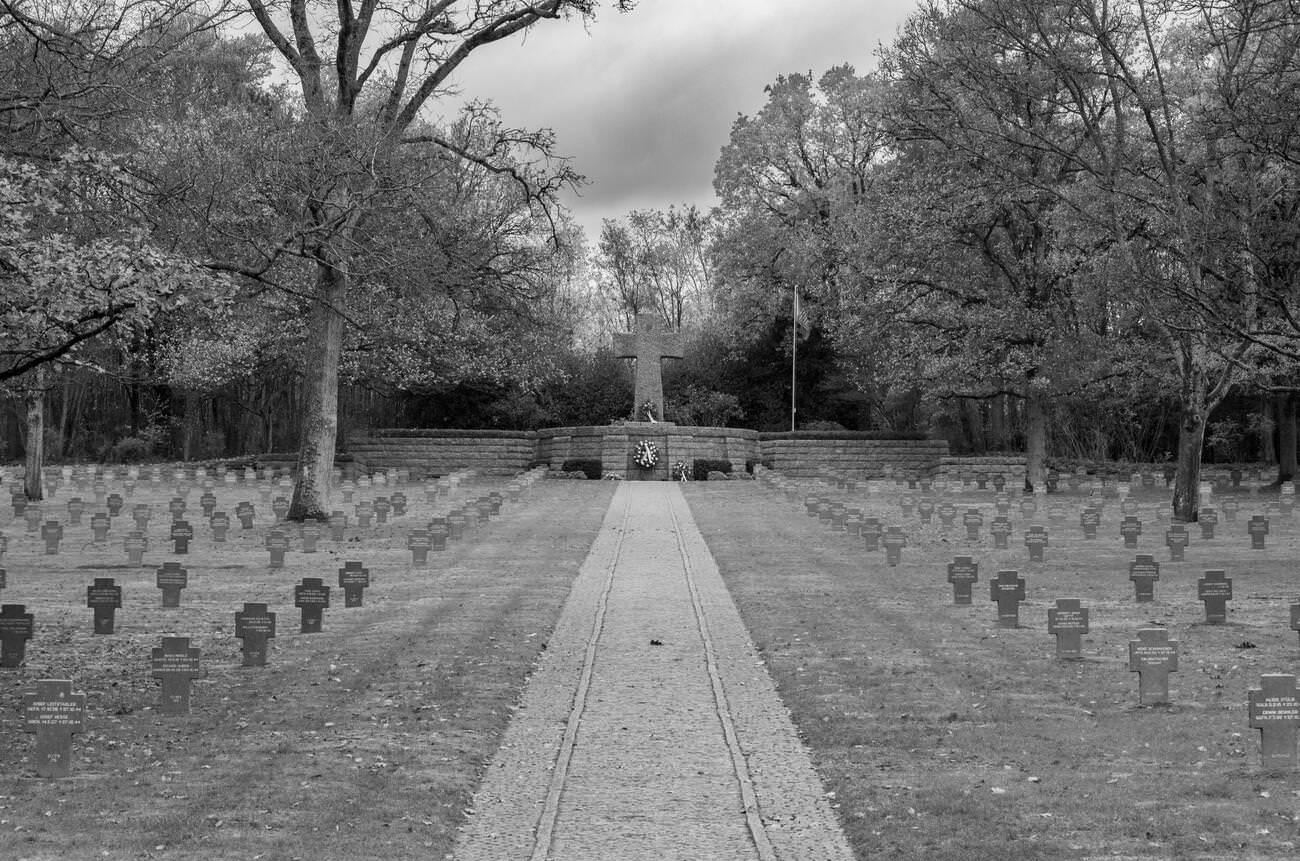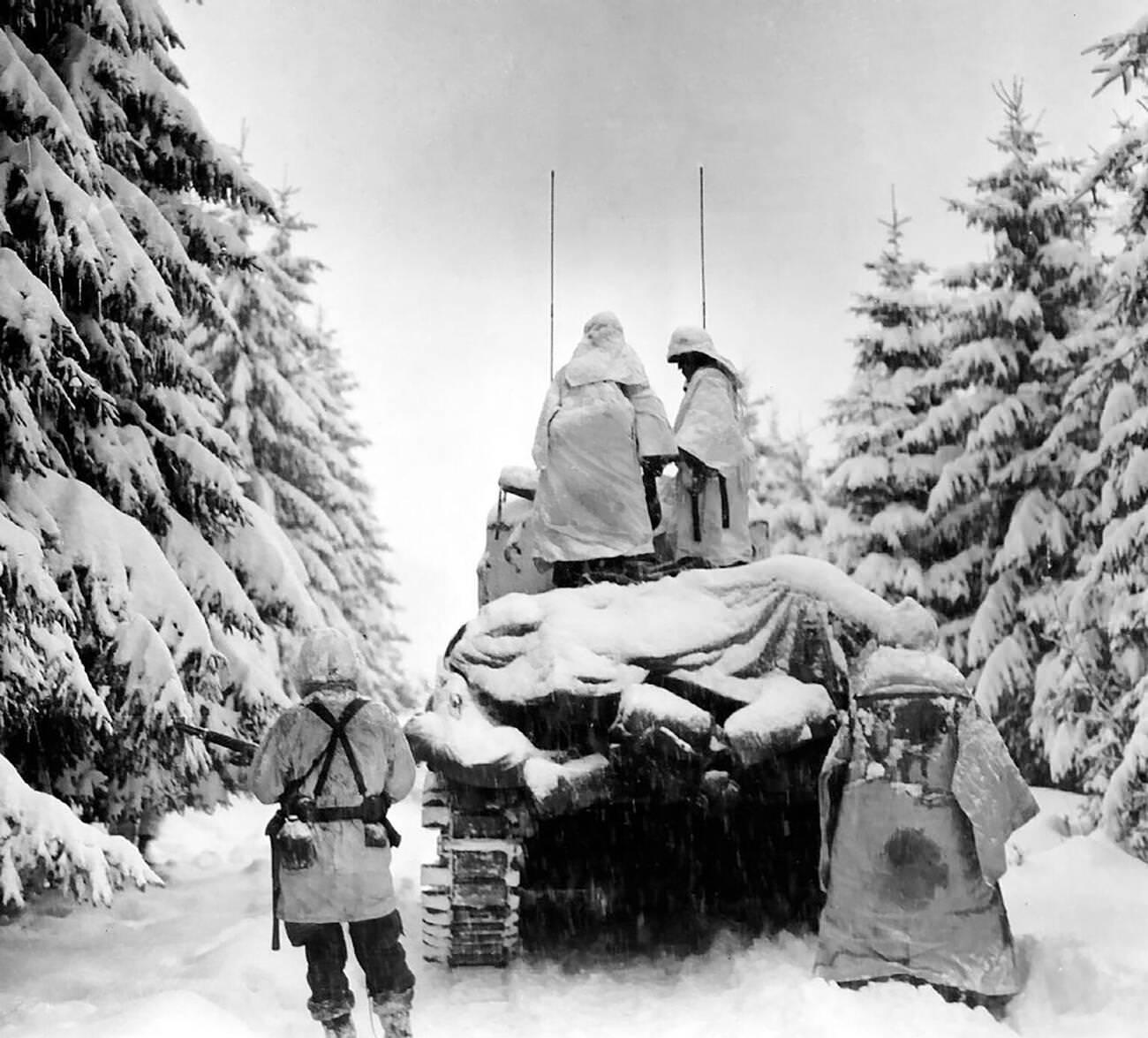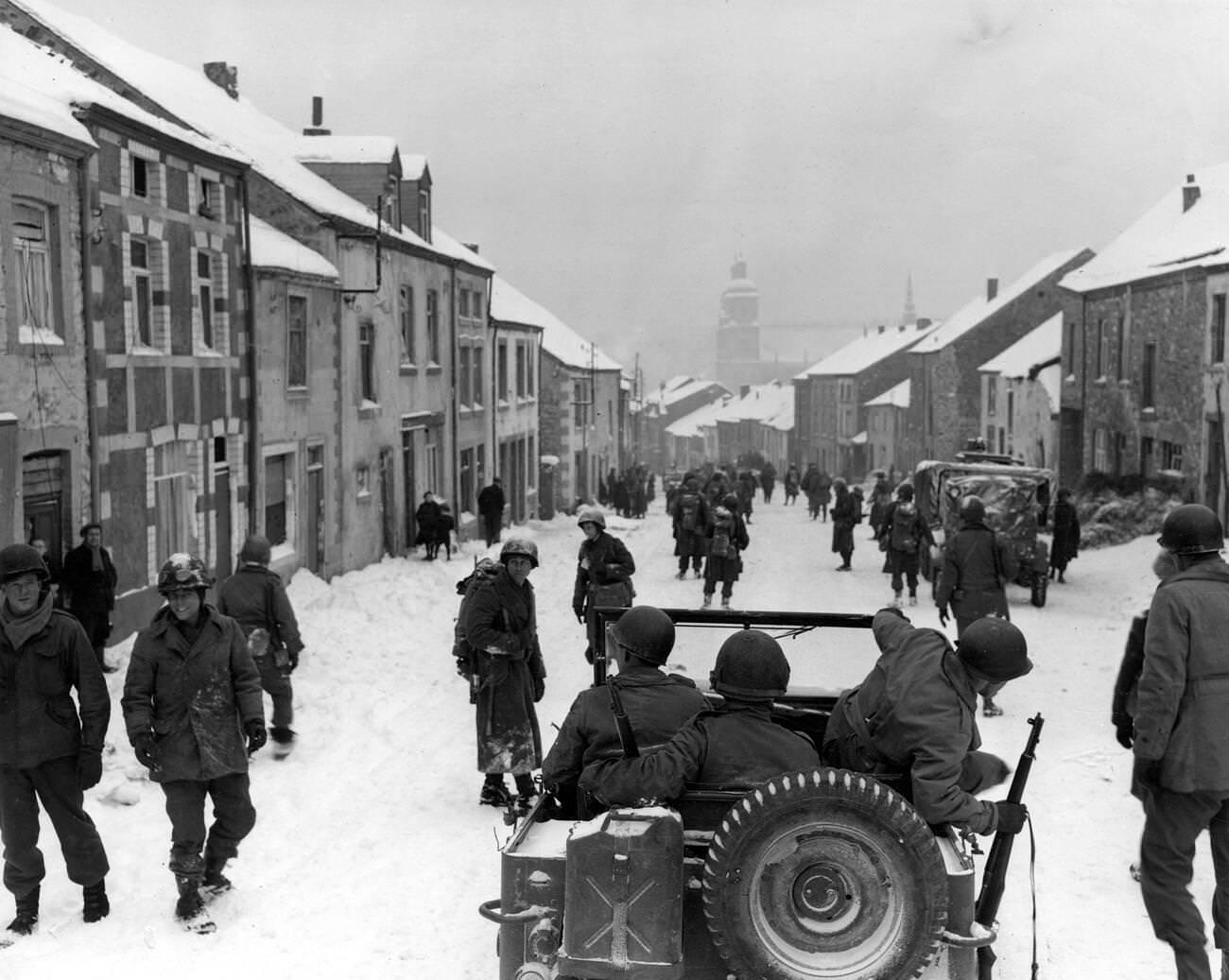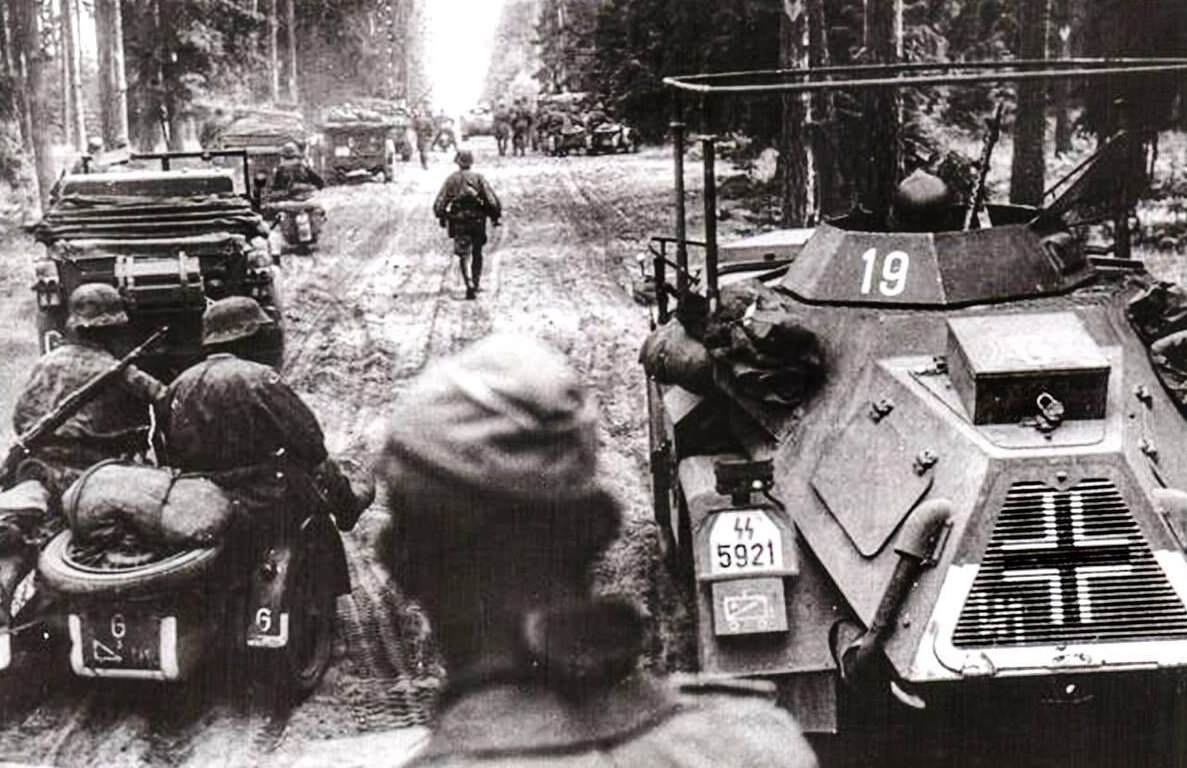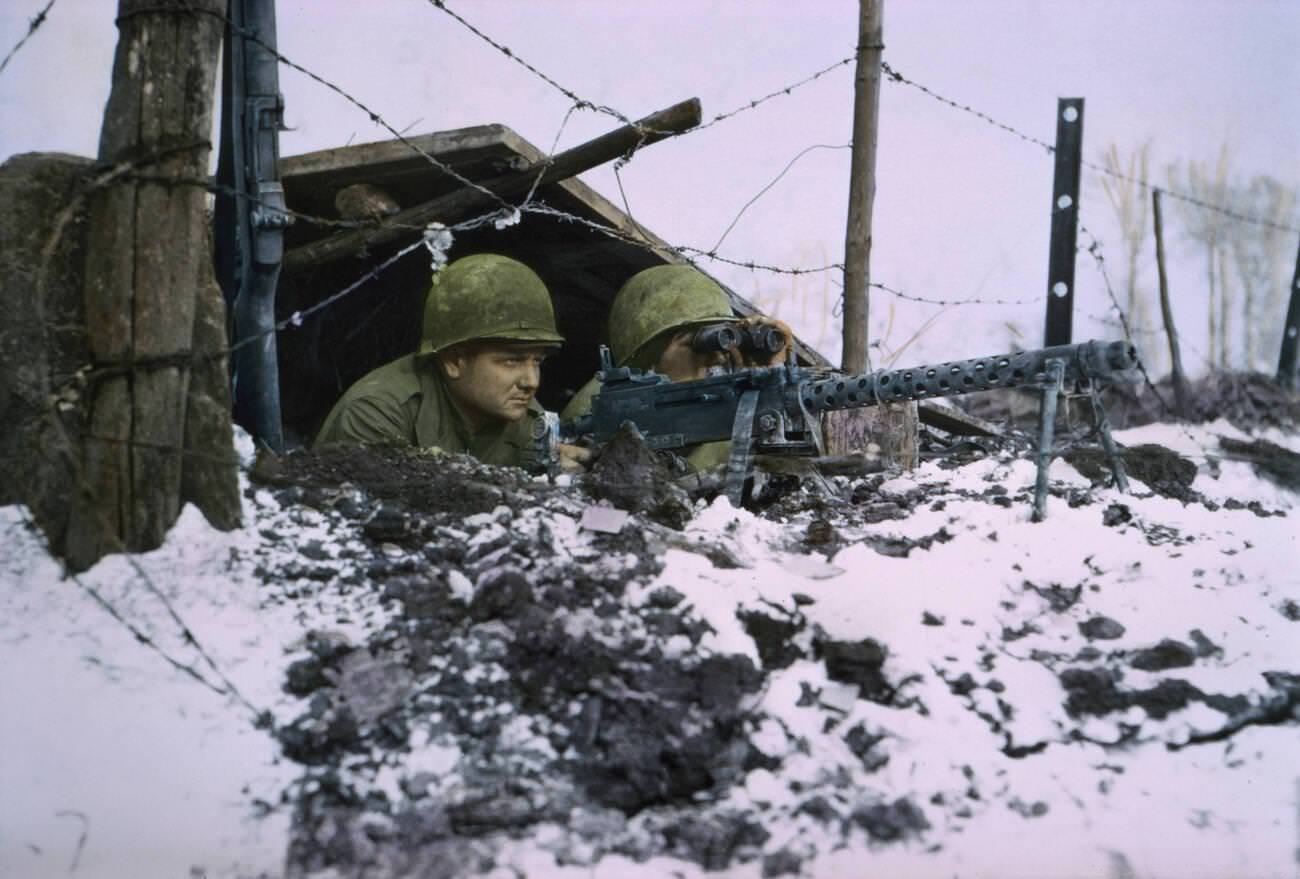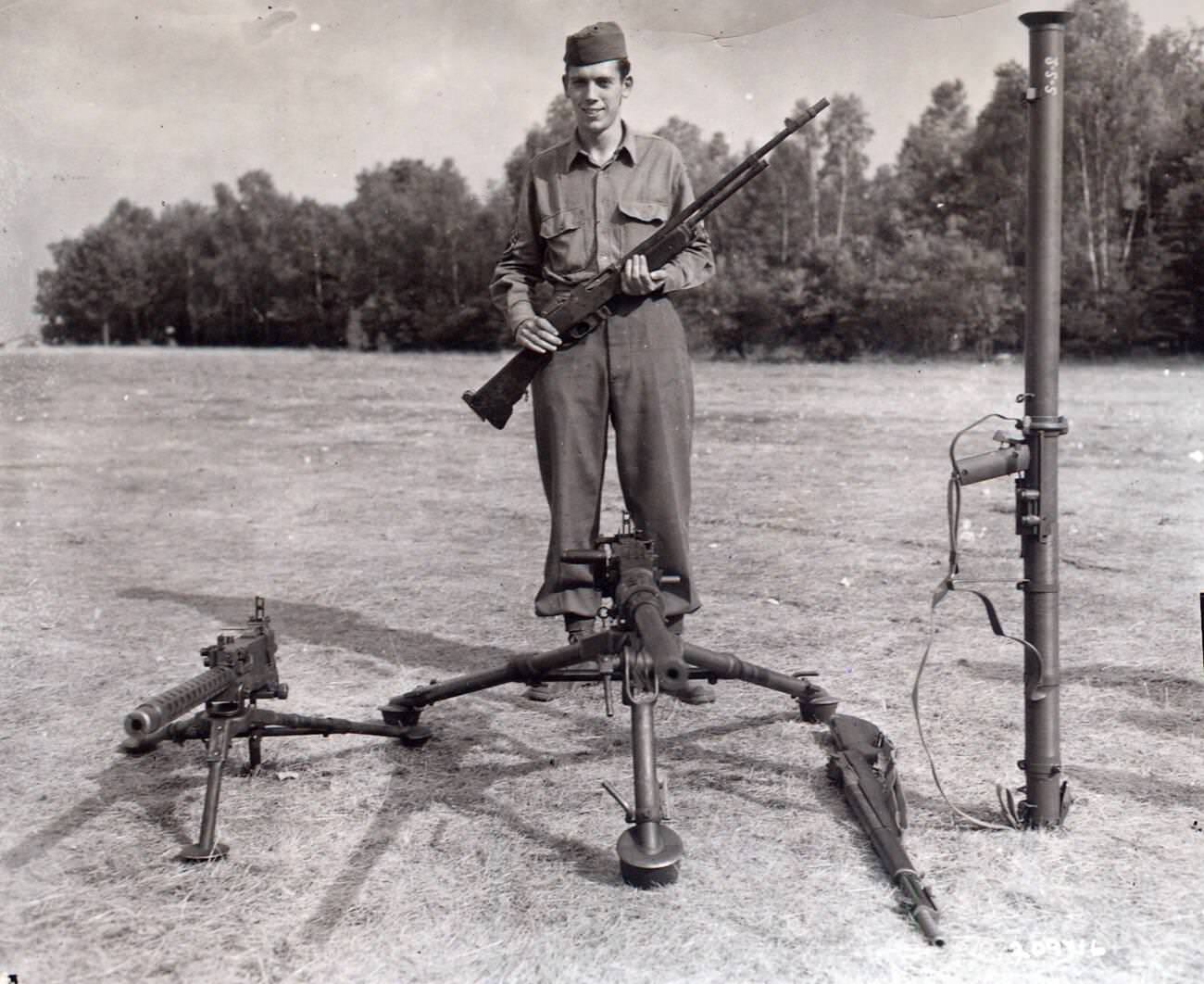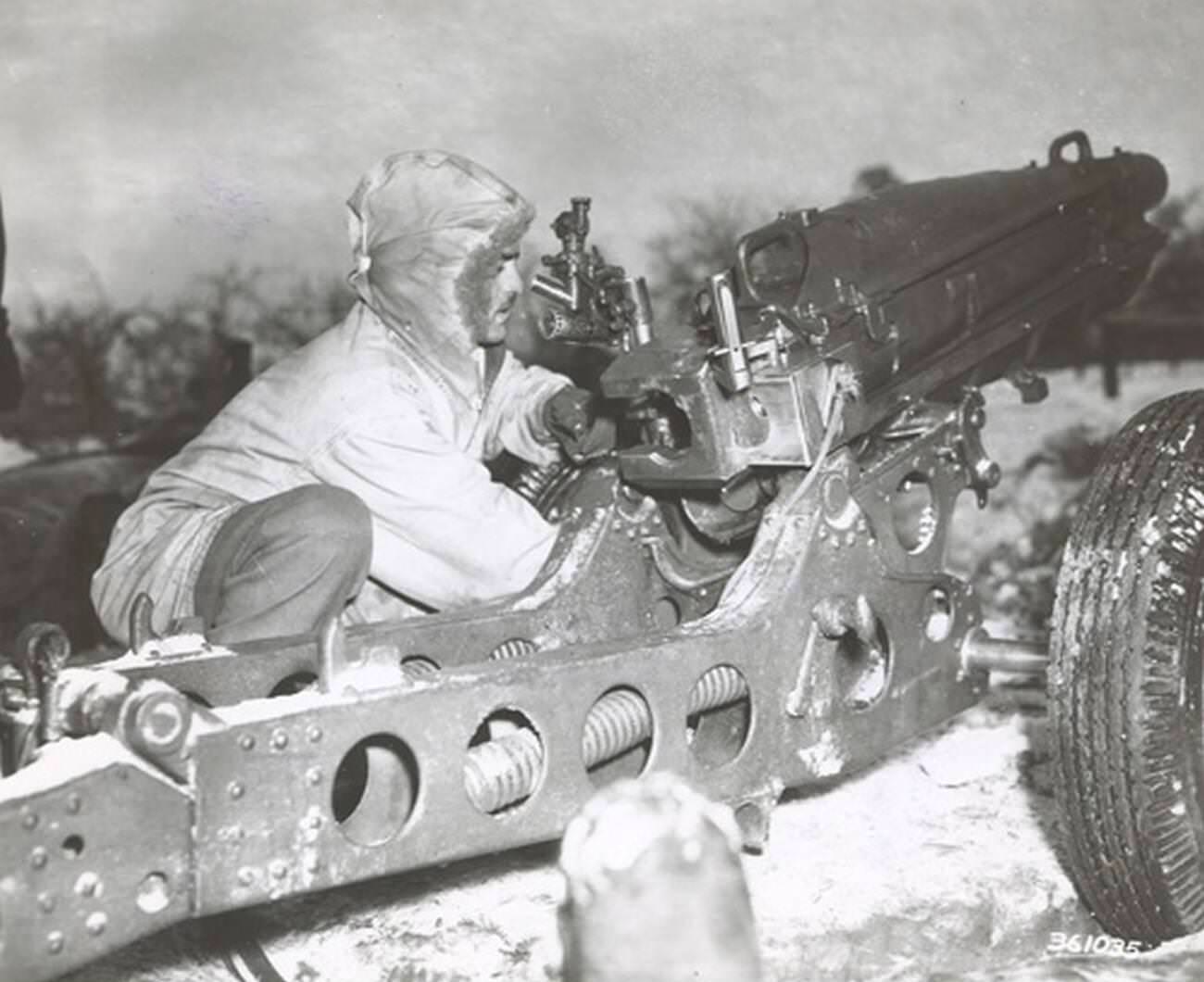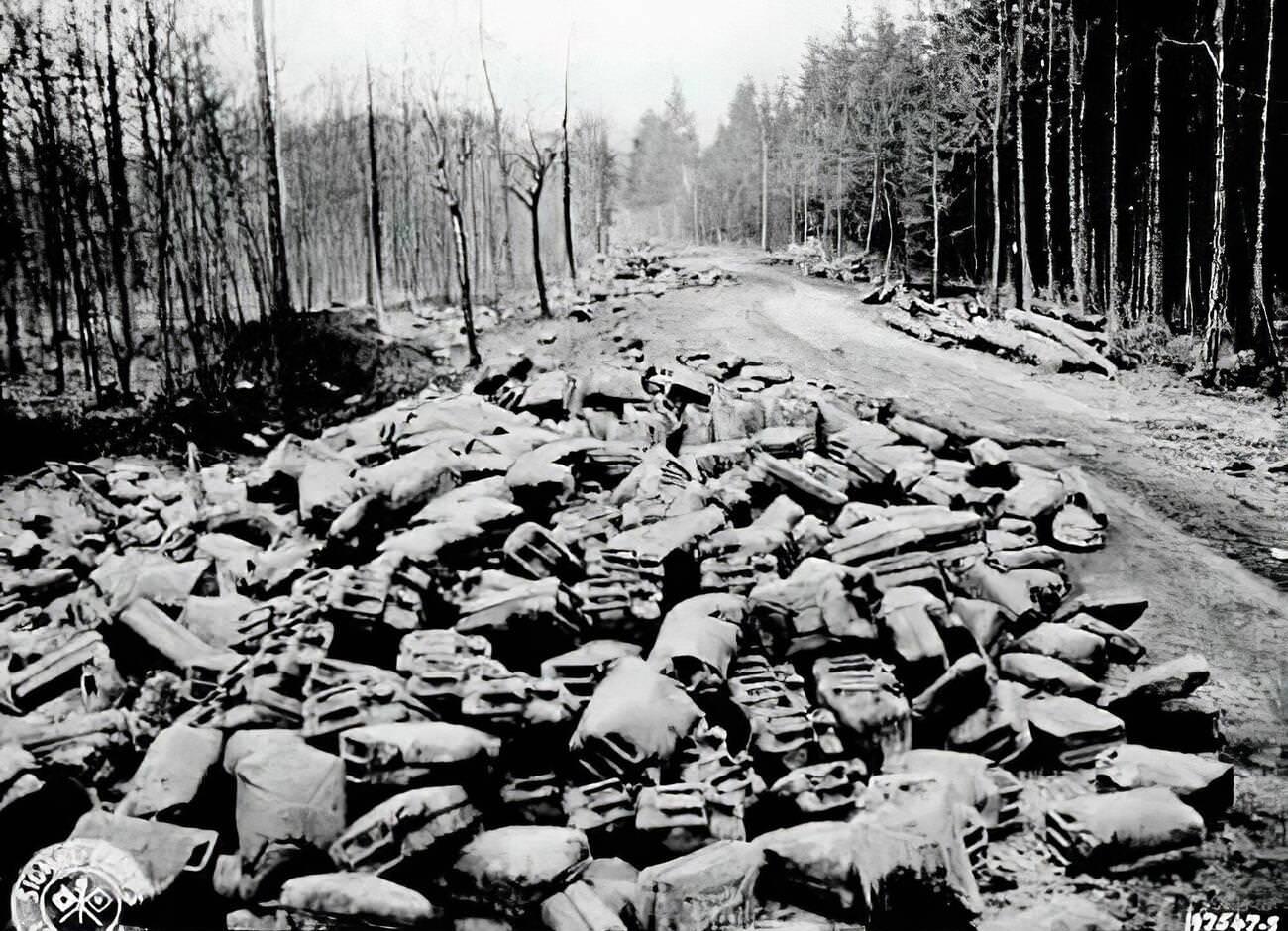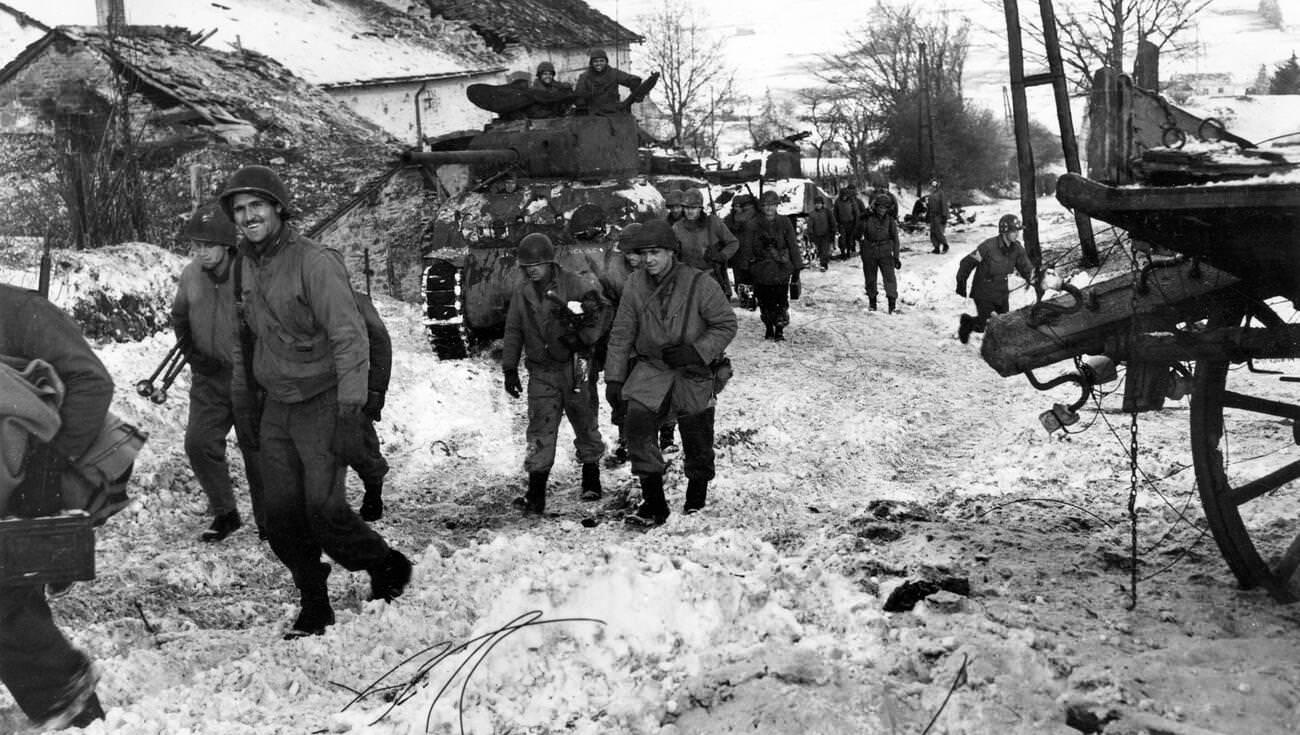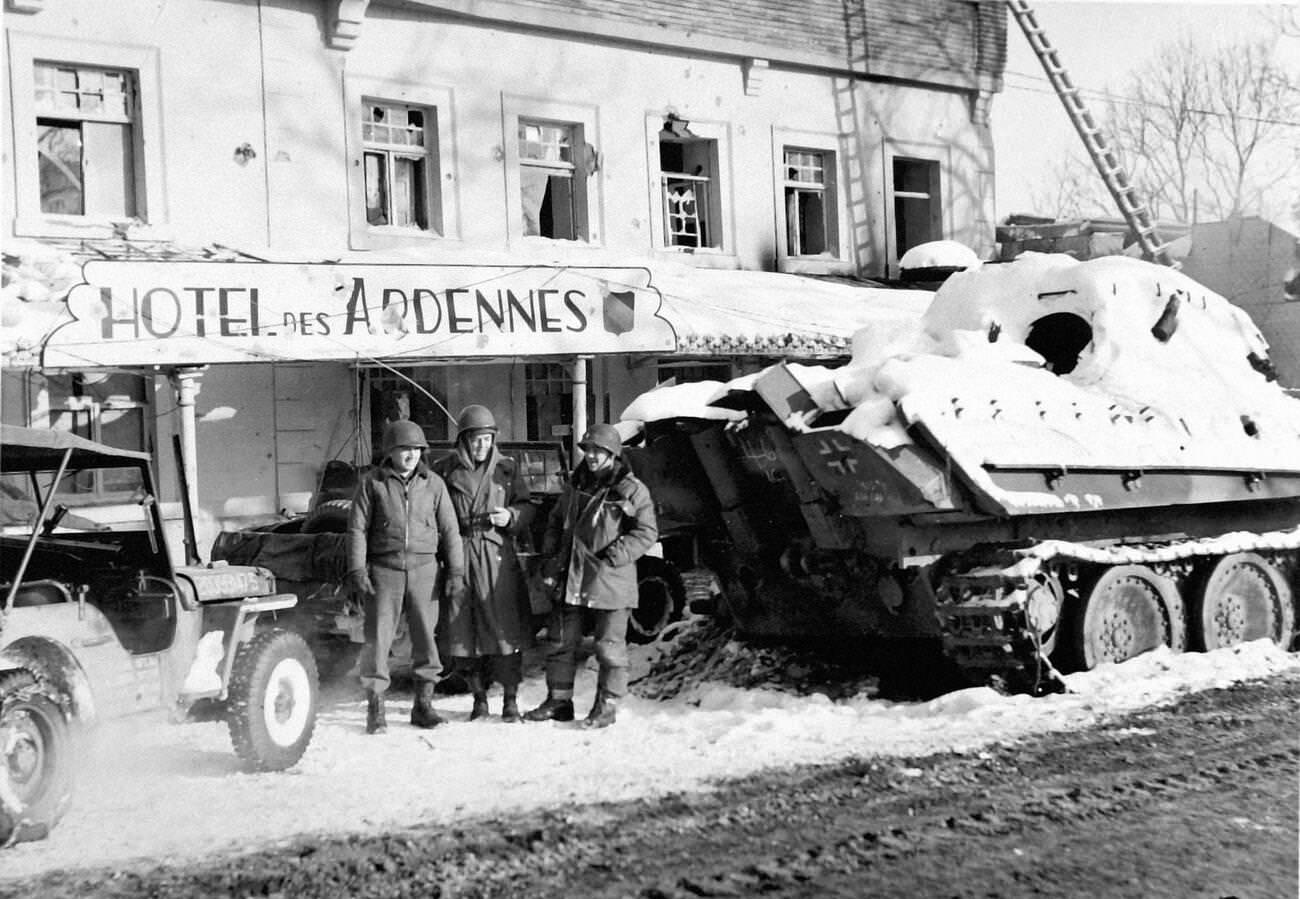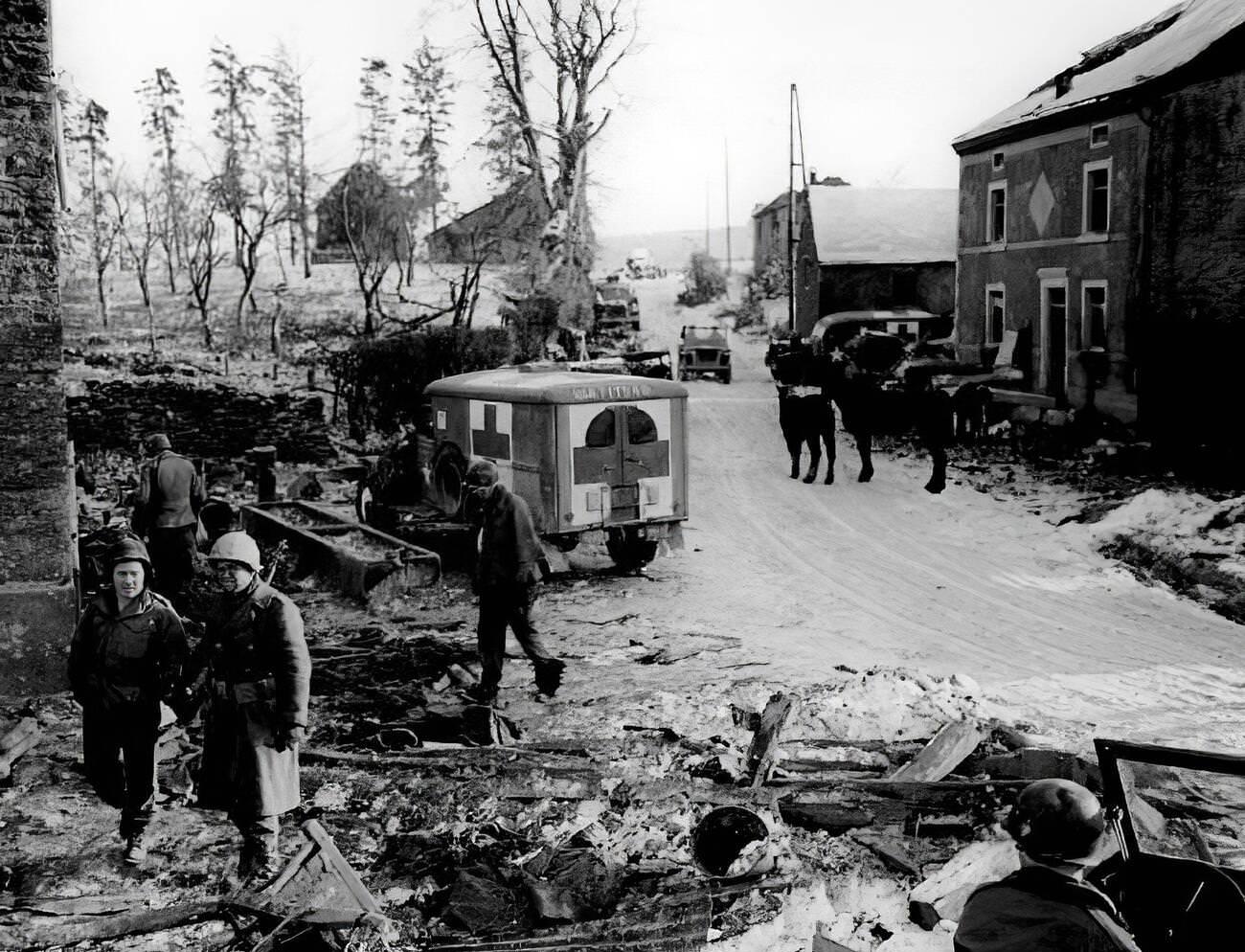The Battle of the Bulge was one of the most significant battles of World War II. It was a major German offensive campaign launched through the densely forested Ardennes region of Wallonia in Belgium, France, and Luxembourg. The battle began on December 16, 1944, and lasted until January 25, 1945. The aim of the German forces was to split the Allied lines, allowing them to encircle and destroy four Allied armies and capture the vital Belgian port city of Antwerp.
The Beginning of the Battle
The German forces planned the offensive in great secrecy. They used the cover of the thick Ardennes forest and poor weather conditions, which grounded the Allies’ superior air forces, to launch a surprise attack. The Germans amassed a force of about 250
The Battle of the Bulge was one of the most significant and intense battles of World War II. It was a major German offensive that took place through the dense Ardennes forest in Belgium, France, and Luxembourg. This battle started on December 16, 1944, and lasted until January 25, 1945. The German forces aimed to split the Allied front line, encircle and destroy four Allied armies, and capture the vital Belgian port of Antwerp.
Read more
The Germans planned their attack with utmost secrecy. They took advantage of the thick forests of the Ardennes and the poor winter weather, which kept the Allies’ superior air forces grounded. The German attack force comprised about 250,000 soldiers, nearly 1,000 tanks and assault guns, and significant artillery support. The offensive was code-named “Operation Watch on the Rhine.”
In the early hours of December 16, 1944, the Germans launched their surprise attack. The American forces, who were caught off guard, faced a massive artillery bombardment followed by an infantry assault. The Germans used their Panzer divisions to spearhead the attack, quickly breaking through the thinly defended American lines. The surprise was complete, and the Germans made rapid advances, creating a “bulge” in the Allied front lines, hence the name Battle of the Bulge.
The Allies’ Response
Despite the initial German success, the Allies quickly regrouped. General Dwight D. Eisenhower, the Supreme Commander of the Allied Expeditionary Force, directed reinforcements to the area. The weather, which had initially favored the Germans, began to clear, allowing the Allies to bring their air power into play. The Allied air forces targeted German supply lines and armored units, slowing their advance.
One of the most critical points in the battle was the defense of the town of Bastogne. The 101st Airborne Division, along with other units, was surrounded by German forces. The American troops, led by Brigadier General Anthony McAuliffe, held out despite being vastly outnumbered and facing severe shortages of food, ammunition, and medical supplies. When the German commander demanded their surrender, McAuliffe famously replied, “Nuts!” The siege of Bastogne became a symbol of American determination and resilience.
The Allies launched counteroffensives from both the north and the south of the German salient. General George S. Patton’s Third Army made a rapid advance to relieve the besieged town of Bastogne on December 26, 1944. Patton’s bold maneuvering and the fierce resistance put up by the American forces gradually halted the German advance.
As the weather continued to improve, the Allies’ air superiority became decisive. Allied bombers and fighter planes relentlessly attacked German supply lines, troops, and armor. The logistical difficulties faced by the Germans, coupled with the fierce Allied resistance, caused the German advance to stall by the end of December 1944.
The Cost of Battle
The Battle of the Bulge was the largest and bloodiest battle fought by the United States during World War II. American forces suffered approximately 19,000 killed, 47,500 wounded, and 23,000 missing or captured. The German forces also faced heavy losses, with estimates of 15,000 to 20,000 killed, 34,000 wounded, and 30,000 captured.
The harsh winter conditions added to the suffering of the troops on both sides. Soldiers endured freezing temperatures, deep snow, and icy winds, which made movement and supply efforts incredibly difficult. The dense forests of the Ardennes further complicated the battle, with many soldiers suffering from frostbite and other cold-related injuries.
The Aftermath
By January 25, 1945, the Allies had effectively pushed the Germans back to their original positions before the start of the offensive. The failure of the Battle of the Bulge marked the last major German offensive on the Western Front. The Germans had hoped to negotiate a favorable peace treaty by splitting the Allied forces, but their defeat in the Ardennes severely weakened their ability to continue fighting. The loss of men, tanks, and other resources was a blow from which the German army could not recover.
The Battle of the Bulge highlighted the importance of intelligence and the element of surprise in military operations. The Germans had managed to achieve surprise despite the Allies’ overall strategic advantage. However, the battle also demonstrated the resilience and adaptability of the Allied forces, who quickly regrouped and launched effective countermeasures despite the initial setbacks.
The battle underscored the importance of air superiority in modern warfare. Once the weather cleared, the Allies’ ability to dominate the skies and disrupt German supply lines and troop movements was crucial in turning the tide of the battle. The effective use of combined arms operations, integrating infantry, armor, artillery, and air support, proved decisive in defeating the German offensive.
The Battle of the Bulge is replete with stories of individual heroism and sacrifice. Soldiers on both sides displayed remarkable courage in the face of daunting odds. The defense of Bastogne by the 101st Airborne Division and the actions of individual soldiers, such as Medal of Honor recipients Lieutenant Colonel James M. Gavin and Technical Sergeant Leonard A. Funk Jr., became legendary.


